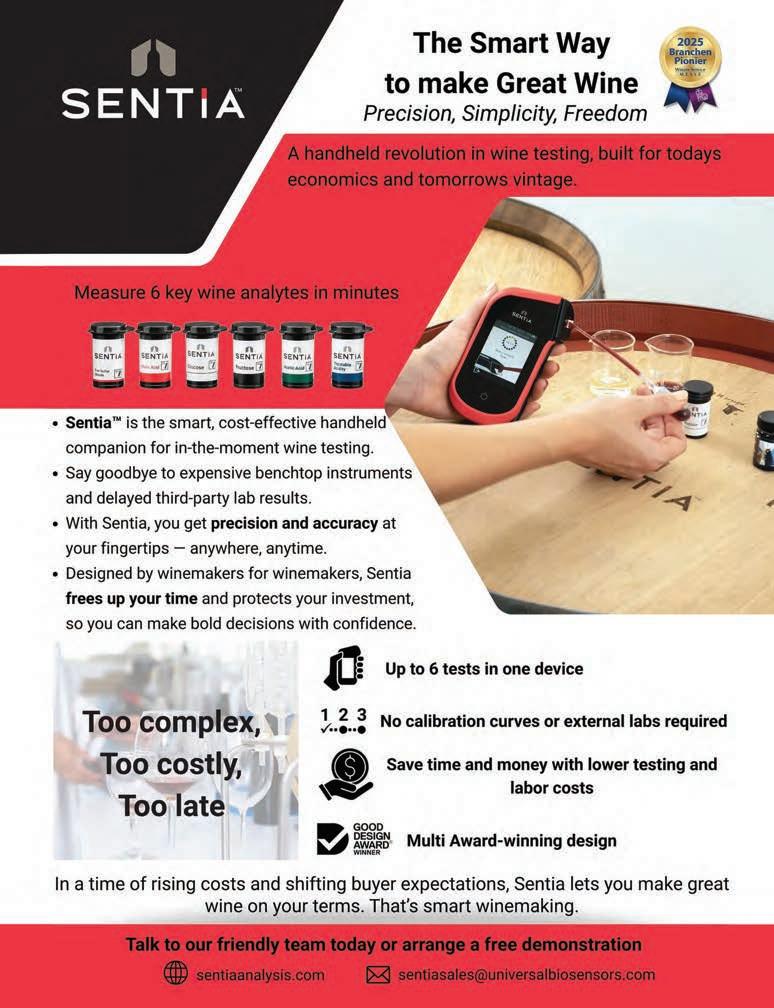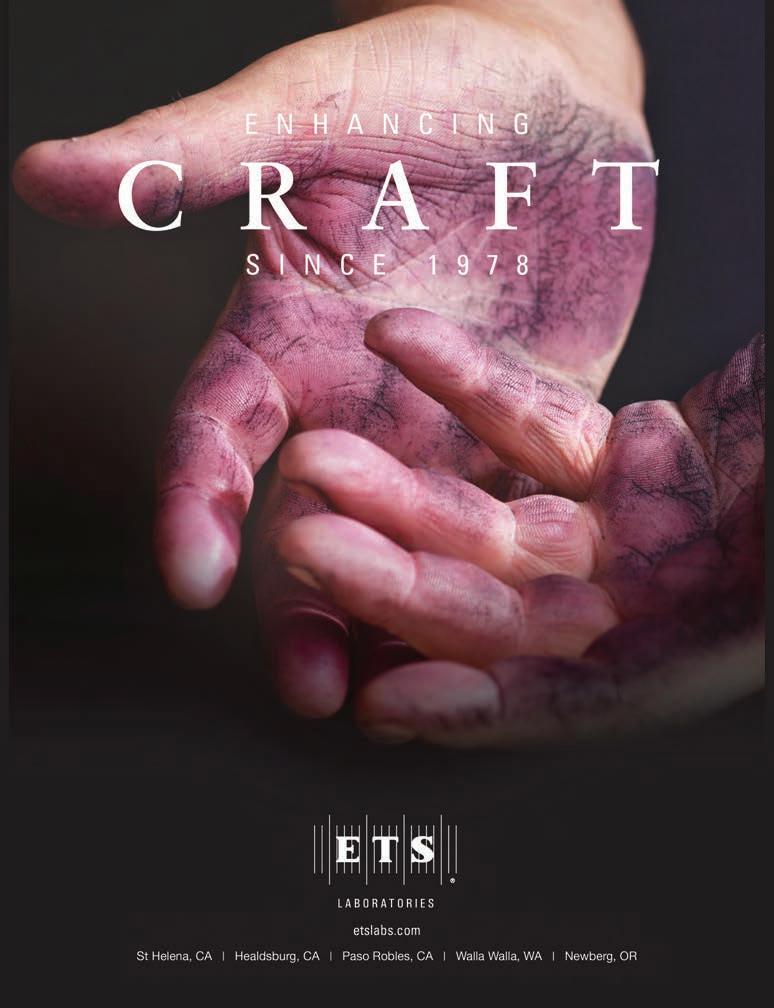

THE VINEYARD ISSUE
Growers Report Prices, Changing Consumer Preferences as Top Concerns
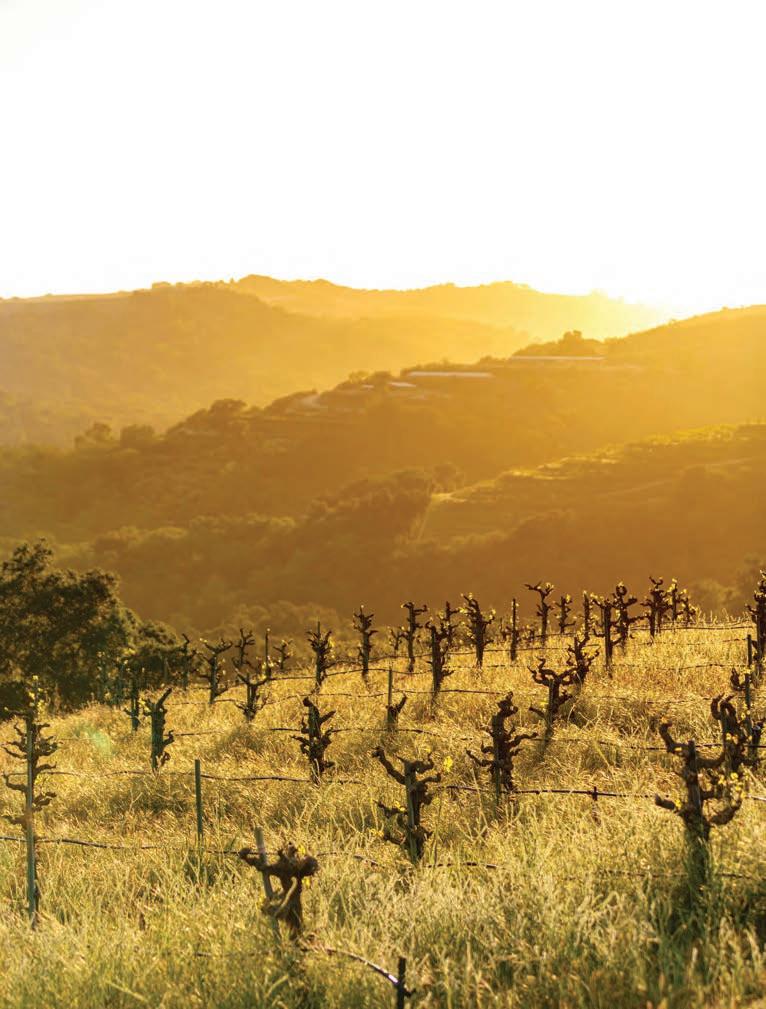
Plus:
Latest in Automation, New Products from Unified Checklist: Start Preparing for Bottling Now Bankers Discuss Lending Landscape

STELLA COLLECTION
THE
STARS OF AN INVENTIVE AND SUSTAINABLE DESIGN
Agile and in tune with the times, Stella brings a light rotation into the Saverglass collections ! This range bears witness to new uses and innovative processes that enable us to explore disruptive designs while boasting optimized weights from 499 to 528 grams. The bottles in the Stella collection thus experiment with new creative territories, revealing revisited silhouettes that are incredibly durable and still formidably distinctive.
Saverglass, Inc. | www.saverglass.com 22950 Cordelia Road, Fairfield (CA) 94534
West Coast: (707) 259-2930 | East Coast: (859) 308-7130 Pacific Northwest: (707) 259-2930 | Mid West (KY): (859) 308-7130

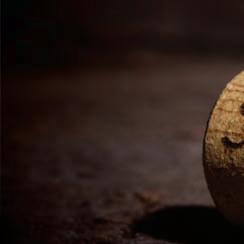


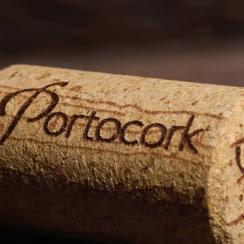
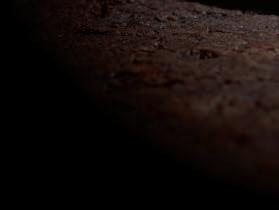


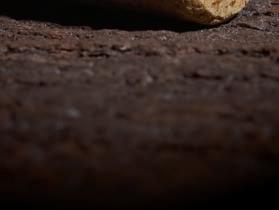
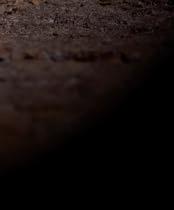
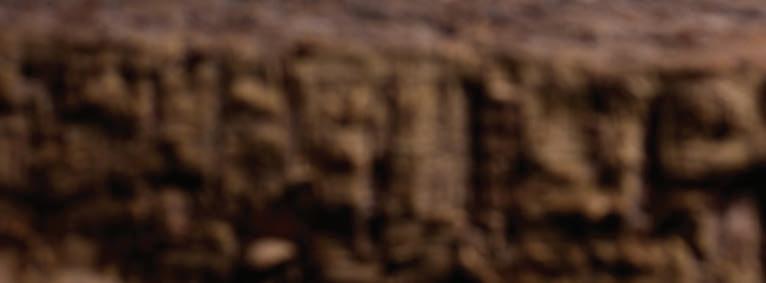
Innovation and Resilience
At the risk of stating the obvious, it is a challenging time for grape growers. We know that California crushed the fewest number of grapes in 20 years, that wineries are not renewing contracts.
Our annual vineyard survey, detailed in this issue, indicated grape growers across the U.S. had to sell nearly half of their 2024 crop for prices that were lower than the average prices paid the prior year. While the impact varied regionally, the message was clear: the industry is going through a period of transition. We also delve into the complexities of obtaining and maintaining vineyard financing in this environment, echoing the sentiment of one grower who wisely notes that "cooperation, understanding and flexibility are going to win the day."
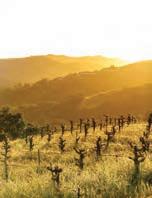
Amidst these challenges, we also found inspiring examples of proactive adaptation. A winery group from the Paso Robles area, The CAB Collective, is challenging its members to take one block from their vineyards and grow it regeneratively. By encouraging members to implement regenerative practices on a single vineyard block, they are fostering a culture of experimentation and learning, allowing growers to assess the environmental and financial impacts of sustainable methods before broader adoption.
Finally, our experience at the Unified Wine and Grape Symposium in January offered a valuable pulse check on the industry's overall health. In addition to state-of-the-industry-focused sessions, checking in with the suppliers at the show is always informative. This year the feedback from suppliers was mixed yet, we’re still seeing impressive innovations in vineyard supplies.
These include robotic drone sprayers that fly over the vineyard autonomously; a yeast cell counting system that gives you the status of your fermentation; and battery-operated pruning shears for the vineyard that last all day with new safety features. This issue includes first looks at these and several other innovations from Unified.
We also look at innovation on the bottling line. Bottling day anxiety is real, but a bit of preparation will go a long way. Little details make a difference and there are new products for measuring dissolved oxygen and CO2 to consider.
This May issue is a testament to the dynamic nature of the wine industry. It highlights both the challenges we face, and the ingenuity being applied to navigate them.
- Cyril Penn, editor
Editor Cyril Penn
Managing Editor Erin Kirschenmann
Assistant Editor Katherine Martine
PWV Editor Don Neel
Eastern Editor Linda Jones McKee
Copy Editor Paula Whiteside
Contributors Bryan Avila, Marc Fuchs, Victoria J. Hoyle, Kerana Todorov
Design & Production Sharon Harvey
Editor, Wine Analytics Report Andrew Adams
Staff Writer Sarah Brown
Events Director Danielle Robb
Web Developers Burke Pedersen, Peter Scarborough
Marketing Specialist Katie Hannan
President & Publisher Eric Jorgensen
Associate Publisher & Vice President of Sales Tamara Leon
Chief Commercial Officer Dave Bellon
ADVERTISING
Account Executives Laura Lemos, Ashley Powell, Bonnie Magid
Account Support Representative Aidan O’Mara
ADMINISTRATION
Vice President – Data Management Lynne Skinner
Project Manager, Circulation Liesl Stevenson
Financial Controller Katie Kohfeld
Data Group Program Manager Rachel Cunningham
Data Group Account Manager Wesley Elliott
Research Assistant Sara Jennings
Public Relations Mary Jorgensen
Office Manager/Customer Support Maggie Cline
Chairman Hugh Tietjen
Publishing Consultant Ken Koppel
For editorial or advertising inquiries, call 707-940-3920 or email info@winebusiness.com
Copyright 2025 Wine Communications Group, Inc. Short passages can be quoted without permission but only if the information is attributed to WineBusiness Monthly
WineBusiness Monthly is distributed through an audited circulation. Those interested in subscribing for $39/year, or $58 for 2 years, call 800-895-9463 or subscribe online at subs.winebusiness.com. You may also fill out the card in this magazine and send it in.
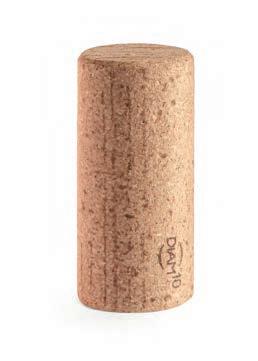
Diam, the new tradition.
For 20 years, our unique and unparalleled technology has revolutionized the consistent bottle aging of both still and sparkling wine. We are the first and remain the only authentic guardian of aromas, and we are proud to work together with winemakers to build this new standard every day.
Find out how at: www.diam-cork.com





® Things are changing, and fast. The old ways of doing things aren’t always the best ways anymore. Everyone knows barrel alternatives can save a winemaker big money with considerably less impact on the environment. StaVin barrel alternatives can actually help one to build a better wine, too. Our Barrel Fingerprinting Program utilizes nuanced combinations of oak concentrations, toast levels, micro-oxygenation and blending procedures. Finally offering unheard of mastery over wine.
Mario Mazza
vice president, general manager, Mazza Wines . “Bottling Best Practices: Better To Be Prepared than Idling on the Line,” page 14 “A quality system isn’t perfect; that’s your aspiration. But catching defects that do occur and finding and reducing causes, that is a quality system working.”
Victoria J. Hoyle and Marc Fuchs
researchers, Cornell University “Red Blotch: A Disease that Defies Comparison,” page 44 “At this time, block removal and zonal rogueing are the most appropriate red blotch management responses to limit GRBV spread and maintain fruit quality when disease incidence is low to moderate.”
Caine Thompson
managing director, Robert Hall Winery, head of sustainability, O’Neill Vintners & Distillers “The One Block Challenge for the Regenerative Farming Movement,” page 38 “Growers fear that the transition could be a disaster. We were able to show in both data and wine quality that making the transition to regenerative was a break-even proposition. Most importantly, these vines are more resilient and, given more time, will likely outperform their conventionally farmed counterparts.”
Karissa Kruse
president, Sonoma Winegrowers “Vineyard Survey Details Pain of 2024 Crush,” page 32 “Despite the headlines, in Sonoma County, we remain optimistic as 95% of our vineyards are still family-owned with many multi-generational, that possess decades of experience in successfully managing the ups and downs in farming.”
Tom Hedges
founder/owner, Hedges Family Estate “Could L ightweighting by Channel be More Effective than Making a Blanket Change?,” page 52 “I believe the soon-to-be required nutrition info and ingredients labeling for U.S. wines will produce much more demand for organic wines and a move to lighter bottles; we do it now.”
Ben Maddox
western food agriculture and wine executive, Bank of America “Vineyard Owners Face High Interest Rates, Lack of Grape Contracts,” page 66 “When industries go through a downturn, like wine is currently experiencing, it’s not uncommon for lenders to tighten covenants and terms until improving trends can readily be identified.”
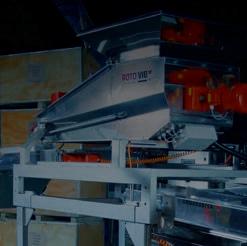
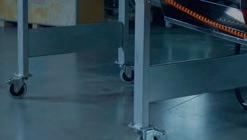
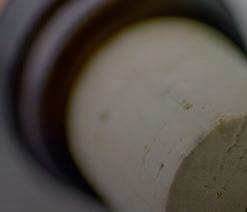


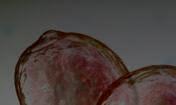
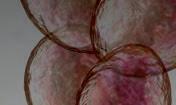
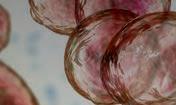
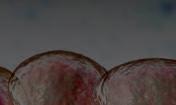
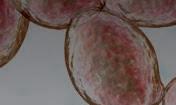
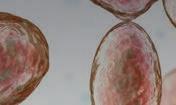


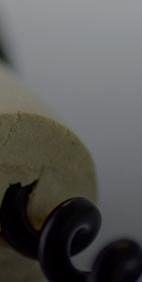
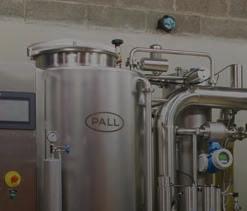


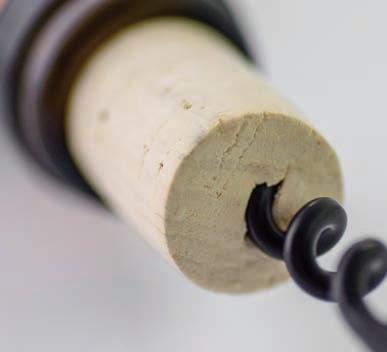
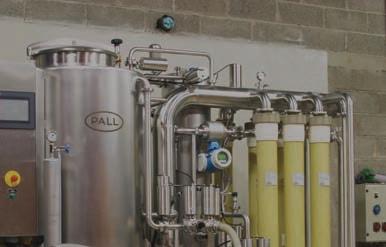

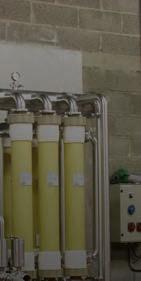






Top Stories from WineBusiness .com – In Case You Missed It
ETS Laboratories and Laboratoires Dubernet Form Strategic Partnership Agreement
France-based Laboratoires Dubernet and ETS Laboratories have announced a strategic partnership agreement in an effort to strengthen both their operational and scientific capabilities. In this new partnership, both laboratories will combine their expertise to accelerate innovation in technological and analytical processes while also focusing on the needs of global and local clients. Their shared goals also include increased support for agro-environmental practices and climate change adaptation.
Ongoing Litigation Between Napa Winery and Neighbors Brings Up Regulatory Questions
The issue of whether wine trade tours and tastings should be regulated has been raised as part of an ongoing lawsuit between a group of neighbors in litigation against Oakville-based Dalla Valle Vineyards. The topic was brought up by Kevin Block, the attorney representing the neighbors’ group, at a Napa County Board of Supervisors meeting in March during the meeting’s public comment period. A lawsuit was initially filed by Dalla Valle in 2022that was focused on a dispute over an easement for a bridge on a private road leading to the winery. A trial was set to begin on April 7 in Napa County Superior Court.



Provi Settles Southern Glazer’s Wine & Spirits Lawsuit
Online alcohol marketplace Provi and Southern Glazer’s Wine & Spirits have settled an antitrust lawsuit. Provi filed a lawsuit against Southern Glazer’s in 2022 in the U.S. District Court for the Northern District of Illinois Eastern Division, alleging that Southern, and Republic National Distributing Co. (RNDC) had unlawfully boycotted its platform. Meanwhile, Provi’s case against RNDC is moving to the discovery phrase and is proceeding. The financial settlement in the Southern Glazer’s case to Provi has not yet been determined.
West Pike Acquires Bin to Bottle
In early April, West Pike, an operator-led company that’s investing in building infrastructure for the wine business, acquired Napa Valley-based Bin to Bottle. With this acquisition, West Pike assumes all existing Bin to Bottle customer contracts. Existing Bin to Bottle staff have also been retained. Bin to Bottle provides custom winemaking, bottling and alternative beverage production for products like distilled spirits, hard seltzers, spritzers, canned wine cocktails, cider and beer. Following the acquisition, West Pike plans to expand its footprint with additional acquisitions and partnerships
Constellation Divests Several Wine Brands to The Wine Group, Retains Higher-Growth, Higher Margin Wine Brands
Constellation Brands, Inc. announced on April 9 that it signed an agreement with The Wine Group to divest its primarily mainstream wine brands, and related vineyards and facilities, from its wine portfolio to The Wine Group. This includes Cook’s, J. Rogét, Meiomi, Robert Mondavi Private Selection, SIMI, and Woodbridge. Constellation’s retained wine portfolio will consist of wines from top regions predominantly priced at $15 and above. WBM






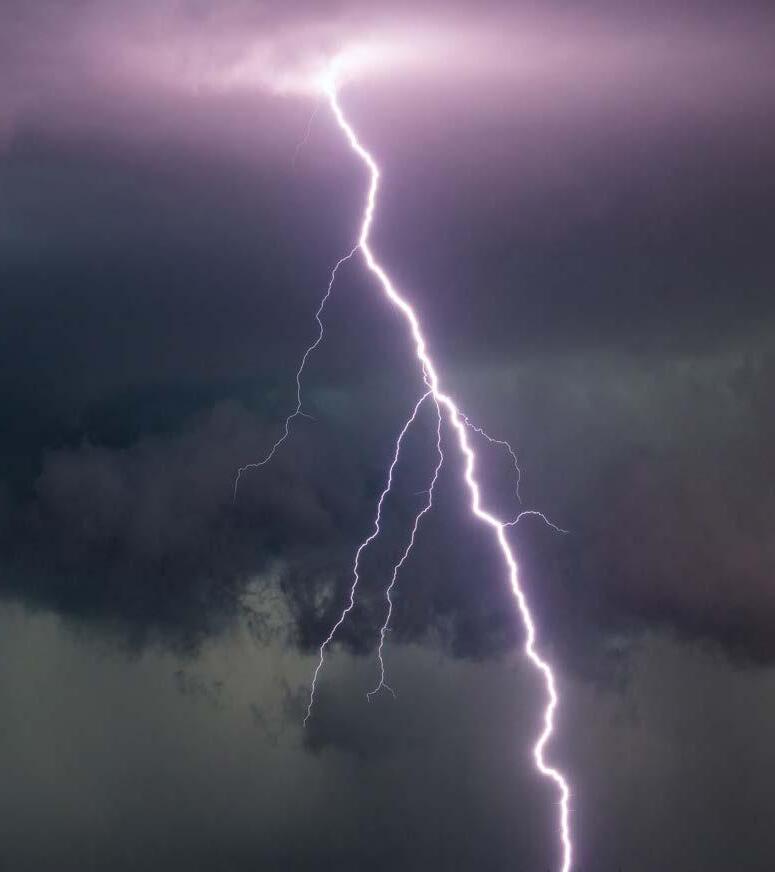
Arthur C. Clarke wrote: “Any sufficiently advanced technology is indistinguishable from magic.” Introducing StaVin Pure, Nature and Express Oak, untoasted and toasted liquid tannins made from three-year seasoned oak. An incredibly simple way to impart refined structure, mid-palate mouthfeel, and an elegantly extended finish to any wine. Achieve the benefits of fermenting on oak without the labor, wine loss, and difficulties. And prepare to reap an astonishing result. Magic? No. Alchemy? Yes.

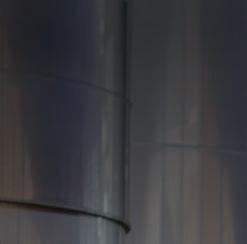
PRECISION CLEANING
THE FOUNDATION OF FINE WINE


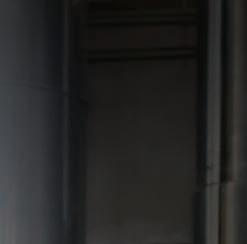
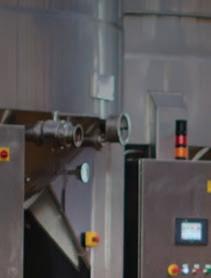
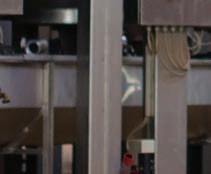

FERMETATION TANKS & VATS
Cloud-Sellers ® 360
Fluid-driven Tank Cleaner
For tanks up to 100 ft. (30 m) in diameter. This fluid-driven high-impact cleaning machine removes even the most stubborn residues efficiently and effectively so tanks can be returned to service quickly.

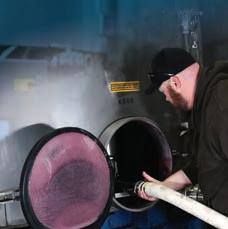
SURFACE CLEANING
CU150A High-impact, Low-pressure GunJet ® Spray Guns
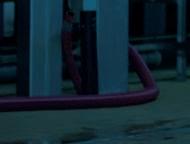



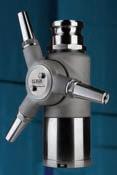

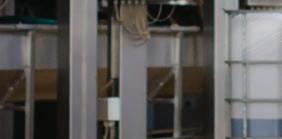


This spray gun offers versatile high-impact, low-pressure performance. The GunJet CU150A features an adjustable spray pattern – from wide angle to solid stream.


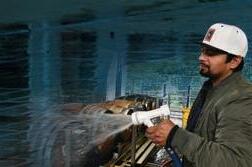







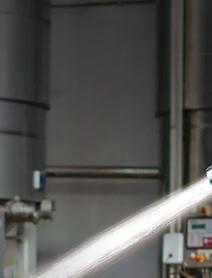
BOTTLE DRYING
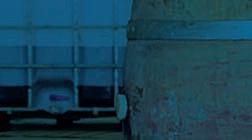
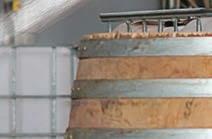
WindJet ® Solutions
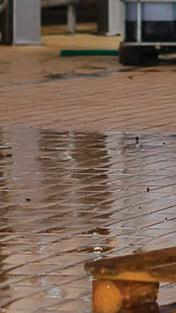
Produce clean, heated air using energy-efficient, low-maintenance, low-noise regenerative blowers instead of compressed air.


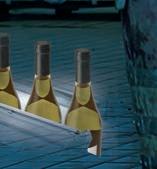

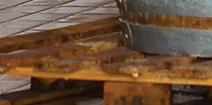




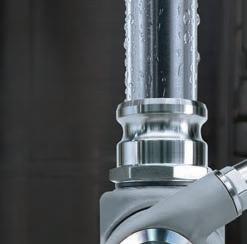
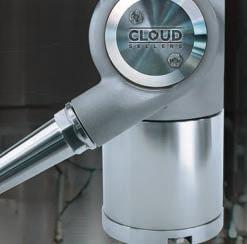

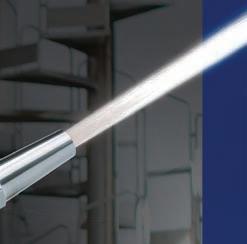
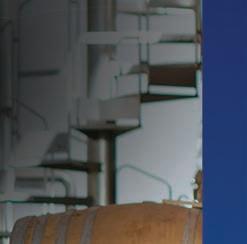

TOTE, BARREL & PORTABLE STORAGE TANKS

In an industry as dynamic as winemaking, purity and time are vital.
The Cloud-Sellers 360 tank cleaner is specially engineered for winemaking to ensure fast, thorough cleaning and quick maintenance turnaround. Our dedicated in-house experts specialize in diagnostics and repairs so you can focus on crafting exceptional wines.

• Service Center Maintenance: Ship your tank cleaner to our U.S. service centers for fast, cost-effective repair
• On-Site Support: Locally based technicians provide timely, on-site diagnostics and repairs
• Training: Equip your team with skills to maintain equipment in-house
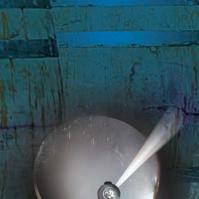
TankJet ® 50 Fluid-driven Tank Cleaner
This powerful cleaner can be used with high-impact solid stream or narrow angle diffused solid stream nozzle tips. Since this nozzle is fluid driven it doesn’t require an external power source and can be used with a variety of pumps, including pressure washers.






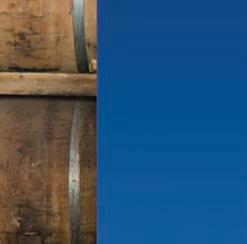


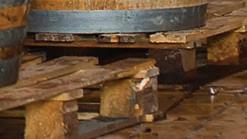

• Wear Components/Parts: Quick delivery on domestically produced components keep your equipment running smoothly
• Preventative maintenance: Basic repair parts & service

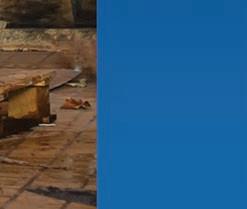
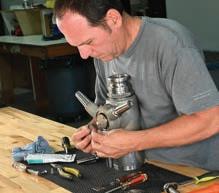


LEARN MORE

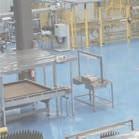

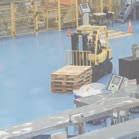



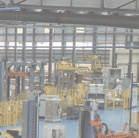
Winemakers Review Bottling Best Practices



Better to Be Prepared than Idling on the Line
Sarah Brown

Meet the Author: Sarah Brown, staff writer, earned her B.S. in viticulture and enology from the University of California, Davis before working in winemaking at various wineries throughout Napa and Sonoma counties. Brown is a regular contributor to the Wine Analytics Report, WineBusiness Monthly and winebusiness.com, and has been writing creatively and professionally her entire life. A resident of Sonoma, Brown is also a partner in a local coffee shop and enjoys gardening, cooking and hosting dinner parties for friends when she is not writing about wine.
then what is bottling?
“It’s much more technical and disciplined—it has to be consistent and repeatable,” said vice president and general manager of Mazza Wines, Mario Mazza. His family’s winery, located in North East, Penn., produces 65,000 cases of wine each year under multiple brands, as well as beer and spirits under New York-based Five & 20 Spirits and Brewing— the first hybrid wine, beer and spirits producer in the state of New York.
While crafting the product is certainly an art, Mazza, who has a background in chemical engineering, believes that bottling, and doing it properly, demands a much more scientific approach.
Drawn to the manufacturing perspective, Mazza and his team developed a “robust” system of checks and balances to reduce mishaps, catch problems and create systems to prevent future issues. Mazza said creating bottling best practices is important, not only for reducing downtime but also for capturing the wine as it’s meant to be.
“That’s what lets the wine shine,” he explained. Of course, capturing the quality of the wine was deemed of the utmost importance in preparation for and running a bottling day, but winemakers are now also chasing efficiency. Bottling days are long enough, oftentimes 10 or 12 hours from start to finish—so any technology or strategy to reduce downtime and increase throughput is essential.
A successful bottling run, according to founder and owner of Peregrine Mobile Bottling Thomas Jordan, begins with an in-depth conversation with his clients. Jordan hired a project manager whose main responsibility is working with winery staff in the lead-up to bottling to understand every detail of the project. The project manager asks the right questions and collects the information that the customer wants, and the information needed for when

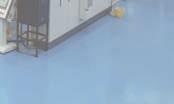


they show up for bottling. As such, rather than call it a bottling company, Jordan refers to Peregrine as a project management company that provides bottling services.
While conversations about fill heights, shade structures, hot water supply and everything in between may seem tedious in the moment, Jordan said they are important for starting the bottling day off right.
“Little details make an impact, and you’d be surprised how important it is to have these conversations up front,” he warned. “It takes the anxiety and the unknown out of the process.”
Mara Fitzgerald, associate winemaker at O’Shaughnessy Estate Winery in Angwin, Calif., shared that in her opinion, bottling runs are “second in squirelliness” only to harvest season, but are a bit more manageable because there is time to plan and strategize.
Bottling day anxiety can also stem from outdated machinery, which is why Groth Vineyards in Oakville, Calif. decided to invest in a new Bertolaso bottling line. The previous line, which assistant winemaker Collin Dillingham described as being “frankensteined” together, led to oxygen intake in the wines and other complications that warranted stopping the line for adjustments.
When running Bordeaux bottles, which Groth uses for their Sauvignon Blanc, as well as their red wines, the new machine can bottle approximately 80 bottles a minute, outpacing the old machine by nearly 50%. That, paired with less down time for adjustments, means the time spent bottling can be whittled down, saving time and money spent on labor. “Those extra two weeks make all the difference,” Dillingham said.
However, for many wineries, financial barriers are holding them back from improving on quality and efficiency.
“That’s really the Achilles heel of the wine industry,” Dillingham noted. “There’s some really incredible technology, and some stuff is right out of the ‘70s.” This came up in a discussion of CO2 measurement and the notoriously tricky means of measuring it: the Carbodoseur. The glass cylinder and its associated accessories can measure CO2 consistently if the same individual is shaking it each time with the same exertion and with almost robotic replication. It works but often requires repetitive testing—not exactly something that anyone wants in the middle of prepping a tank for bottling.
The next step for measuring CO 2 is an electronic meter, like the Anton Parr Cbox QC, which provides accurate, real-time measurements for the price of $10,000.
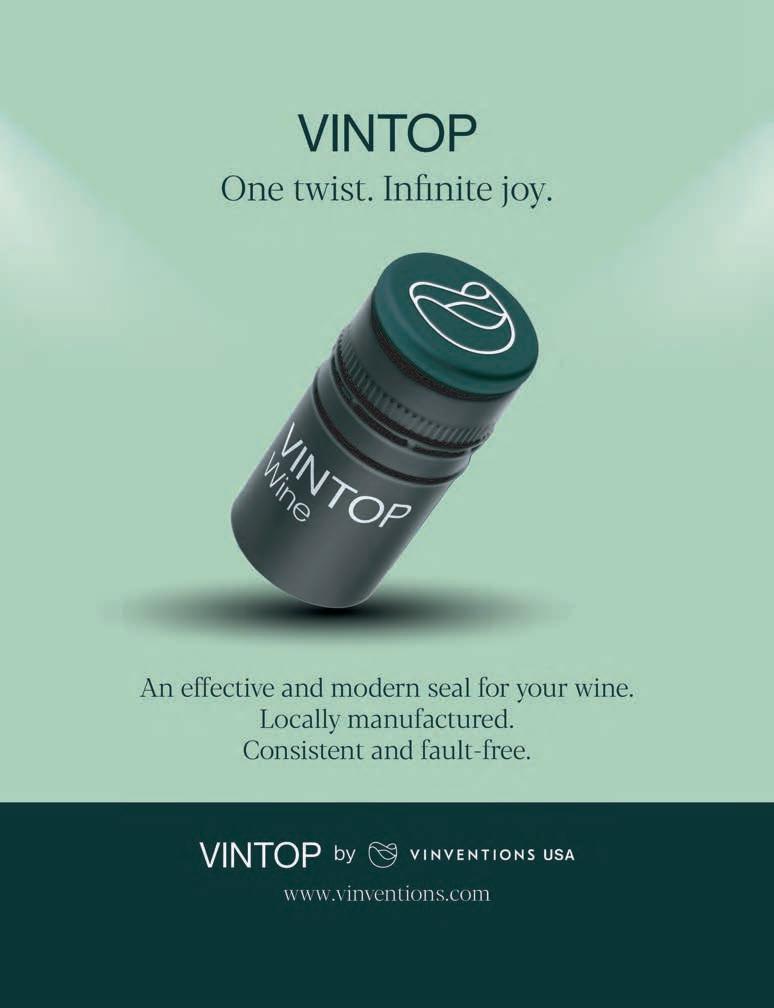
Prep Work Makes the Dream Work
To fine or not to fine is ultimately a winemaking question, but for those choosing to fine, there are a few new products in rotation that take the guesswork out of it.
After complaints of what looked like glass shards at the bottom of one of their red wines, the enologist at Columbia Valley’s Mercer Estates, Samuel Elliot, sought a fining product which could eliminate tartrate instability in both their red and white wines. Mercer, which produces 60,000 cases annually, bottles their wine in-house on a Eurostar 16-filler head bottling line; they also bottle wine for a variety of custom clients.
For reds, however, it’s a bit trickier to ensure cold stability.
“We chill in barrel, before it goes into tank, to help drop out [tartrates], and then the tank is going to be very cold to help drop out anymore tartrates,” Elliot explained.
Elliot found his solution in Zenith Uno, a solution of potassium polyaspartate and sulfur dioxide, which can be used as a substitute for cream of tartar when preemptively reducing potassium tartrates before cold stabilization. It’s an effective, quick alternative, Elliot said, which is preferred when they are on a tight bottling schedule and want consistent results. Zenith Uno can be added before or after filtration, according to Elliot.
“In the past couple years, we’ve retested and resampled wines that we’ve bottled (with Zenith), and they remained cold-stable,” Elliot observed. In addition to longevity, he also loves how the product takes out any guesswork.
“The rate doesn’t change—it’s very consistent.”
Cold stabilization isn’t very common for red wines; the number of consumers actively chilling their wines, before opening the bottle, isn’t nearly

as high as for white wines. However, there is still some concern over unsightly deposits and sludge, said O’Shaughnessy’s Fitzgerald.
“It’s more like sediment,” she described. “It’s not going to hurt anybody, but it’s definitely a visual defect.” A combination of polysaccharides, pectins and other elements in the wine matrix can “crash out of solution” when they are oxidated.
To prevent this sediment formation, Fitzgerald closely monitors the dissolved oxygen and turbidity of the red wines, both while in barrel and after transferring to tank. In conversation with a representative from ETS Labs, Fitzgerald learned that by keeping dissolved oxygen (DO) under 1ppm and NTU under 30 in bottle, the likelihood of “red wine sludge” is significantly reduced. O’Shaughnessy filters their white wines but not their reds.
“Thanks to time in barrel and polyphenolic content, we don’t usually see high turbidity in our red wines,” Fitzgerald said.
As for haze, bentonite is still the top solution for binding to proteins. The team at Mercer adds 2 pounds of Bentonite per 1,000 gallons of white juice, which helps clarify the juice before the yeast get to work. However, when that isn’t enough, Elliot turns to Blancobent, a purified powdered bentonite that provides protein-absorbing power without stripping aromas. “It’s a very similar product but not as heavy,” Elliot qualified. “It settles a lot faster, and you can filter right off it if you’re in a pinch.”
What’s Cooler than Cool? Cold Stable
At Groth Vineyards, the winemaking team bottles in four separate runs each year; thanks to their recently purchased Bertolaso bottling line, they have a bit more flexibility in scheduling their bottling runs. Whites are bottled in the



















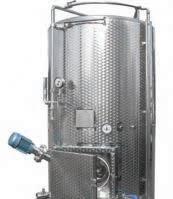





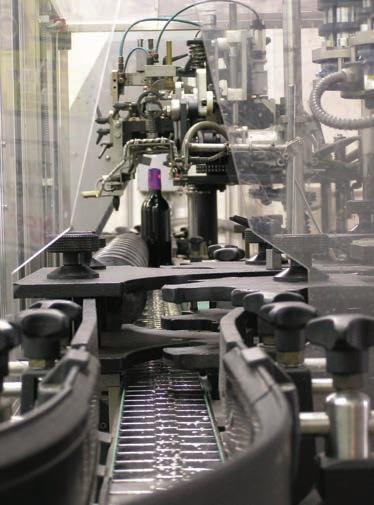
late spring, and then later in the summer, just before harvest, they bottle their previous vintage reds.
Assistant winemaker Dillingham works backward from the anticipated bottling date and will typically aim to have blended wine in tank about a month before bottling.
Several producers admitted they prefer to wait until the last possible opportunity for this final transfer; especially in the case of reds housed previously in oak vessels, any time spent in stainless steel prior to bottling can leave the wine smelling and tasting lackluster, or as one assistant winemaker put it, “Tanky.”
After transferring wine to tank and confirming the correct blend with analysis and a winemaker’s approval, some wineries choose to send their samples to ETS for a second set of analysis; others included a Scorpion in the analysis to “cross the t’s and dot the I’s” prior to bottling.
For Groth’s larger SKUs, such as their Sauvignon Blanc, which takes three weeks to bottle completely, the tank-to-tank homogeneity is confirmed by comparing individual tank analysis, specifically alcohol. Wine is then sent through cross flow filtration and cold-stabilized, using a new technology that saves time and energy.
“We’ve been using electrodialysis (for cold stability) for six or seven years with success,” Dillingham said. Traditionally, wines are cold stabilized by dropping the tank temperature to below freezing for multiple days to force potassium bitartrate crystals to fall out of solution, reducing the chance that these crystals will appear in a consumer’s glass. By comparison to traditional cold stabilization, electrodialysis can achieve the same level of cold stability in less time, which is better for the wine. “We save a significant amount of energy on electricity and cooler, and we have less time in tank so there is less opportunity for oxygen uptake in the wine.”
Not only has electrodialysis proved beneficial in reducing energy costs, but with the volumes Groth produces, Dillingham feels it provides a “guarantee of stability,” which wasn’t always true for traditional methods. “Spending weeks






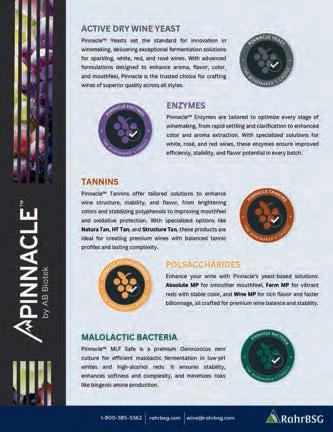
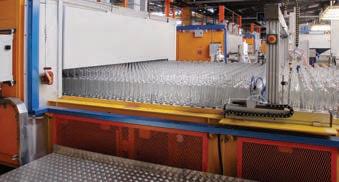
in tank freezing down the wine is not always reliable and not always on the timeline you want to work with.”
Groth rents a mobile unit for electrodialysis, which can be used in tandem with the cross flow-filtering, eliminating that time sink. The only challenge with electrodialysis, Dillingham cautions, is the careful coordination between filtration and bottling. “Ideally, once it’s filtered, it’s in the bottle within 48 hours.”
Jordan, of Peregrine Mobile Bottling, is always looking for expansion projects and new services he can offer his winery clients; quite a few wineries have inquired about electrodialysis for cold stabilization. He shared that while they don’t have it, they’d like to learn more about it.
Welfare of the Gases
Dissolved Oxygen, also commonly referred to as DO, was a key component of every conversation for this article: From the freshness and ageability of the wine, to stability and reduction of sediment fallout, DO is a huge player in bottling.
“DO is the biggest measure on quality control and the biggest enemy,” said Dillingham. “We want to keep it as fresh and lively as possible.”
Prior to starting a bottling run, Dillingham measures DO on every transfer and again when they are ready to start. The new bottling line has been great at keeping DO down; with their previous line, there was plenty of opportunity for DO pickup, which meant lots of downtime while trying to fix the problem.
Most wineries aim to keep DO at or under 0.5ppm prior to sending wine through the line; this assumes that a maximum of 0.5ppm will be picked up through the bottling line.
Once DO is greater than 1ppm, there will be a higher likelihood of the aforementioned “red wine sludge” and other unwanted oxidative side effects.
However, some wineries prefer to follow the mantra of “less is more” when it comes to DO, aiming to get the DO as low as possible. At Groth, when bottling their white wines, Dillingham will stop the line if the in-bottle DO is higher than 0.6ppm. This was difficult to achieve on their previous line but not with the Bertolaso—they can consistently come in under threshold.
In addition to testing DO with a meter, Fitzgerald also remarked on the importance of tasting the wine once it’s gone through the bottling line, to make sure it doesn’t taste off, another indicator of unwanted oxidation.
O’Shaughnessy purchased a DO meter a few years ago, and Fitzgerald said it has given her more confidence when the team assembles blends and bottles. “We were not looking at DO prior to a couple years ago,” she recalled. “The







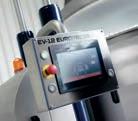
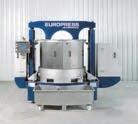
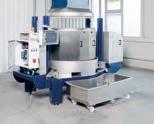
Introducing the brand-new Scharfenberger vertical press line, Europress EV. Integrating current technologies with ancient philosophical principles, the new EV is designed to satisfy the highest standards for juice extraction. Intelligent programs conduct the pressing operations and are able to produce exceptional wines.



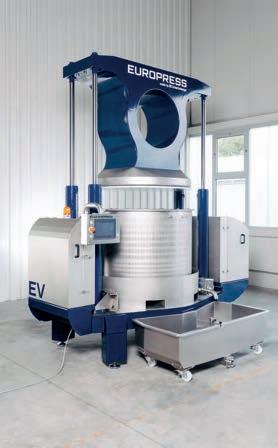
EAST 741 Old Brandy Road, Culpeper, VA 22701, Phone: (540) 825-5700
WEST 497 Edison Court, Suite G, Fairfield, CA 94534, Phone: (707) 864-5800
NORTHWEST 10670 Main Street NE, Donald, OR 97020, Phone: (503) 776-9118
www.euromachinesusa.com
good news is in using the DO meter, our in-tank DOs have been about right.” Even so, Fitzgerald prefers the surety that a DO meter provides.
Among his winery clients, Peregrine’s Jordan has seen both ends of the spectrum; some wineries don’t even own a DO meter while others almost obsessively check it. For the former, he said, lacking such a basic piece of equipment could be a hindrance in making the best wine possible.
When bottling wine for clients, Jordan’s system uses dual preevacuation of the line to further reduce DO pickup in the bottle. The system actively sucks air out of the bottle before it is filled with nitrogen gas. This is then repeated on each bottle.
For clients more concerned with DO, as well as carbon dioxide, Jordan is now utilizing a gas management system from the German-founded KH Tech, of which Jordan is a U.S.-based sales representative. He hopes more wineries and bottling services adopt the technology, which allows oxygen, carbon dioxide and nitrogen gases to be easily and precisely controlled during the bottling process.
The gas management system uses a hydrophobic membrane to separate wine from the gases in solution, allowing the operator to fine-tune the concentration of each individual gas before the wine is put into bottle.
“You get a gas side and a products side,” Jordan explained. “You can exchange the CO2 and the O2 to dial your wine into the exact flavor profile you want.”
CO2 gas is typically added prior to bottling to give a “pop” of freshness to the wine and can have a significant impact on the organoleptic character of the wine when it’s young, as well as when it’s aged. The adjustment of CO2, unfortunately, is not an exact science and can often cost time, gas and precious aromatics, Jordan said. With the new technology, there is less agitation of the wine, and the aromatics are preserved.
“Everybody who has had a demonstration on this technology said they will not run their wines without it,” Jordan claimed. Many of his clients were “blown away” by how much better their wines tasted after going through the gas management system—all without the time and frustration of manually sparging wines with different gases. “It’s the ultimate adjustment before wine goes into the bottle,” Jordan said.
Jordan sold several of these gas management systems to some of the largest wineries in California, including Gallo, which bought the first system. While these larger facilities are not yet using the machines for bottling, they are used when tanker trucks offload wine at the winery to lower DO as the wine is transferred from tanker to tank.
“Every Little Detail Matters”
One shouldn’t judge a book by its cover, but in the case of wines, consumers often judge a wine by its label. Producers, on record for this article, seemed to be shifting toward a focus on packaging quality and consistency, which can save time on the botting line and make a very important first impression with a customer.
“Every minute detail counts,” Groth’s Dillingham observed. “It might seem, in the grand scheme of things, what does a capsule matter? But that’s going to be someone’s first impression of your product.”
Producers varied on their intake protocol for dry goods, like glass, labels, corks and capsule. Some simply verified that it matched the original order and previous bottling—vintage-to-vintage consistency was key—while others weighed individual elements in triplicate for an average weight.
While bottling a client project at Mercer Estate Winery, Elliot and bottling lead Jerry Lopez discovered at the start of a run that their client’s glass was highly inconsistent. “We had to figure it out on the fly,” Elliot said. As bottles went through the labeler, labels were wrinkling or not sticking properly, leading to further issues. Once they discovered that glass was the culprit, they were able to tweak the labeler to reduce further issues.
Wine Testing Systems
Reagents, Autoanalyzers, Fast Service, Great Quality
A Full Line of Enzymatic Reagent Kits: Glucose/Fructose, Malic Acid, Ammonia, NOPA, Acetic Acid, Free & Total SO2, and more! Wine Analyzers: Enolyzer: Semi-Automated, Portable Chemwell-T For Wine: 100 tests/hour Chemwell For Wine: 200 tests/hour, Auto Washing Spectrophotometer: Unitech V-120
ORDER ONLINE: www.unitechscientific.com
CONTACT US: Info@unitechscientific.com
PHONE: 562-924-5150
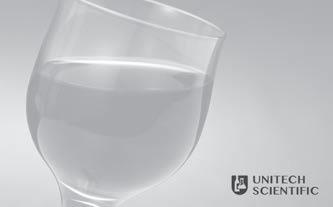
Bottling Season
WE TAKE CARE OF YOU!
Pumps, hoses, foil rollers, change parts, filler tube repairs, corker jaw resurfacing, barrel care and more
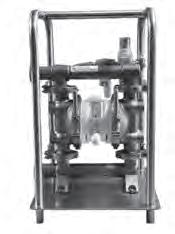
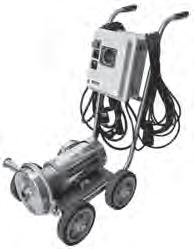
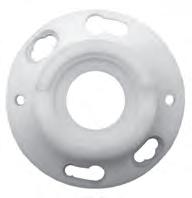
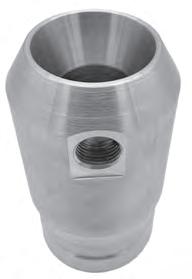
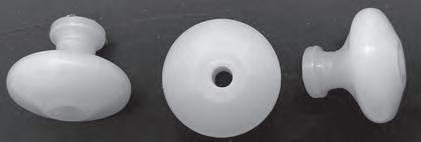
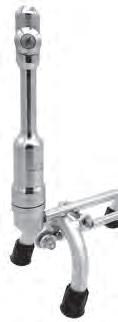
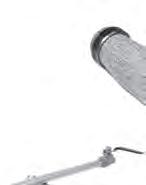
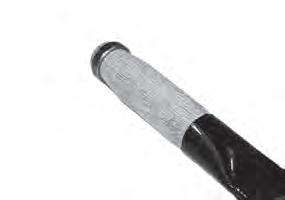
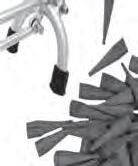



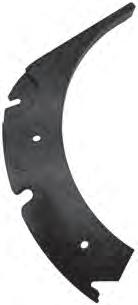

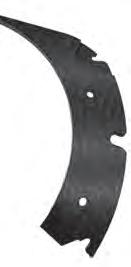
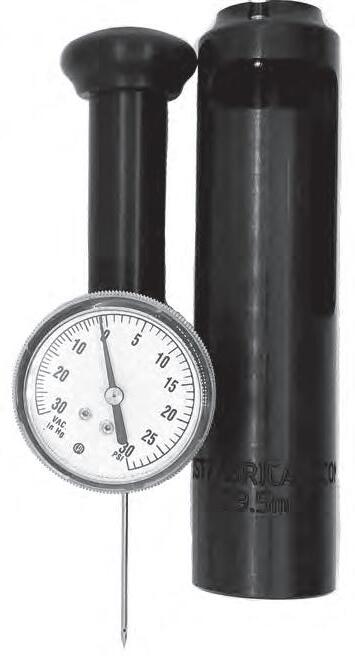


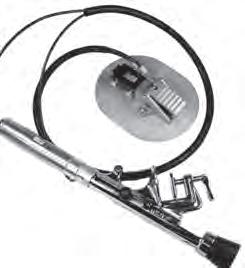

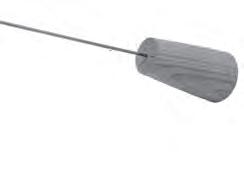

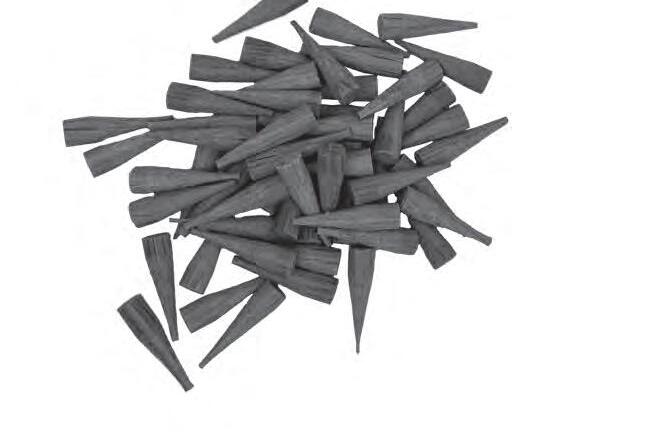
Winemakers Review Bottling Best Practices
Winemaking Treatments and Steps Before Bottling Day
4 months to 8 weeks Assemble final blend and homogenize in one tank
4 months to 8 weeks Full chemical analysis (Alcohol, pH, FSO2 , etc.)
8 weeks Alcohol adjustment, if needed/desired
8 weeks VA adjustment, if needed/desired
6-8 weeks Add any finishing tannins
6-8 weeks Final concentrate trials (R.S. adjustment) if using
6 weeks Protein stability assessment/trials
4-6 weeks Add bentonite for protein stability, let settle
4-6 weeks If doing traditional cold stability, run trials for KHTA addition Often N/AX X
4-6 weeks If planning on using CMC for cold stability, send out finished wine w/ additives for DITS test (do not use CMC on reds or rose wines)
4-6 weeks Read DITS results- if you can’t use CMC for white stability, do traditional chilling and seeding for tartrate stability. Plan enough time for your particular winery to achieve this.
2-4 weeks Double check cold stability
2-4 weeks Double check protein stability, especially after traditional cold stability treatment which can affect the isoelectric point of wine proteins Often N/AX X
2 weeks Rough and polish (or cross flow) filtration if no concentrate being used/added.
1-2 weeks Add concentrate, if using, filter w/in 48 hours
1 week Rough and polish (or cross flow) filtration
1 week Add CMC if using for tartrate stability, homogenize tank and immediately send out for ISTC50 test to confirm cold stability.
1 week Adjust wine temperature. <60 F can increase likelihood of clogged filter
1 week If CMC used for tartrate stability, read ISTC50 results to determine if CMC worked properly
48 hours out Add mannoprotein, gum arabic products, if using, at least 48 hours before bottling/going through 0.45 micron filter in bottling line
Bottling Day Adjust gasses (Dissolved Oxygen, CO2) if needed
Bottling Day Adjust wine temperature if needed <60 F can increase likelihood of clogged filter
Bottling Day Wine to filler bowl in bottling line
Bottling Day Check alcohol or TA of first bottles against mother tank to make sure no water remains in the filler bowl and bottling line.
Bottling Day
Once no more water is confirmed in line, do an early (within 30 minutes of full running) check of Dissolved Oxygen in the bottle against mother tank to ensure low oxygen pickup. Continue to do periodic Dissolved Oxygen and FSO2 tests during the run, and pull QC samples as required by your protocols.
Note: steps in darker purple cells are optional or are more style-driven and won’t be appropriate for every bottling project When in doubt, plan more time than you think you’ll need “Often N/A” = step may not be appropriate or common for this type of wine
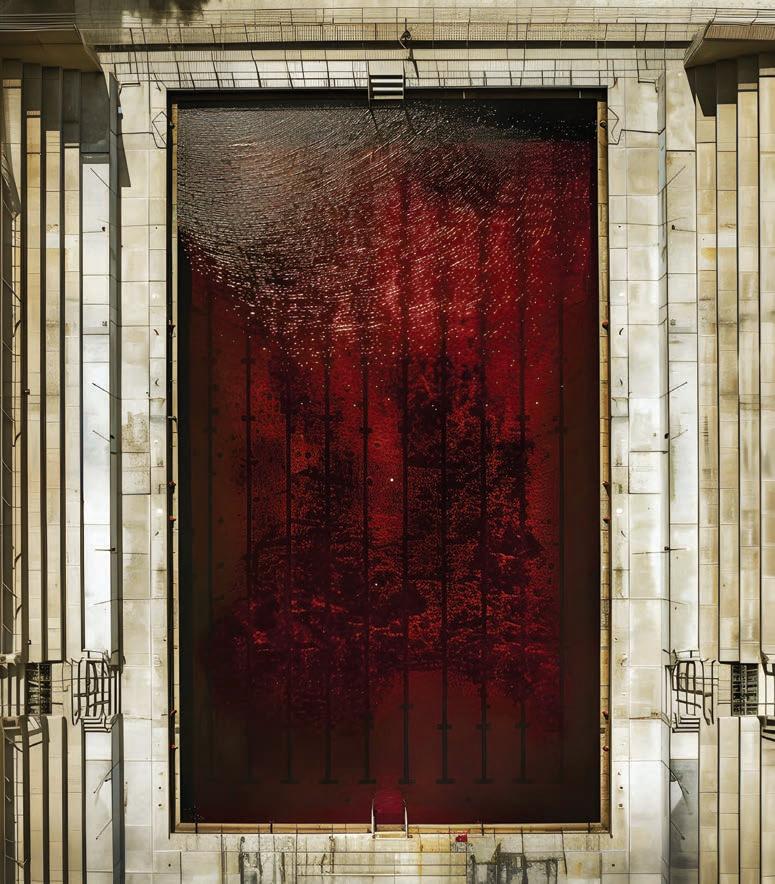
Winemakers Review Bottling Best Practices
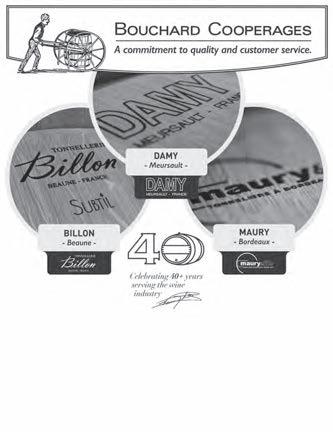




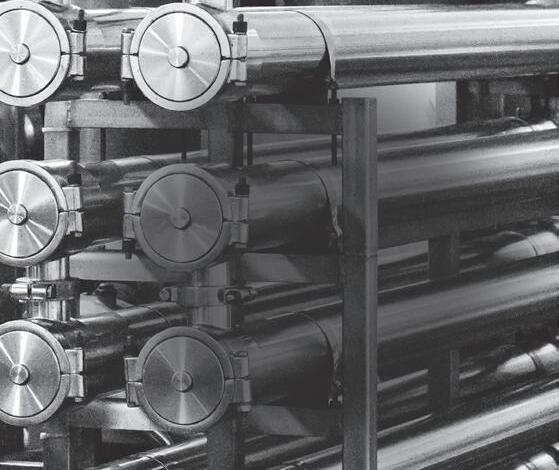

In the Napa Valley, Dillingham recalled how immediately following the COVID-19 pandemic and subsequent supply chain breakdown, there was greater inconsistency in a lot of packaging, and more was out of spec. Now, the supply chain issues seem to be resolved.
Production staff often conduct a visual inspection of labels upon receipt, ideally several weeks before bottling, to confirm that alcohol levels are correct, necessary legal verbiage is included and that all text, images and colors match proofs provided to the printer.
Dillingham also likes to double-check the adhesive for Groth’s labels; with so much of their production devoted to Sauvignon Blanc, he wants to make sure the labels have the right adhesive which will stick when the bottle is chilled.
Quality Checks, Traceability and Playing Detective
Even with all the preparation and careful planning, ultimately, there is still a chance that something can go wrong, which is why quality control and recall protocols must be put in place.
“A quality system isn’t perfect; that’s your aspiration,” Mazza said. “But catching defects that do occur and finding and reducing causes, that is a quality system working.”
Mazza, again drawing from his engineering background, utilizes the Pareto Lean approach, which helps identify and prioritize the most important causes of problems, and works to resolve issues with the team. In case any bottles need to be recalled, Mazza built out a flow diagram, with funnels from customer preference to critical incidents, with steps to work toward a resolution. Having a protocol and decision tree helps team members “avoid flying off the cuff” when trouble arises.
On the back end, Elliot and the production team have been using Vintrace as their winemaking software since 2018. The program, which can be used for generating work orders and creating mock blends, also catalogues each work order for each wine, providing an in-depth history of all wines produced since 2018.
The goal is to catch problems before they exit the winery, which is why, according to Dillingham, the team members at the end of the bottling line are the “last line of defense.”
“It may seem simple, but the staff working that station needs to be trained as well as, if not more so, (than other staff),” Dillingham explained, adding that these individuals must be able to catch inconsistencies with label spacing, nicks on the capsules and any other physical defects. “It’s a tough skill to learn.”
For wineries with in-house bottling lines, many also had a time stamp laser, which engraves the date, time and lot code onto the side of each bottle near the bottom. If there is ever a larger issue, such as faulty packaging or chemical instability, the time stamp can be the first clue in the case. Winemakers can then look at records to search for the likely culprit and hopefully rectify the problem or at least prevent the same issue from happening again.
While Groth has not had an instance where it was necessary to play detective, Dillingham said having a time stamp and means of tracing back the entire production lifecycle of a wine is a necessity for any bottling production. “Every winery should have traceability in case the worst comes to pass.” WBM





Innovation Hits the Tradeshow Floor
We found the coolest products at the 2025 Unified Wine & Grape Symposium
Richard
Carey
, which took place in Sacramento from Jan. 28-30, 2025, featured more than 650 national and international exhibitors with approximately 10,000 winemakers, grape growers and others in attendance from across the United States and Canada. Some of the most interesting and innovative equipment and products, including corks, labels and other items, featured at the symposium are reviewed in this article.
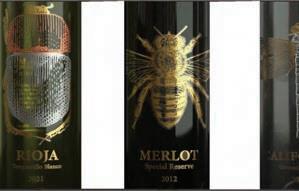
Signite Labels
ACTEGA

Collection by DIAM
DIAM
Diam has released a new stopper that is designed for the ultra-premium market (FIGURE 2 ). The new stopper features the Diam 30 for long-term aging of wines at its core, with an ultrathin slice of natural cork wrapped around it. Diam also attaches a small piece of cork onto the ends of the stopper with such precision that the cork looks as if it were a natural cork stopper. At the show, the booth had only a small handful of stoppers, and photos will not be available until the actual production rollout begins. Diam says that very limited numbers of these corks, at about $1 per stopper, will be available during this first year of production.
Battery Clippers
FELCO
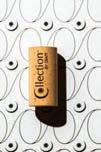
The current method of most wine label production is continuous roll label application. In many respects, this method is not as sustainable as it could be, given that it generates more waste than just the label applied to the bottle: there is backing paper, as well as the front paper that has ink and label graphics for the wine.
A Rhode Island-based company has developed a process that reduces the waste of materials by 50%. The new process prints the label on the backing paper. No paper label is applied to the bottle as the ink and graphics are applied directly to the bottle from the backing paper. The specialized ink, when pressed onto the bottle, releases the ink from the plastic backing paper, transferring the ink onto the bottle.
The user has the option of making the wine bottle look as if the label is etched onto the bottle, shown in FIGURE 1 . The label also can be printed with a color stock to provide a more traditional wine label look.

FELCO 834V battery-operated pruning shears have now been released (FIGURE 3 ). The shears have several interesting features that will impress vineyard staff. It is a small lightweight device (980g) that has the battery attached directly to the shears. The battery is 3.0Ah and can work for half a day then charge completely during lunch; with two batteries that should last for a day’s work in the vineyard. The cutting diameter is 30mm. Like other FELCO products, the clippers come with a pair of conductive gloves to protect against cutting injuries to fingers. There is one caution: FELCO stipulates that anyone with a pacemaker should have their physician’s permission before using these shears due to the electrical conductivity system for injury prevention. There are several software adjustments that can be implemented with these shears, such as turning off the safety shield function that would otherwise eliminate protection against potential cutting injuries. One can also adjust the amount of blade opening to a smaller diameter than the fully open position which is the default open position. The shears have an LED light that can help locate a cutting surface in dimly lit areas. There is also an LCD screen that provides several updates about the shears throughout the day, including the number of cuts and the percentage charge remaining on the battery. The shears come with an assortment of tools for maintenance, including sharpening.
FIGURE 1
FIGURE 3
FIGURE 2

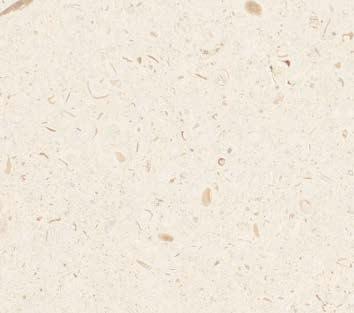
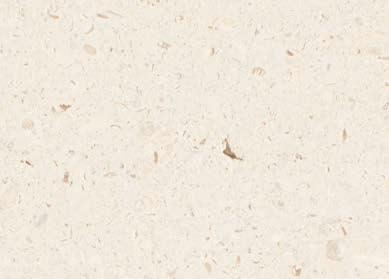


Sensory Consistency

























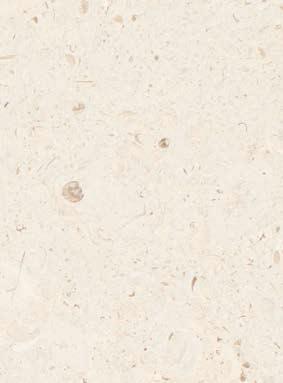














A result of the combination of 3 proprietary innovations used in concert.

Consistency

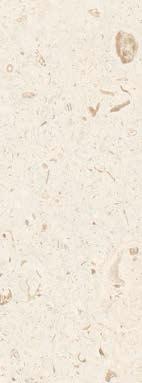


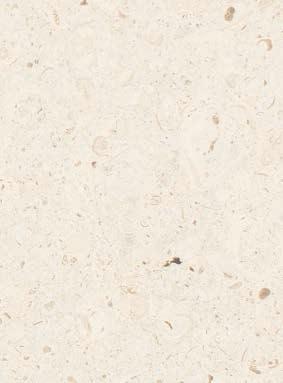
Consistency

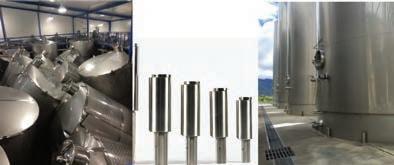
Earthquake Protection for Tanks
ONGUARD SEISMIC SYSTEMS
OnGuard Seismic Systems is a New Zealand-based company that has created a method to protect above-ground wine tanks during an earthquake up to a 7.8-magnitude. The engineers found an antisymmetric, ductile-elastic and ductile-plastic anchor force distribution that best matches the forces a wine tank may encounter during an earthquake. The company can retrofit existing tanks and work with current new designs to assure wineries that the tanks they put in place will withstand the risk potential for the winery’s physical region location.
The company has earthquake monitoring services that track all quakes that happen in regions where their retrofitted tanks are located. When an earthquake occurs at a threshold OnGuard determines to be cause for concern, they will dispatch an engineer to the location to assess the structural integrity of their systems to assure they are still in compliance with the original design threshold.
The system is composed of anchors around the base (FIGURE 4 ). The anchors are secured by a stainless-steel rim at the base of the tank. Then the space is filled with concrete between the base of the tank and the safety ring.
Yeast Cell Counter
OCULYZE
The Oculyze yeast cell counting system defines the fermentation cycle for wines and other beverages. The system is composed of two parts, the camera (FIGURE 5 ) and the software used to count the yeast cells (FIGURE 6 ). Depending on the analysis, the user either loads a sample chamber with a diluted yeast solution or one that is stained with alkaline methylene violet. Then the chamber is placed into the microscope slot for viewing. The microscope is connected to a computer or a mobile device through the web app.
The user then takes five pictures of the sample at random locations on the specialized slide chamber. The app will calculate yeast activity, and their algorithm determines the fermentation status, i.e., cells budding, percentage of cells alive, percentage of cells dead, cell size distribution and more. The microscope is capable of 400X magnification and can distinguish objects less than 10µm in diameter. The cell counts for accuracy range from 105 up to 107 cells/ml. Above that number, the user must dilute the solution to achieve the desired accuracy.
The system cannot directly count bacteria, such as lactobacillus; however, the manual mode can count those organisms. The reason for the staining procedure is to provide more accurate stages of cell growth, such as the exponential phase as opposed to a stationary phase of growth. Staining also provides data when cell viability falls below 90%. There is an option to allow the Oculyze
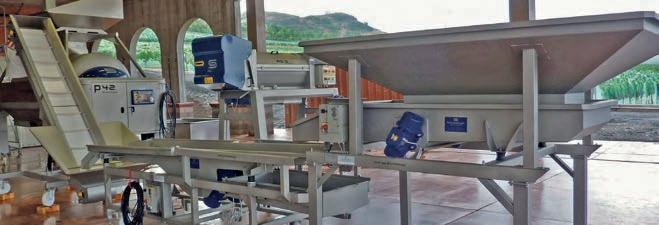
GRAPE PROCESSING SYSTEMS
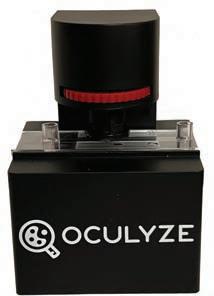
device to be connected to a camera attached to a non-digital microscope. is especially valuable to those fermenting low nutrition fermentations or difficult fermentations, such as high sugar, low sugar and more. Winemakers can record their best and worst fermentations and store them for recall to strategize a better outcome for those fermentations in the future.
Upon purchasing the Oculyze microscope, the user can subscribe to 100, 200 or 500 tests annually. The company provides the ability to store fermentation data online for review of similar fermentations in the past with current fermentations.
Used Equipment Deals
WINETANKBROKER
With the obstacles of the current business climate, there has been an increased interest in used winemaking equipment. The Winetankbroker booth was quite busy with inquiries about used equipment for sale. If you are looking for just about anything a winery uses, you just might save a lot by purchasing a used piece of equipment rather than new. Some of the equipment for sale included: open-, closed-top and pressure tanks; crush pad equipment, such as destemmers, presses, sorting and elevators; cellar pumps and filtration; sanitation equipment; chillers; bottling equipment; lab equipment and many more items.
Integrated Spray Using LiDAR
SMART APPLY
As Smart Apply says in their literature, nothing sensed, nothing sprayed (FIGURE 7 ). Their claim is to reduce spray load by 70% in terms of chemical and water reduction. They also can reduce up to 87% of airborne drift and up to 93% less run-off. This is accomplished by using a LiDAR sensor on the front of a tractor. This device feeds its gathered data to the sprayer and times the application of the spray to the corresponding image of the foliage map it has just scanned. The system can retrofit many tractor types, which can lower the overall cost of upgrading vineyard equipment.
Winetasting Table
IDEUM
Ideum is a large-format computer monitor camouflaged as a tasting table for winetasting experiences (FIGURE 8 ). The table has been around for more than a decade but recently has gone through an uptick in popularity, especially at this year’s Unified. The tables come in sizes for up to four people to sit down and share their wine experiences with each other. High-resolution graphics are displayed on the tabletop for viewers to move their glasses around, which brings up different facts about the wines being presented. A




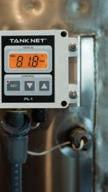





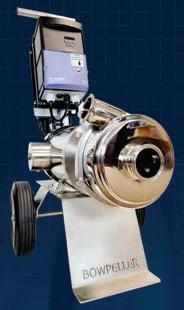









FIGURE 5
winery staff member can direct the discussion about the wines and bring greater depth to the conversation.
Drones and Robots
There have been many automation offerings for vineyard operations over the years. Automation has now been adopted by many growers, and at Unified this year there were three robotic device companies that stood out. Yamaha featured aerial drones, which was a very cool and frequently visited booth at the show, as well as Robotics Plus with their hybrid-powered tractor sprayers and, finally, Amos with their all-electric tractor sprayers.
YAMAHA AERIAL DRONE
When it comes to robotic sprayers, drone helicopters have been tasked with the job of everything, from vineyard mapping and disease detection to, of course, spraying. The Yamaha robotic sprayer (FIGURE 9 ) has a stand-out drone that measures 3.6m from tip to tail and just over a meter tall. The drone can carry both granular sprays (two tanks, 15kg each), as well as liquid sprays (two tanks, 15.9L each). They fly autonomously once the vineyard area is mapped and automatically look for objects, such as trees and power lines, that they avoid. Historically, the company has only run these helicopters on a fee-for-service basis but is now introducing the copters for lease or purchase. They fly low over the vineyard, minimizing drift. The copter flies at 25km/hr. with a spray width of 10m. When the battery is low the drone returns to base to be filled. It’s ready to return to service in about five minutes time to fill and change batteries.
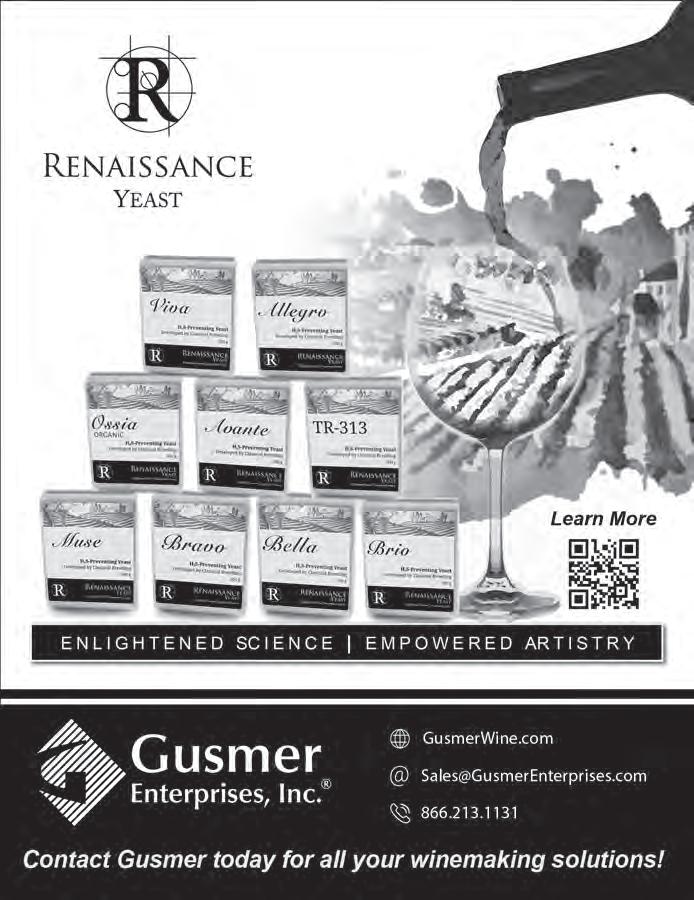
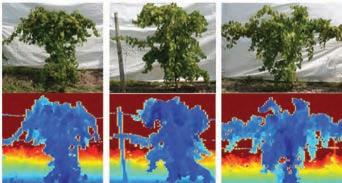
ROBOTICS PLUS
A New Zealand company, Robotics Plus, produces a hybrid robotic sprayer (FIGURE 10 ), which uses a diesel-powered generator to produce the electricity needed to propel the tractor and run all the equipment for the spraying function. Like hybrid cars, the hybrid function recaptures the energy by using regenerative braking. The tractor is standard wheel-driven and can operate in a minimum row space of 72” or 1.85m.
The vehicle has software that allows programmed management of future jobs and is available with multilanguage capability. The software provides







FIGURE 6
FIGURE 7


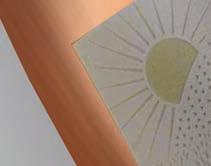
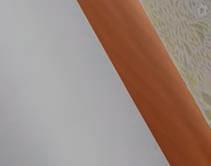
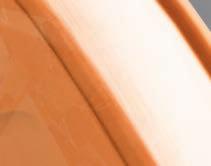
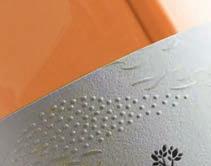
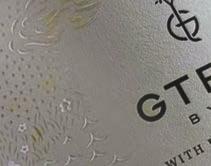
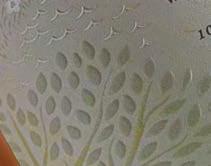
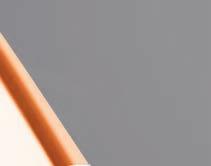
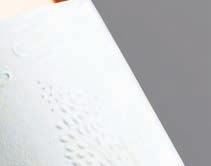
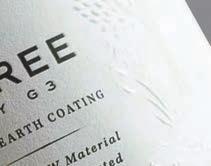
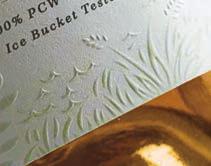


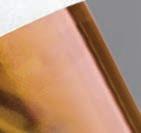

Napa • El Dorado Hills Modesto

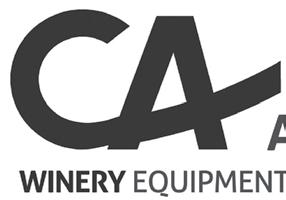


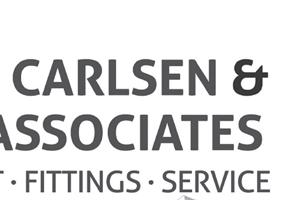




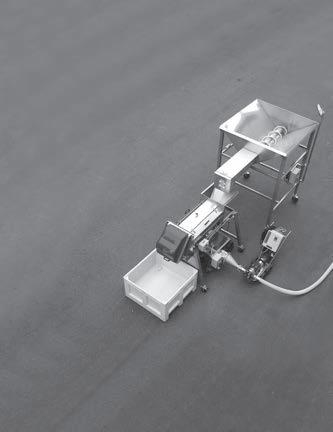







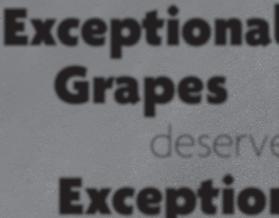



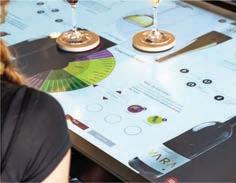
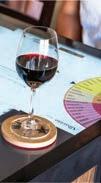








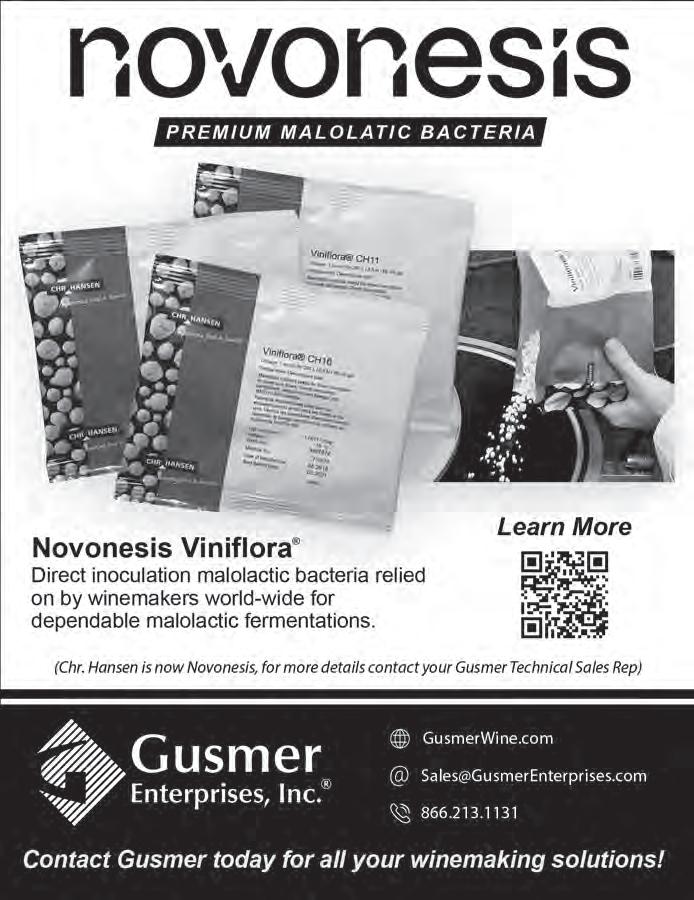
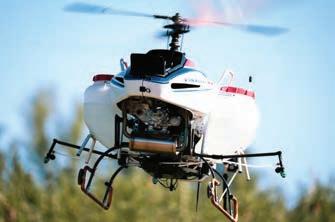
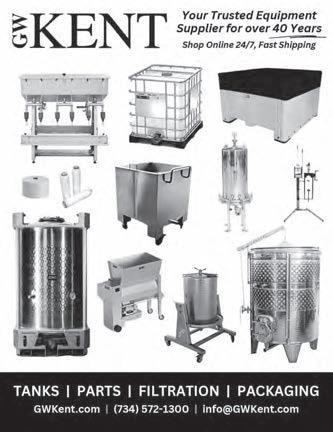
FIGURE
FIGURE
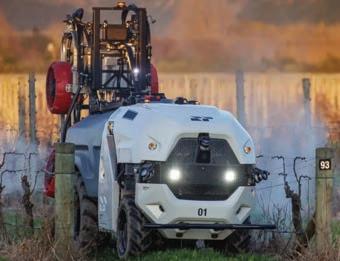
remote real time viewing of daily operations. The viewer can “see” what the tractor sees and can manage more than one vehicle at a time. The vehicle weighs 3,950 pounds and can be adjusted with two to three fans per side. Each fan is individually adjustable to control zones.
AMOS POWER
Amos Power is an American company that has redesigned a fully autonomous electric tractor from the ground up to be a working partner in the vineyard for
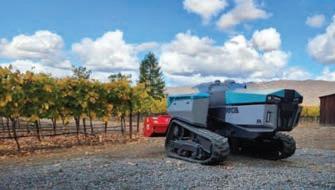
multiple tasks (FIGURE 11 ). It is designed for 72” row spacing for grapes. The forward portion of the tractor is the removable battery compartment, with each side tread and the motors for driving them attached to the main frame. This orientation keeps the tractor’s center of gravity firmly on its tracks and can allow the vehicle to work on grades up to 40%.
As of this writing, there are three patents that have been issued to Amos Power, one for the modular track drive units, one for the removable battery and a third for the electrically driven hitch assembly. There are three models, from 47” center track to track and 59” tall, to 80” and 54” tall. The vehicle has 85hp and 50hp PTO, eight to 10 hours of battery life, weighs about 6,800 pounds and can lift 2,500 pounds. WBM



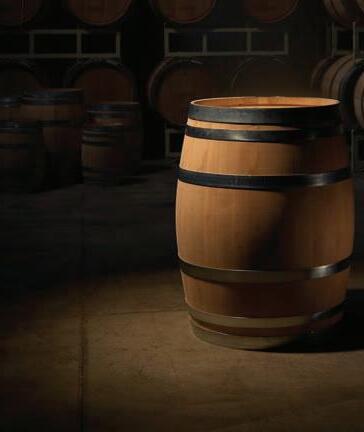
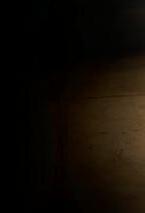
FIGURE 10
FIGURE 11
Vineyard Survey Details Pain of 2024 Crush
Many Growers Left 30% of Crop on Vine Amid Weak Market
Andrew Adams
been widely expected to be light, but the crush report took many by surprise—if not by shock—when the preliminary 2024 California crush report came in at 2.84 million tons.
It was the smallest crop in 20 years, and the 2024 WineBusiness Monthly Vineyard Survey, conducted in November, provides additional, objective data on how small the crop was and the pains felt by growers. In Napa County, more than half, or 51%, of those surveyed said they had to sell grapes at prices that were less than the previous year’s average. Among all survey participants, the share of those who had to accept less than what they received last year was 41%.
While all growers are contending with rising costs, only a minority has seen revenue keep pace. In 2021, 17% of those surveyed reported lower revenue from the most recent growing season than the previous year. That share grew to 41% in 2024, and the share of growers making the same, or less, than a year earlier came to 66%.
Sixty-four percent of all growers claim the prices in their existing contracts for the 2025 harvest and beyond do not cover the costs of farming to provide a sustainable return. That share was the lowest in Napa County at 53% and highest at 74% among growers in the “Rest of California” category that includes the Sierra Foothills, Mendocino and Lake counties, and Southern California.
On average, growers across the United States had to sell nearly half their crop for prices less than the average paid last year. The survey found the highest share of grapes sold for less than last year’s average was in Sonoma County with 54% while the lowest was in the Central Coast at 30%.
A significant number of growers reported being unable to sell a large portion of their crop at all. Among all survey participants, the average amount growers were unable to sell was 29%, ranging from the low of 14% for the Rest of the U.S. to 41% for the Rest of California.
Small Crop Arrives in Very Different Market
The last time California produced such a small crop was in 2004 when growers produced 2.76 million tons in what was a hot vintage with a compressed picking window across much of the state. That small harvest came at a very different time for the U.S. wine industry.
In Santa Barbara County in California’s Central Coast, growers had been particularly rushed to complete picking during a heat wave that threatened their average-sized crop of thin-skinned Pinot Noir grapes. At the time, the signature grape of Burgundy would account for just 70,000 tons, or 2.5%, of the total harvest. But the variety had found a home in Santa Barbara County;


How much of your 2024 crop sold for less than average?
How
How much of your 2024 crop sold for less than average?
Source: WineBusiness Monthly Vineyard Survey



and as that year’s early harvest came to an end in October, the film Sideways made its U.S. debut. Grossing more than $70 million in the U.S. market, the film sent demand for two key varieties, Pinot Noir and Merlot, in very different directions.
Given the 2024 harvest is the smallest since 2004 and while the weather did affect yields—particularly on the Central Coast—that small pick also reflects entrenched market challenges. Last year’s Pinot harvest totaled more than 218,000 tons (more than 7% of the state total), but that is 24% less than in


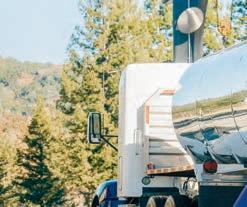
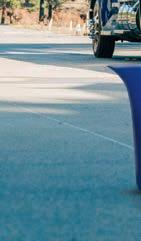
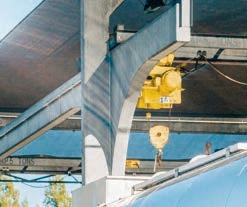
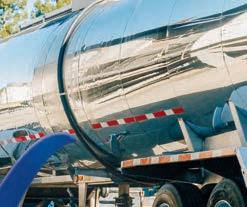
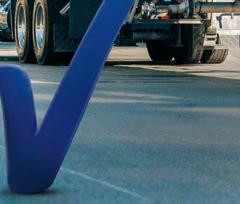
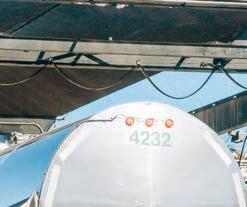
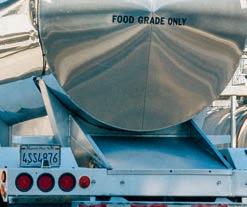




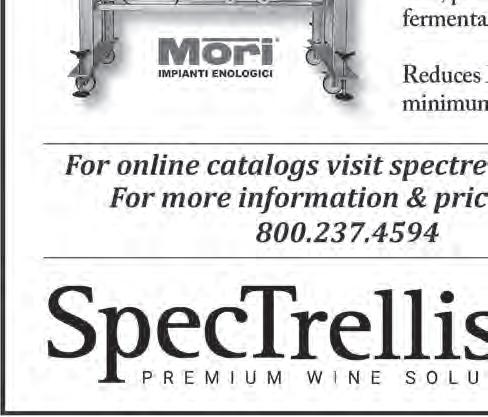


Elevate your Vineyard’s Appeal to Grape Buyers with In-Season Berry Phenolic Testing
Did you sell grapes at prices less than average? share answering “yes”
2023. The loss in Pinot tonnage between 2023 and 2024 is roughly the same that was grown in the entire state in 2004.
The “Sideways effect” has been well documented, but the similarities in crop size between 2004 and 2024 illustrate the need for a new social effect to galvanize the next generation of wine drinkers. Grape growers are typically the first to feel the effects of changing consumer sentiment, such as when Merlot became uncool, Moscato blew up, and today when Sauvignon Blanc is expected to save the bottom line.
In 2024, growers acutely felt the pain of a market undergoing a major correction because of weak consumer demand for wine, as well as an oversupply of winegrapes. As the industry seeks its next Sideways moment, growers are taking the time to redevelop and replant vineyards for when demand swings back in their favor.
When the Bordeaux variety picking started in Napa Valley last year, Rombauer’s director of winemaking, Richie Allen, was aware of significantly more grapes unsold than normal, and the number of phone calls he received from growers looking for buyers was also abnormally high. By the end of picking, Allen said he, thankfully, didn’t see that many grapes go unharvested in Napa Valley.
“Even in a long market, the fruit is still highly sought after,” Allen commented in a post-harvest webinar hosted by the Napa Valley Grapegrowers.
• Conserve water
• Manage heat events to protect fruit quality
You Can’t Manage What You Don’t Measure
• Weekly berry phenolic tracking including polyphenols ( avors), catechins (tannins), and anthocyanins (color) can help your vineyard stand out
Combining berry phenolic tracking with CVC’s real-time leaf and berry temperature monitoring allows you to:
• Manage grape phenolics with site-speci c data
The Only Water Stress Monitoring using Soil Moisture, VPD, Fruit and Canopy Temperatures ALL in Real Time.
• Know when water stress begins in real time and know how much water to apply to maintain the desired plant water status

Matt Stornetta, president of the vineyard management firm Stornetta Made, works with wineries and growers in Napa and Sonoma counties and said, during the same webinar, that he has been collaborating with winery partners on pricing, contract terms and even marketing support to address the weak market. “We’ve had to really address the situation with our partners,” he noted. “Wine sales aren’t what they used to be so how can we work together to find something to allow us to weather the storm mutually.”
Caleb Mosely, executive director of the Napa Valley Grapegrowers, said in an email that based on the group’s own estimates, “only a small percentage of contracted grapes was left on the vine with a vast majority of uncontracted fruit sold at negotiated prices.”
Adjust your Farming to Maximize Phenolics in your Vineyard
• Evaluate irrigation effectiveness and grape quality during heat spikes
• Demonstrate the cost-effectiveness of alternative cooling methods (e.g. shade cloth, sunscreen, misters)

Crop Water Stress and Grape Berry Temperature IN REAL TIME Bryan Rahn, Sadie Dutcher, Hannah Rahn www.coastalvit.com of ce: 707.965.3700 info@coastalvit.com

Grapes Left Hanging with No Buyer
Across California, however, it’s estimated that 400,000 to 500,000 tons went unharvested in 2024, and that appears likely, given that 73% of the growers who were unable to sell grapes left them on the vine or harvested them to the ground. A similar number of grapes is thought to also have been left on the vine in 2023.
Growers Making Less Revenue
Growers are Making Less Revenue
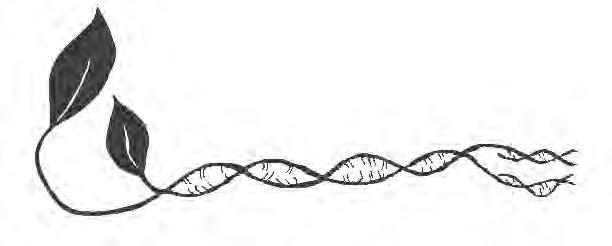
Eleven percent of those surveyed made wine to sell on the bulk market while 13% produced wine for their own label, and the remaining 3% sold the grapes for distillation, concentrate or some other use.
Nearly all those surveyed on the Central Coast, or 95%, reported leaving their unsold grapes on the vine while Napa had the highest share of growers that made wine for the bulk market with 25%. The share of producing more wine under their own label was highest in the Rest of the U.S. with 32%.
Despite the challenges, only 12% of growers surveyed will be permanently removing vineyard acreage this year. That share was highest in Sonoma County at 18% and the lowest in the Pacific Northwest at 2%. Of those who will be taking out vines, 59% say it’s because they can’t find a buyer for the grapes, with an additional 14% blaming weak demand in the U.S. wine market.
A Forced, but Needed, Cull of Red Grape Vineyards
Several of those who selected “other” for why they are removing acres, however, are doing so because the vines are old, never should have been planted on the site in the first place or are diseased.
Nearly a quarter of survey participants will be replanting or redeveloping a vineyard this year, with that share being the highest in Napa County at 36% and the lowest in Rest of California at 13%. In Napa County, the top reason for redevelopment was disease and pest pressure followed by the age of vines. Among Sonoma County growers, 40% of those who are redeveloping vineyards are doing so to change varieties, and the share was even higher among those in the Rest of the U.S. at 54%.
The weak wine market has only compounded the business challenges that growers have been dealing with for years. In 2022, labor was the top concern among 62% of the growers surveyed. While grape pricing has since replaced it as growers’ top worry, labor remains the top concern for 32% of those surveyed.
Considering the future and where they will need to allocate, or find, additional capital over the next three years, 74% of all growers identified increased labor costs as the biggest need followed by replanting at 49%. New tractors and equipment fell to just 42% of those surveyed.
In terms of securing that labor, 52% of growers across all regions use a labor contractor. The use of contractors was highest in the Central Coast where 82% of those surveyed work with the companies and the lowest in the Rest of the U.S. at 26%. This region also accounted for the highest share of using “guest/ foreign” workers at 26%. Growers in Sonoma County had the highest rate of full-time, year-round staff at 26%.
















“Sonoma County is well positioned, having focused for years on building relationships with restaurant groups, the wine trade, media partners, sports


























































Areas of Vineyard Business Needing Capital
Source:WineBusinessMonthlyVineyardSurvey
Areas of Vineyard Business Needing Capital
Do
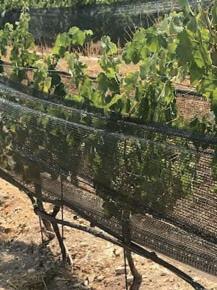

teams and more,” said Sonoma Winegrowers President Karissa Kruse in an email. “Despite the headlines, in Sonoma County, we remain optimistic as 95% of our vineyards are still family-owned with many multi-generational, that possess decades of experience in successfully managing the ups and downs in farming.”
According to Kruse, Sonoma County did not see as significant a drop in tonnage or average price as some other major regions, and she attributed that to the strength of the county’s climate and brand. “As with any year, some growers fared better than others,” she noted.
Considering the year ahead, Kruse said the county’s growers are taking the time to replant or pursue a lease with a vineyard management firm while others are looking to secure new contracts with wineries.
Come see us at Unified - booth #518
On Sept. 5, 2024, the Napa Valley Grapegrowers issued an alert, advising their members that an unstable market may well mean spot prices for grapes which their members could find unsustainable. The group organized a market task force to help their members understand what was driving the market and find opportunities for their crop.
Executive director of the Napa Valley Grapegrowers, Caleb Mosley, said the group is still evaluating alternative markets and distribution channels for surplus grapes, as well as mitigating price fluctuations and working to reduce overhead costs. In addition to hosting regular webinars on the market, the task force has also developed grape purchase agreement templates as a tool to calculate and manage farming costs, along with connecting members with potential buyers in bulk wine and custom crush.
“Growers are using this as an opportunity to re-evaluate their vineyards, including removing older blocks that were previously considered for redevelopment,” Mosley explained.
In Mendocino County, the local market reflected the wider grape market in that demand was much stronger for white grapes. Zac Robinson, co-vice president of Husch Vineyards, which his family founded in 1971, said one of the nation’s largest wine companies was an eager and active buyer of Chardonnay at “bargain” prices in 2024. “Something like 25% of chard in Mendocino was this scenario,” he commented.
The county’s principal reds, Cabernet Sauvignon and Zinfandel, either sold at normal prices or went unsold while Pinot Noir and Sauvignon Blanc appeared unaffected by the weak market.
“I see lots of blocks that were ripped out, so there was definitely a culling of the herd,” he said when asked if growers were pulling vines in response to the market. Many of the vines that have been removed were “flawed” due to virus, poor rootstock, water inefficiencies or other reasons. “I think the
overall quality of Mendocino reds will improve in future years because the mediocre stuff is gone now.”
Even if the reset and rebalancing of the supply side of the business needed to occur, Robinson believes the overall market is still facing considerable challenges. “The aging of the Baby Boomer bubble presents an intractable problem for wine sales. Even if the next generation enjoys wine at the same per capita rate, there aren’t enough bodies in this cohort to replace the consumption of the Boomers,” he said, adding outside of market worries, there’s the challenge of national media “misrepresenting” the risk of alcohol consumption. “Plus, there’s a growing diversity of beverage options. The wine world is going to change tons in the years ahead. Buckle up!” WBM
2024 WineBusiness Monthly Vineyard Survey
The WBM study was conducted between November 5 and 29, 2024. The data are compiled by WineBusiness Analytics.
The survey participants include vineyard managers and owners throughout the U.S., from a total universe of 8,800 vineyards and wineries with vineyards.
The responses were structured to enable reporting by vineyard region, allowing us to accurately report activity for the total market. Accepted statistical techniques are employed to allow segmentation as indicated in the data presented.

TRIALS & TROUBLESHOOTS
The One Block Challenge for the Regenerative Farming Movement
Robert Hall Winery Pilots Transition to Regenerative Viticulture, Shares Data and Invites Others to Join One Block Challenge
Bryan Avila

Meet the Author: This applied research forum discusses how growers, vintners and their technical leaders overcome challenges by using science and a systemic approach to provide insights on how to grow better grapes and make better wines with minimal environmental impact. Bryan Avila is the co-founder of the Vintners Institute, Guild & Academy.
A special thanks to my friend Pam Strayer for inspiring a conversation with Caine Thompson and this story.

TRIAL LEAD: Caine Thompson, managing director, Robert Hall Winery and head of sustainability, O’Neill Vintners
Caine Thompson grew up on his family’s orchard in Tauranga, New Zealand, which inspired his interest and studies in horticulture and business. Named New Zealand’s “Young Viticulturist of The Year” in 2009, Caine had worked for several high-profile producers prior to signing on as managing director of O’Neill Vintners & Distillers’ Robert Hall Winery. Since assuming his role in October 2020, Caine has spearheaded a regenerative viticulture case study which has evolved into 140 acres of certified regenerative organic with a further 600 acres in conversion to regenerative. He has also helped O’Neill Vintners become one of the largest B-Corp Certified and the largest Zero-Waste Certified beverage company in the world. Caine serves
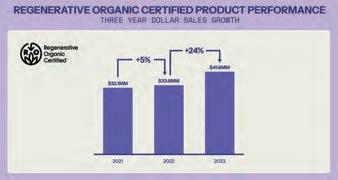
SPINS.


on several wine industry boards, including the Regenerative Viticulture Foundation, Sustainable Wine Roundtable, Wine Institute, Calpoly University Vit & Wine, Organic Trade Association and the Paso Robles CAB Collective. He was selected as one of Wine Enthusiast’s “Future 40” in 2023.

ONE BLOCK CHALLENGE PROGRAM
(1BC): Stephen Cronk, co-founder and chairman, Regenerative Viticulture Foundation
Stephen Cronk is the co-founder and chairman of the Regenerative Viticulture Foundation, a global non-profit dedicated to inspiring the transition to regenerative farming in vineyards. Stephen joined the London wine trade in his early-twenties, and 20 years and three children later he moved his family to Provence where he and his wife, Jeany, founded Maison Mirabeau, an internationally-recognized Rosé wine brand. In 2019, they acquired a 20-hectare estate near La Garde Freinet in the Côtes de Provence appellation. The soil, having been intensively farmed for the previous 25 years, resembled a moonscape, so the couple set out to bring the estate back to life. With the guidance and support of regenerative viticulture pioneers, they did just that. They are currently measuring the impact of this holistic system of farming over time.
BACKGROUND:
The future is regenerative. The Expo-West 2024: Trends and Treasures webinar was the collaborative effort of consumer-packaged goods (CPG) industry agencies Mattson, SPINS and Moxie Sozo, offering insights into the latest market developments, consumer preferences and products. The webinar also announced the results of a report on CPG market data, which revealed a strong alignment between some of the more popular emerging trends and the core values of Gen Z and Millennials: “carbon footprint” and “regenerative agriculture” were in their top five observed trends. The Regenerative Organic Certified eco-label has become a top sales performer, up 24% to $41.6 million from 2022 to 2023.
In addition, the effects and costs of farming inputs, from fuel to fungicides and fertilizers, have all increased drastically, causing farmers to reconsider conventional wisdom. As data from biodynamic trials begin to shed new light on how to harness nature’s biological services on the commercial scale, larger and larger growers are taking notice. The biodiversity present in healthy soil provides it with a myriad of nutrient cycling abilities that farmers are just




FIGURE 1 Regenerative Organic Certified Product have performed well from 2021-2023, according to
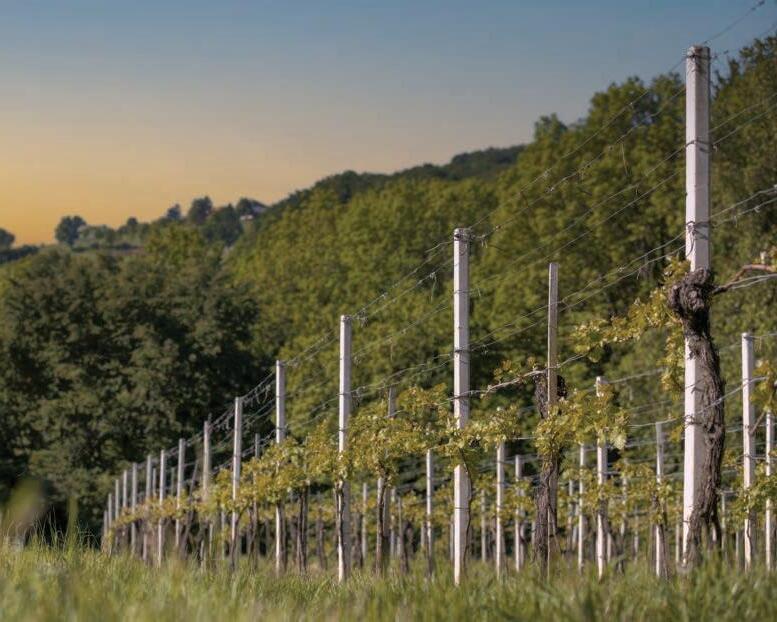

The One Block Challenge for the Regenerative Farming Movement
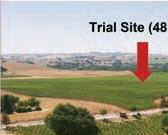
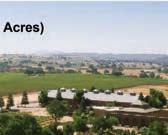

beginning to grasp as more data-driven approaches and technologies become available to safely guide growers in assessing their risk during the transition between systems.
All of this led one of the country’s largest producers, O’Neill Vintners & Distillers, to transition all estate properties into regenerative farming, with the hope of inspiring other growers to do the same.
Jeff O’Neill, founder, said, “When Caine [Thompson] shared the concept of trialing regenerative viticulture on our vineyards, I was fully supportive. I knew that this had the potential to build resilience and to fight climate change, and this four-year study has confirmed that. We are making better wines, rebuilding the soil, delivering what the customer wants and helping our fellow growers do the same. A rising tide lifts all boats, and the wine industry can use that right now.”
O’Neill isn’t alone in that effort. The Regenerative Viticulture Foundation’s One Block Challenge (1BC) is an initiative designed to encourage winegrowers to adopt and experiment with regenerative farming practices on a small, manageable scale. The challenge invites vineyards to dedicate at least one block of vines to regenerative viticulture methods, allowing them to observe the benefits of improved soil health and biodiversity. The goal is to demonstrate how regenerative techniques, such as cover cropping, composting, no/ low tillage, removal of herbicide and integrated livestock grazing, can enhance vineyard resilience, reduce inputs, avoid soil compaction and improve grape quality while also contributing to climate change mitigation. By implementing these practices in a single block, growers can assess the impact for themselves before expanding to a larger area. A short interview with RVF’s co-founder, Stephen Cronk, is provided following the Q&A with Caine Thompson.
Previously reported by wine journalist Pam Strayer, this pilot study was kicked off by O’Neill Vintners and now serves as a commercial example of a successful transition from conventional to regenerative organic farming methods for California growers. Caine Thompson, now a Regenerative Viticulture Foundation board member, is hoping to challenge other growers in Paso Robles by sharing his transition data, alongside sensor readings produced by Agrology, to better tell the story.
TRIAL OBJECTIVE:
The Regenerative Viticulture Foundation and Robert Hall Winery pilot KPIs on Paso Robles Cabernet Sauvignon to spearhead movement for other growers.
TRIAL DESCRIPTION:
This three-year regenerative conversion trial was carried out at Robert Hall Vineyards and Winery on Cabernet Sauvignon in the Geneseo AVA of Paso
Robles, Calif. during the 2021, 2022 and 2023 vintages. The experimental design involved the 48-acre vineyard block (FIGURE 2 ) in which 43 acres were transitioned to regenerative organic in 2021 while reserving five of those acres to be farmed conventionally to allow for data collection during the transition. Those five acres represent the control. The following table displays the change in farming practices from the conventional methods and regenerative methods applied.
Seasonal Management Methods for both blocks:
•Winter: Sheep Grazing + 6 tons/acre compost application
•Spring: Mowing
•Summer
•Pre-Harvest
•Post Harvest
Winemaking: Native Fermentation
•Add 30ppm KMBS at crush (keep at 20ppm)
•No enzymes added
•No oak added
•No tannin added
•Pump-over once per day
•No inoculation for MLF
•100% French oak
Agrology data:
O’Neill Vintners used Agrology sensors to better tell the story from the vine’s point of view. The data shows the results of regenerative farming practices,
5
Regenerative Organic Clemens undervine weeder
Bio-control mealybug destroyer, UAC-IQ, Mating disruption (Pheromone traps)
Sulphur, Pure crop oil Compost teas/preps botanicals: BD prep (CPP. 500, 501), Teas (Comfrey, Chamomile, Nettle) and Organic products (Zinc, Oroboost) 43
specifically in terms of soil moisture, CO2 in the canopy, carbon concentrations in the soil and ground temperature, and how they affect Brix levels and yield.
CONCLUSIONS:
Conventional control and regenerative blocks were farmed over a three-year period as described above. Each of these studies recorded a standard set of data that most growers use to measure winegrowing outcomes: tonnage and sugar concentration, as Brix, are common metrics used to specify grape purchase criteria between growers and vintners. Additionally, yeast assimilable nitrogen (YAN) and color provide insights into wine quality, along with actual wines to taste. Six wines were produced. However, no formal sensory data were reported on the wines, though they have been reserved for growers to taste the results for themselves at One Block Challenge presentations. The results of this study were as follows.
FIGURE 2 An overhead image of the 48-acre trial site at Robert Hall Vineyard and Winery in Paso Robles, California. Five of these acres make up the conventional “control” block.
Conventional Control Round up, Rely, Shark Wrangler (leaf hopper), Movento (Mealybug), Intrepid (tortrix moth)
Sulfur, Champ, Rally, Quintec, Telbustar Zinc, Calcium, Phosphate
FIGURE 3
The data show a minimal risk of major pitfalls during this transition case study. Given that no two vineyards are the same, the yields were slightly lower on the conventional side with slightly higher sugars at harvest as compared to the regenerative side, which showed higher yields with slightly lower sugar. Color intensity is slightly lower in the regenerative lot, but the YAN numbers were 20ppm higher, not to mention the regenerative sample wines at the Robert Hall tasting had slightly more complexity to them.
If one were to estimate the price of premium Paso Robles Cabernet Sauvignon at $2,500 per ton, the difference between farming an acre of each treatment, during the three-year transition, would be approximately $300 in favor of the conventional without adding on a regenerative organic premium for the grapes. But, if a picture is worth a thousand words, FIGURE 6 shows just how much the regenerative canopy has developed since it parted ways from the conventional method in 2021.
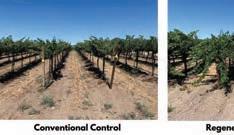
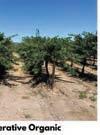
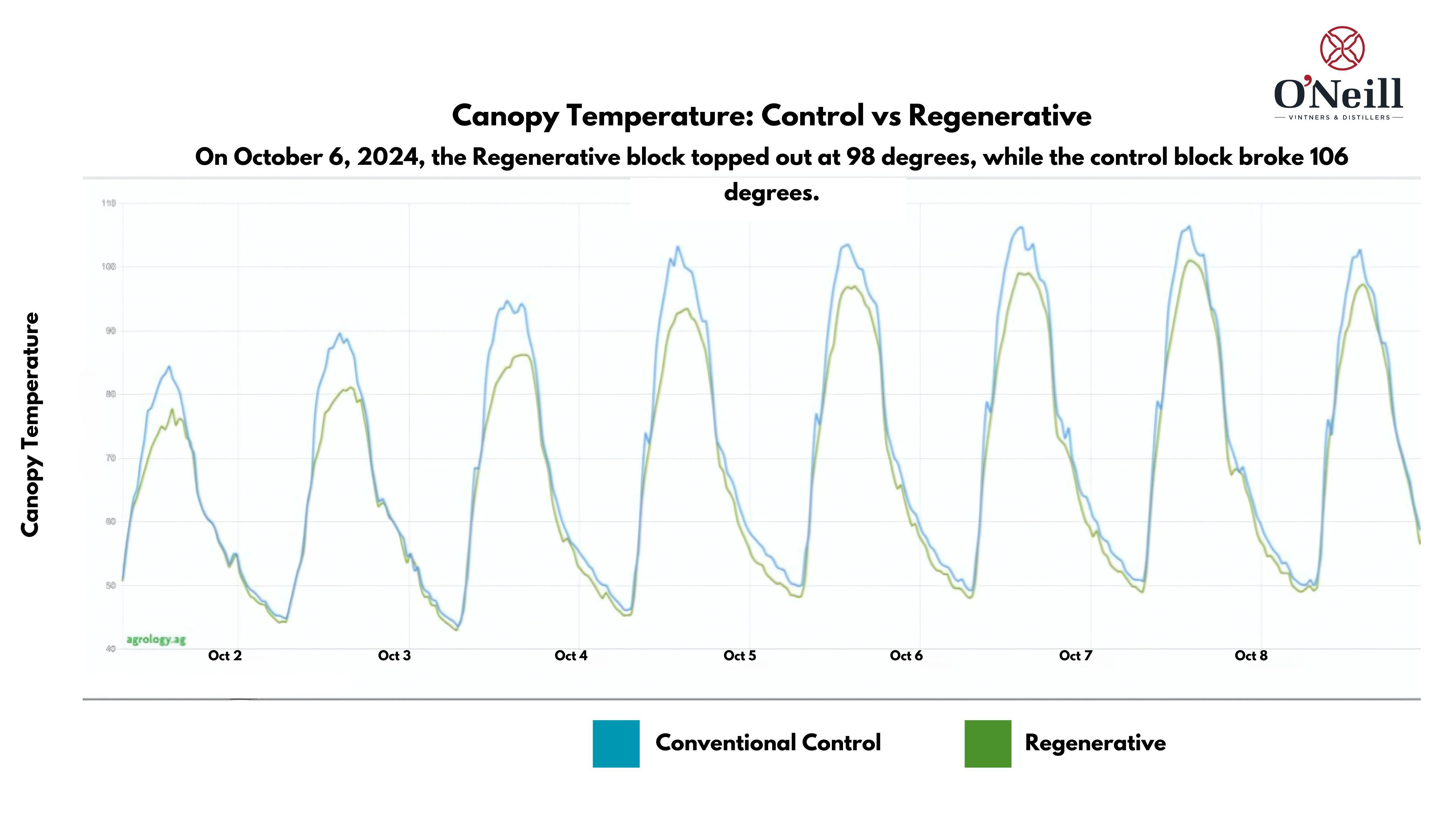
FIGURE 7 “Green represents the regenerative block, and blue represents the conventional block. This graph shows improved microbial activity throughout the season in the regenerative block, with particularly large differences in spring and early summer,” said Dana Revallo of Agrology. “The lines indicate daily totals of CO₂ respiration, closely mirroring the Haney test’s 24-hour incubation results. However, these measurements are taken directly in the field rather than in a lab. CO₂ released from the soil pores— known as soil respiration—is a direct indicator of microbial activity. While it doesn’t identify the types of microbial communities present, it does show the total amount of metabolic activity within the soil microbiome.”
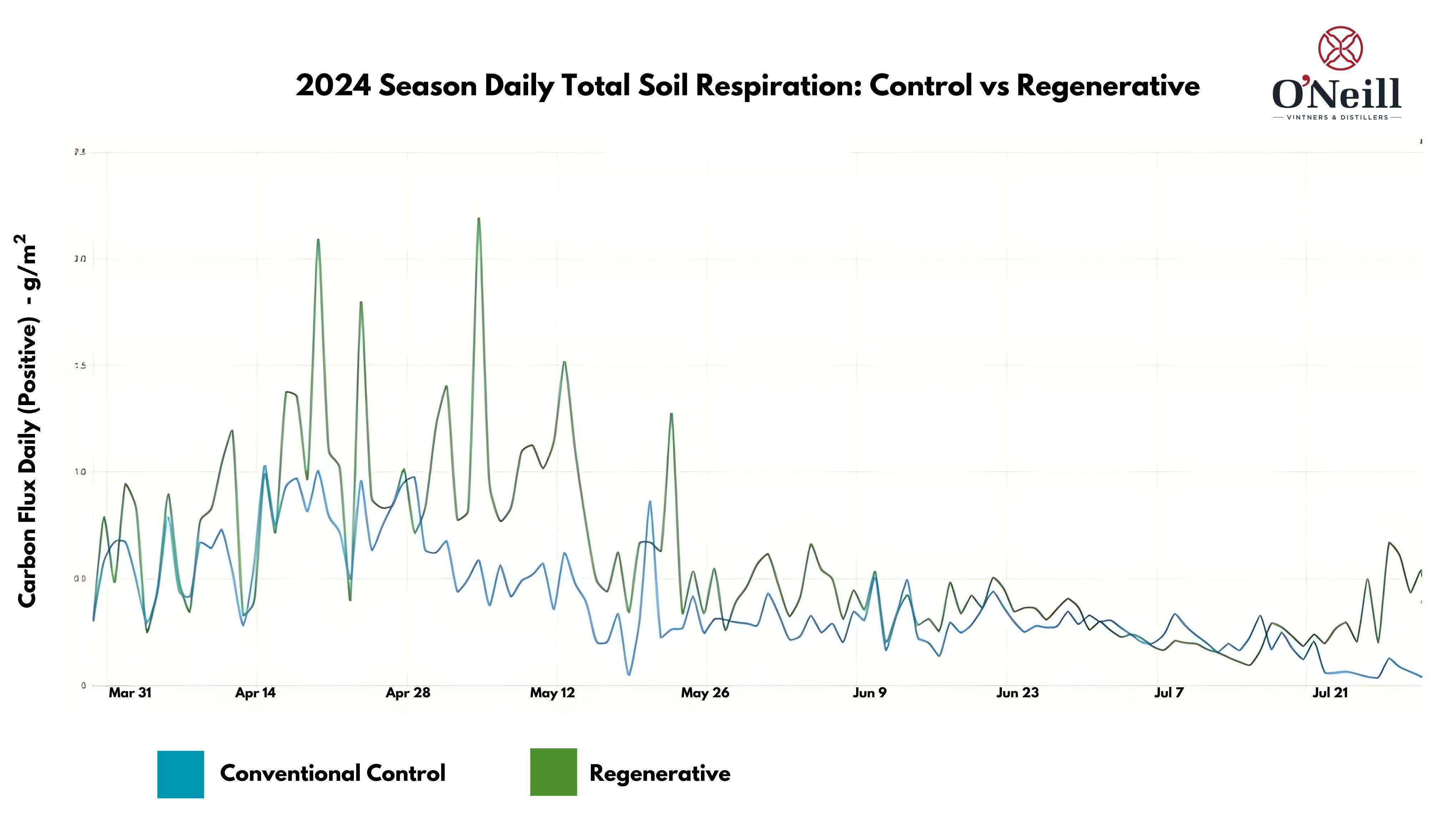
FIGURE 8 “This trial suggests that the risk of transitioning a vineyard to regenerative practices is relatively low,” noted Dana Revallo of Agrology. “Data from the three-year study period show that plants and soil have been especially active under regenerative management. Even though both the conventional and regenerative plots received the same compost applications, regenerative practices reduced soil evaporation, allowing more moisture to be released through evapotranspiration in the canopy. This created a cooler, more hospitable environment for the vines and soil, enhancing nutrient cycling services.”
Post-Mort Q&A with Caine Thompson, Robert Hall Vineyards
What was the motivation for transitioning Robert Hall/O’Neill Family Vintners to a regenerative farming system? What is the One Block Challenge?
ompson: When we started out on this project five years ago, we noticed that all our growers were certified sustainable. This was very encouraging for me since I came from an organic certified background in New Zealand, and the Regenerative Organic Alliance (ROA) had just been formed, and the whole notion of regenerative organic was growing. The ROA took the best parts of the current organic, Biodynamic and sustainable certification models, and it really resonated with farmers.
Tablas Creek was the original pilot, and I said to Jeff O’Neill, “This is the perfect opportunity to be involved in this new program,” and he was intrigued. I said, “How about we set up a side-by-side trial and make it an open-case study for industry to learn?” After all, we are all on this big blue and green planet together. Jeff was in. He loved the idea that we could learn
FIGURE 6 In the run up to harvest 2024, you can visibly see the difference in canopy growth between conventional and regenerative treatments.
winery tanks

this stuff together collectively as an industry, so I set up the grower data in a way that we thought growers would want to see when making the transition. We wanted to capture what a conversion would look like in numbers so that outcomes, in terms of carbon sequestration, organic matter, biodiversity, etc., were clear. Basically, we are forming the farming metrics of the future.








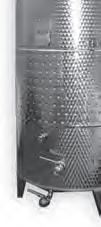







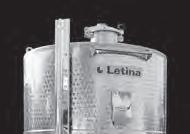







The One Block Challenge program evolved when I was asked to join the Regenerative Viticulture Foundation’s board of trustees. RVF’s founder, Stephen Cronk, wanted a program that would function as a guide for growers that were looking to transition to regenerative around the globe. The One Block Challenge came out of these discussions to advance viticulture on a global scale. The goal of this challenge was to meet growers where they are and let them define their own starting point and have a common set of data to allow comparison of one region to another.



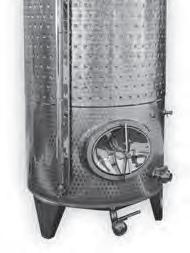



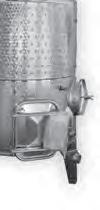

Harvest is on the horizon. You need tanks and you need them now, but compromising on quality to get them fast is not how great wines are made.
We’re ready. Our Letina stainless tanks – jacketed, single wall, variable, you name it –are built in Europe and in stock in our Pacific Northwest warehouse, ready to ship.
Want more info? Call us today, or visit:

When the question came up about where to do this first, I said, “Let’s do this at Robert Hall Winery in Paso Robles where I already have a trial going.” Since I also sit on the board of the Paso Robles Cab Collective (PRCC), when I pitched the idea of piloting the One Block Challenge concept in Paso Robles to Linda Sanpei and the PRCC Board, they were on board. Of course, Paso has a lot of different varieties to offer, so I also pitched it to Joel Peterson of the Paso Robles Wine Country Alliance, and they were in too. We have a full commitment from Paso Robles and already have 25 vineyards signed up to join our pilot trials this year!
Which variety did you choose for your trial and why?
ompson: We chose Cabernet Sauvignon because about 60% of the planted area in Paso Robles is Cabernet. Pretty much everyone can relate to Cab.









Stainless Steel Tanks: Various Sizes, Square & Round with or without doors,
Open Top Fermenters.
Fire & Ice: CH3-CH7
Single & Double Fan Coils
Centrifugal Pumps: 5HP & 10 HP
Waukesha Pumps: Model 40 & 130
Hot Carts & Steam Carts
Air Pumps
Ozone Machines CONTACTUSTODAY!
SantaRosaOffice
Tel:707-546-0146
Fax:707-546-2247
TollFree:1-877-996-8757
Email ptrental@butchcamerontrucking.com
Paso RoblesOffice
Tel:805-835-5099
Email csilva.bctsolutions@gmail.com
Hours Of Operation
Monday-Friday8am to 5pm
How did you design your trial? What parameters did you measure to evaluate the differences between the conventionally farmed system and the transition?
ompson: Our main goal was to minimize variability. We started with setting trial blocks up by selecting all the same vines, clones, rootstocks, and looked at irrigation maps to make sure they all got watered at the same time and that they were planted at the same time. We looked at NDVI for canopy vigor, soil types and variability. We knew that there would be a lot of eyes on the data, so we fully vetted the trial plots prior to starting.
What were the team’s initial hypotheses before beginning the experiment?
ompson: Amanda Gorter directed winemaking for all the wines from each trial lot. Charlie Dubbe from Agrology helped us set up the sensors in the vineyard that we used to capture and interpret environmental data to see what was happening in the soil and canopy. Specifically, we wanted to see what was happening in the soil with regards to carbon and nitrogen, especially the direct correlation of what is going on with the canopy in relation to the soil. Elizabeth Whitlow, ROA’s executive director at the time, provided guidelines to make sure that we were farming correctly. We were basically farming sustainably and transitioned to a regenerative organic system. Dr. Ariana Bozzolo, research director of the Rodale Institute’s California Organic Center, has been a collaborator about regenerative best practices, and Nathaniel Simons from Rodale was helpful as we went through the ROC certification process transitions.
Did you encounter any difficulties during the trial?
If so, how did you address these complications?
ompson: The viticulture side was straightforward; however, we found that one of the most challenging pieces about the regenerative transition trial treatment was finding sheep in time for the work that needed to be done. There are lots of little operational details like that to sort out when you are changing systems. When you are transitioning from spraying herbicides to animals and under-vine machines doing the work, there is a learning curve
around things, like selecting which equipment is best for the property—especially when it comes to sandy versus clay and other soils. On the control side, there are different sprays and applications to address different things, like powdery mildew. On the organic side, there are sulfur and crop oils, and each has a learning curve regarding which product to use and when to use it. Lots of conventional growers perceive organic methods as being weaker and, therefore, higher risk, but they are every bit as effective.
What was the most important outcome of the trial that growers can use?
ompson: Growers fear that the transition could be a disaster. We were able to show in both data and wine quality that making the transition to regenerative was a break-even proposition. Most importantly, these vines are more resilient and, given more time, will likely outperform their conventionally farmed counterparts. That does not even include the overall life expectancy of a regeneratively-farmed vineyard that can outlive conventionally farmed ones by decades.
Were the results as you predicted or did anything unexpected occur?
ompson: I was not expecting the canopy to be so resilient on the regenerative side. The leaf and vines were larger than the control. It was also surprising to see how fast the response was when you use more nature-based solutions. When you take out some of the synthetics, you start to see more life and biodiversity. You can feel parts of the vineyard coming alive. We are getting the same level of pest control, using bio controls, as we are getting on the conventional side.
How did you evaluate fruit quality?
Did you make wine from both trials?
ompson: We measured Brix, pH, TA and color then made wines out of each trial block each year. After four years, its chemistries have been consistent across the wines each year. The regenerative trial seems to be more resilient during the climate extremes. The denser canopies do a lot better job at shading the vineyard floor, so we only had one day over 100°F on the regenerative side versus eight days on the conventional side. These differences are also shown in the wine too. The regenerative blocks show less over-ripe flavors and more complexity. You lose a sense of place on the over-ripe stuff to jammyness and alcohol.
Do you plan to conduct a follow-up trial to re-test these results?
ompson: Yes, the initial idea of the trial was to document the transition through Regenerative Organic Certification (ROC), but we are still learning, and now with the One Block Challenge program there are other viticulturists and winemakers that are interested. We decided to leave this trial in the ground and will continue this trial into the future to see how these practices compare long-term. Four years is great, and given all the interest we thought, “Wouldn’t it be great to document the long-term effects of regenerative farming?”
A
Few Words with Stephen Cronk, Co-founder of the Regenerative Viticulture Foundation
What was the inspiration to create the RVF?
Cronk: When I bought my wine estate in Provence (Domaine Mirabeau), I realized that going organic wasn’t going to give me a pathway to rebuild my soils or restore biodiversity at the estate. I discovered regenerative farming
via an article by Eric Asimov. I reached out to Mimi Casteel who was very helpful; she reminded me that RA was considered a little bit “out there,” in the world of wine, and no one was really teaching it as a farming method. We then met a permaculture specialist from Denmark, and the three of us decided to create a learning and support hub for wine producers around the world who wanted to transition to regenerative. That was during COVID, and even in the short time since then, the movement has grown by leaps and bounds.
How does your organization support growers around the globe who are looking to transition to` regenerative?
Cronk: Our website has a huge amount of resources. A great starting point is our free RV Guide which walks growers through the practices we consider useful in farming vines regeneratively in the context of their own vineyard. It helps them identify the good practices they may already have, consider how integrated they are and discover new practices. They can choose to be included on our map of growers interested in farming vines regeneratively. The map is powerful because it enables growers to identify neighboring vineyards who they can go to and visit. We know how important it is to see something with your own eyes and talk to someone who is a bit further along the regen journey. This peer-to-peer mentoring is powerful.
What is your vision for next year’s One Block Challenge and how can people join or follow along?
Cronk: After the launch of the Paso Robles Pilot One Block Challenge, we plan for everyone to meet in a year’s time to compare notes. We’re also planning One Block Challenges in other AVAs, as well as South Africa and New Zealand. It’s a great way for wine producers to make a gentle start without “betting the farm” on it. WBM






Red Blotch: A Disease that Defies Comparison
Victoria J. Hoyle and Marc Fuchs
Meet the Authors: Victoria J. Hoyle is a Postdoctoral Researcher in Plant Virology at Cornell University. She received her PhD in Plant Pathology in 2024 at Cornell University where she investigated the ecology of red blotch disease and the biology of the three-cornered alfalfa hopper.
Marc Fuchs is a Professor of Plant Virology at Cornell University. His research and extension program focuses on viruses and fruit and vegetable crops. For grapevines, Marc is working on red blotch, fanleaf and leafroll diseases.
KEY POINTS
• Red blotch disease is caused by grapevine red blotch virus (GRBV).
• The three-cornered alfalfa hopper (TCAH) vectors GRBV.
• TCAH is not a direct pest of grapevines but can girdle petioles and shoots.
• Girdles are not indicative of GRBV transmission.
• At this time, block removal and zonal rogueing are the most appropriate red blotch management responses to limit GRBV spread and maintain fruit quality when disease incidence is low to moderate.
• No control actions are recommended against TCAH in vineyards, given the wide-ranging feeding nature of this treehopper and its ability to fly 0.2 to 3 miles.
RED BLOTCH DISEASE emerged as a major threat to U.S. viticulture more than 25 years ago. The causal agent of the disease is grapevine red blotch virus (GRBV). This virus inhibits sugar translocation from leaves to fruits, suppresses flavor and aroma metabolic pathways and modifies grape cell walls, reducing fruit quality and negatively altering wine sensory attributes.16,17 GRBV is transmitted by the three-cornered alfalfa hopper (TCAH, Spissistilus festinus) in vineyards5,6,7 although this insect is not a pest of grapevines.
The disease is estimated to incur losses as high as $27,741 per acre over the 25-year lifespan of a Cabernet Sauvignon vineyard.14 Great strides in virus biology and disease ecology indicate that red blotch is a disease with no comparison; its characteristics are distinct from any other known viral disease of grapevines. Here, we provide a brief update on red blotch disease epidemiology and management options, with the aim of inspiring the adoption of informed responses.
Disease Epidemiology
While planting stock is the primary source of GRBV inoculum,3,4,5 secondary spread of the virus occurs via TCAH although it is inefficient. The transmission of GRBV by TCAH is circulative, meaning that the virus must move through the body of the insect by traversing the gut wall and reaching the
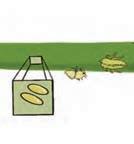
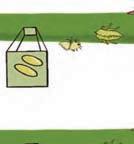
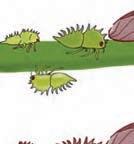
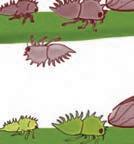



1 Drawing of the three-cornered alfalfa hopper (TCAH) life cycle from egg to adult with five instar stages. Eggs are deposited by females in plant tissue and nymphs are wingless. Transmission of grapevine red blotch virus (GRBV) by TCAH is circulative (top panel), as shown by white arrows in a colored adult. The virus can persist through molt, for example, from third instar to adulthood (middle panel), but not from females to offspring via eggs (bottom panel).
salivary glands to be transmissible (FIGURE 1, TOP PANEL ).6 More so, a nymph can feed on a GRBV-infected plant and retain the virus into adulthood (FIGURE 1, MIDDLE PANEL ), but an adult mother will not pass the virus to her offspring (FIGURE 1, BOTTOM PANEL ).
One reason why transmission of GRBV by TCAH is rather inefficient is because grapevines are not a preferred feeding host of TCAH.8,13 However, TCAH disperses by walking, jumping and flying,9 making the spread of GRBV incongruent to other viruses transmitted by insect vectors, such as mealybug-transmitted viruses associated with leafroll disease. It also means that when the sources of virus inoculum are unmanaged, secondary spread can occur more rapidly.3,4
FIGURE
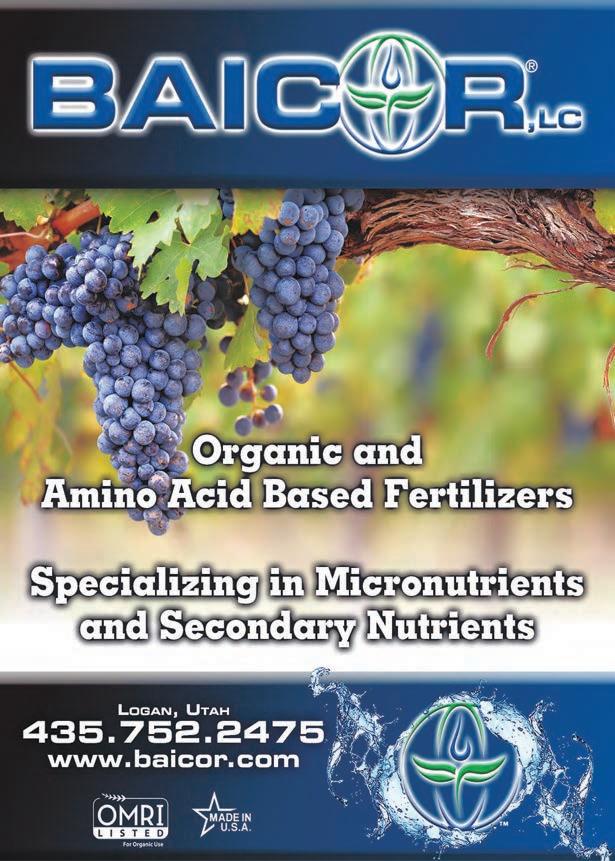
Red Blotch: A Disease that Defies Comparison
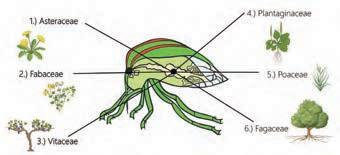
FIGURE 2 Plant material from six predominant families found in the gut of TCAH caught in Napa Valley vineyards in 2021 and 2022. Plant families are numbered sequentially based on their prevalence over two consecutive years.
TCAH from vineyard ecosystems in Northern California rely on many plant hosts for feeding, reproducing and overwintering. Based on our feeding studies,8 we learned that the preferred plant families visited by TCAH, during a growing season, include Asteraceae (prickly lettuce, bristly oxtongue, thistle, etc.), Fabaceae (alfalfa, sweet clover, clover, bird’s-foot trefoil, etc.), Vitaceae (wild vines and winegrapes), Plantaginaceae (plantain and fluellin), Poaceae (rye grass, fescue, oat, etc.) and Fagaceae (oaks) (FIGURE 2 ). TCAH feed on many plants in diverse habitats in Northern California ecosystems, including forests, grasslands, riparian areas and vineyards.8 (FIGURE 3 ).
Extensive testing has shown that beyond table, juice, raisin and winegrapes, rootstocks and wild Vitis spp., no additional vegetation harbors GRBV.3,8,19 In fact, an interconnectivity between riparian areas that contain wild Vitis spp. and vineyards has been documented, with TCAH able to transmit GRBV to, from and in-between wild vines and vineyards.7.8
Epidemiological work in a Cabernet Franc vineyard in Napa Valley indicated an increase in red blotch disease incidence from 3.9% in 2014 to 36.4% in 2023.4 Anecdotally, the winemaker who used the fruit from this block
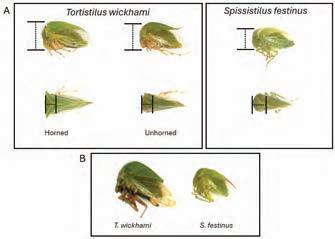
FIGURE 4 Specimens of Spissistilus festinus (TCAH) and Tortistilus wickhami (TWICK) from northern California. (A) TCAH females have a smaller body size compared with TWICK females and a pronotum gradually curving backwards with lateral ridges joining midway to the length of the body while TWICK’s pronotum rises vertically above the head with lateral ridges joining over the thorax. Females are overall bigger in size than males for the two treehopper species, but (B) TWICK males are bigger in size than TCAH males. Please note that panels A and B are not shown at the small scale.
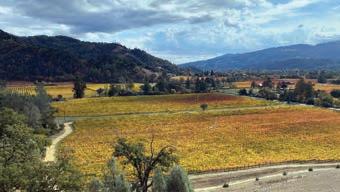
FIGURE 3 Landscape view of a vineyard ecosystem in Napa Valley to illustrate the diverse habitats visited by TCAH, including forests (background), grassland (front right) and riparian woodland (front left), as well as close or distant vineyard blocks. These habitats were identified based on gut content analyses of TCAH.
noticed a marked drop in quality in 2022 when disease incidence reached approximately 30%, a threshold previously identified by economists for vineyard removal.14
An inverse correlation between rainfall events and the rate of disease spread with a three- to four-year lag was also noticed.4 In other words, above average rainfall, during spring and summer, in a given year was observed to reduce virus spread three to four years later. This observation is unprecedented for a grapevine viral disease and is likely explained by a very long period for the development of disease symptoms following TCAH-mediated GRBV inoculation of winegrapes, and the attractiveness of natural and riparian habitats to TCAH.
Plants in natural and riparian habitats (as opposed to grapevines in vineyards), including wild vines, are preferred feeding hosts of TCAH.8 These plants flourish during years of above average spring and summer rainfall, thus influencing TCAH outside vineyards and away from winegrapes. The latency period for red blotch is still being investigated, but preliminary information suggests it takes at least two growing seasons for symptoms to become visible (if at all) following grapevine infection by viruliferous TCAH.
Further studies in the Cabernet Franc vineyard revealed that asymptomatic, GRBV-infected vines can contribute substantially to disease prevalence, particularly at the forefront of an epidemic hotspot, i.e., a vineyard area with infected vines that are aggregated.4 In such forefront areas (FIGURE 6, SUBSECTIONS 1 AND 2 ), the same number of asymptomatic and symptomatic, GRBV-infected vines can be found. This means that more infected vines than those identified based on visual observations of symptoms are present in the vineyard, creating invisible hotspots and making the tracking down of actual spread challenging.
Invisible hotspots are even more predominant for white-berried cultivars, such as Sauvignon Blanc, and rootstocks, like 101-14 MGt, because assessing disease symptoms visually is difficult for the former (symptoms are less conspicuous than on red-berried cultivars) and impossible for the latter (infections are asymptomatic).
As a result, identifying infected vines by visual assessment alone can greatly underestimate disease prevalence because asymptomatic, GRBV-infected vines are hidden to the naked eye. As a reminder, both asymptomatic and symptomatic vines contribute to disease spread at a regional level.3,4 Beyond TCAH, additional buffalo treehoppers are found in vineyards. All these hoppers can girdle petioles and shoots of grapevines. One of these species, Tortistilus wickhami (TWICK), is found readily in northern California vineyards and is a TCAH look-alike (FIGURE 4 ).






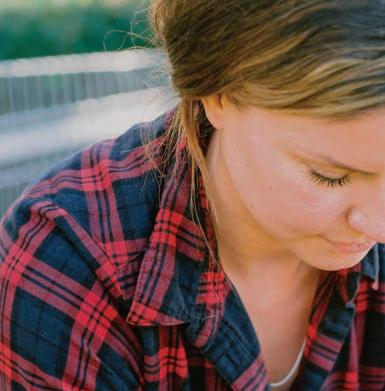

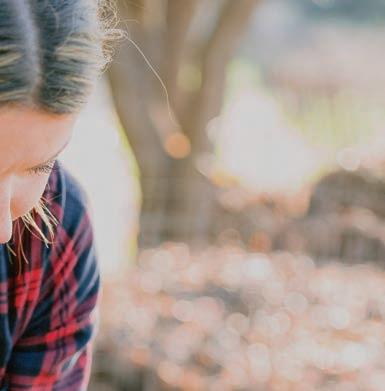
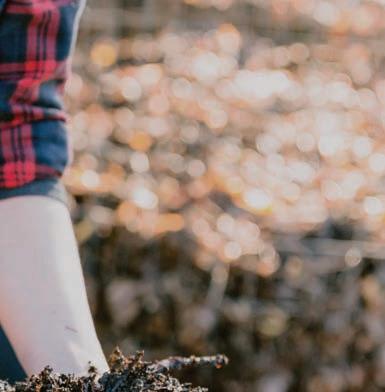


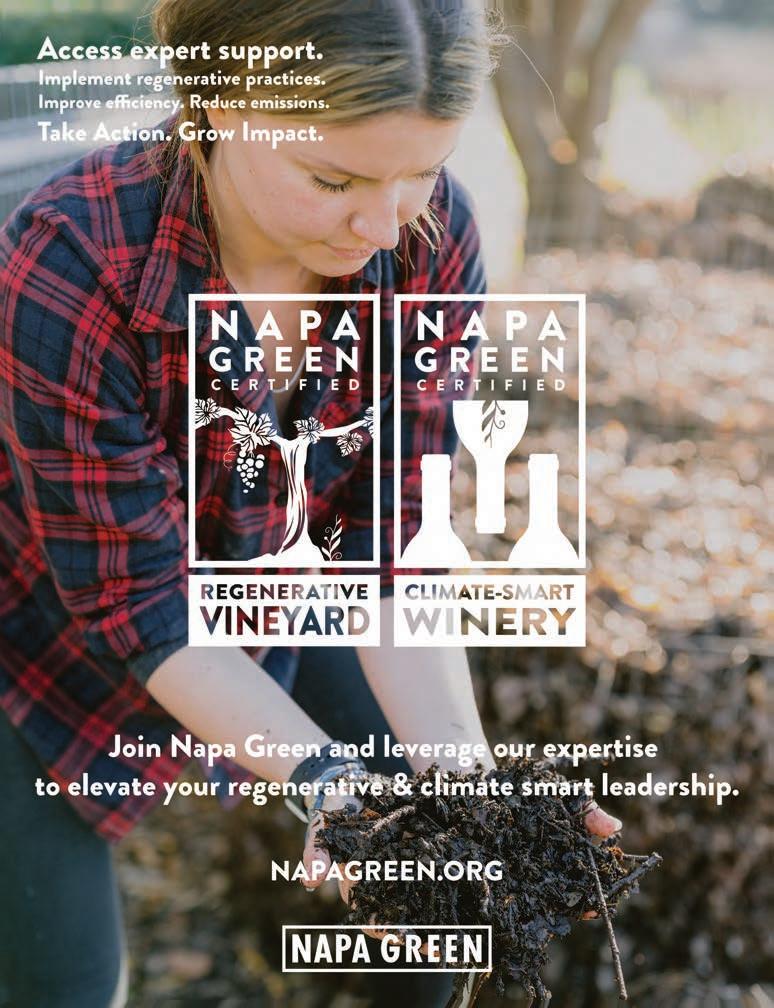


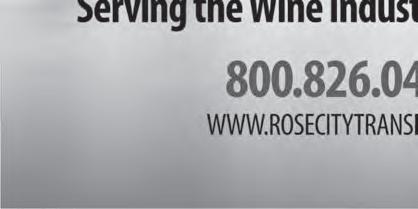
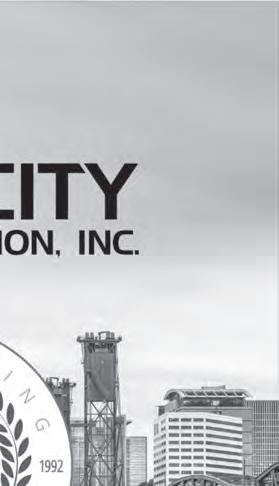
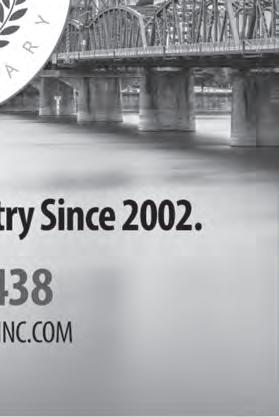
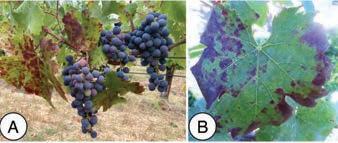
FIGURE 5 Symptoms on leaves of a Cabernet franc vine (A) infected with grapevine red blotch virus (GRBV) with poorly ripening fruits, (B) displaying potassium deficiency. It is important to confirm the presence of GRBV in symptomatic vines and its absence in asymptomatic vines by diagnostic assays such as PCR or LAMP for mapping purposes. The photos were taken mid-September prior to fruit picking.
TWICK exists as horned and unhorned specimens (FIGURE 4 ). Unlike TCAH, TWICK is more social, traveling in hordes and settling temporarily on plant hosts around vineyards. TWICK is primarily found at high elevations2,10 but is highly unlikely to contribute to the spread of GRBV.10
Disease Management
Recommendations
Red blotch disease management responses should be tailored to individual vineyard blocks. It is critical to reduce the presence of GRBV-infected vines in diseased vineyards to limit virus spread, thus lessening impacts on fruit quality and lowering economic losses. This can be achieved by scouting vineyards of red-berried cultivars for disease symptoms from September to November in Northern California (FIGURE 5 ) and flagging diseased vines. Some of the flagged vines should be tested for GRBV by diagnostic assays, such as polymerase chain reaction (PCR)11,18 or loop-mediated isothermal amplification (LAMP),15 to confirm the presence of GRBV. A few randomly selected asymptomatic vines should similarly be tested. For vineyards of white-berried cultivars, testing for GRBV by PCR and/or LAMP is even more critical because visual assessments of disease symptoms are less reliable.
PCR testing can be outsourced to reputable commercial laboratories while LAMP assays can be performed in-house. Testing symptomatic and asymptomatic samples for GRBV by PCR or LAMP is important to raise confidence in the visual identification of diseased vines. Additionally, in vineyard areas where diseased vines are more or less aggregated, testing tissue samples from asymptomatic vines that surround symptomatic ones, for instance, by using a LAMP assay, is highly encouraged. This is critical to identify vines that are GRBV-infected but do not display disease symptoms, as described above, to better circumscribe hotspot areas. Scouting, testing, mapping and rogueing infected vines should be part of an annual red blotch disease management strategy.
Vineyard maps that display the location of diseased vines over three to four growing seasons can then be thoroughly analyzed to visualize disease progression within and across vineyard blocks. Maps of individual blocks can also be correlated with fruit quality data. Such analyses are paramount to determine whether the removal of an entire block or targeted sections of a block, or rogueing individual vines are appropriate disease management responses.
Based on economic studies, block removal is recommended when disease incidence is 30% or more, and rogueing individual vines is recommended when disease incidence is less than 30%.14 These recommendations should be used to contextualize the best management option based on the level of tolerance to the disease and business model of the estate.
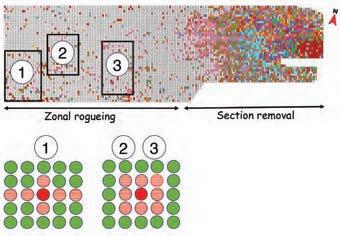
FIGURE 6 Informed red blotch disease management responses in a 5-acre “Cabernet franc” vineyard. Diseased vines in 2014 (burgundy red), 2015 (kelly green), 2016 (denim blue), 2017 (indigo purple), 2018 (blaze orange), 2019 (honey yellow), 2020 (cyan blue), 2021 (lava gray), 2022 (medium brown) and 2023 (salmon pink) are depicted. The eastern section of the vineyard is recommended for removal, given the huge hotspot with a very high incidence of aggregated diseased vines. Smaller western areas of the vineyard labeled 1, 2 and 3 are recommended for zonal rogueing with the elimination of a single diseased vine and six adjacent vines in subsection 1 with a 22% disease incidence of aggregated vines, or a single diseased vine and eight adjacent vines in subsections 2 and 3 with a 26% disease incidence of non-aggregated vines. Vines adjacent to the diseased vine should be eliminated regardless if they display disease symptoms or not. North (N) is indicated by a red arrow.
Correlated vineyard maps are also essential to identify areas with a low to moderate disease incidence (5 to 25%) but aggregated diseased vines (FIGURE 6 ). These are areas where disease spread may be occurring faster.3,4 It is in such areas that zonal rogueing, rather than conventional rogueing, is recommended.4 Conventional rogueing consists of the removal of a diseased vine, which is then replaced with a healthy vine. Zonal rogueing consists of the removal of a diseased vine plus six or eight vines that surround it, regardless of whether they display disease symptoms or not, and these seven to nine vines are then replaced with healthy vines (FIGURE 6 ). Zonal rogueing is designed to eliminate or reduce epidemic hotspots.
It is sometimes justified to remove entire sections of a diseased vineyard when hotspots are big in size (FIGURE 5 ). Furthermore, entire diseased vineyard blocks can act as a virus source for transmission by TCAH and thus, are likely to influence the disease status of many other vineyards within a wide radius. This radius is estimated to range from 0.2 to 3 miles based on the flying capacity of the vector.1,8 Therefore, area-wide disease management efforts are highly recommended for red blotch in Northern California, given the long-distance flying capacity of TCAH and widespread distribution of the disease.
Other Considerations
It is paramount to carefully select replanted vines following rogueing by ascertaining the absence of GRBV (and other economically relevant viruses, such as leafroll viruses) in rootstock and scion stocks from which the cuttings and budwood are sourced for grafting the replants. Using clean planting material is essential to vineyard health and integrity. Beyond rogueing and vine replacement within vineyards, it is also necessary to consider other potential sources of virus inoculum found in natural riparian habitats. Provided an
DURABILITY SUSTAI NABILITY
Keg Filling, Leasing & Logistics Services

zero-waste package for wines served on-premise
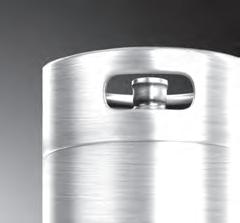
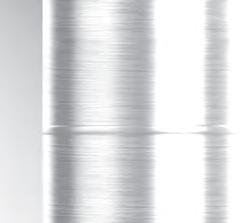
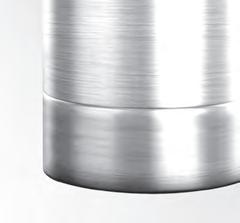
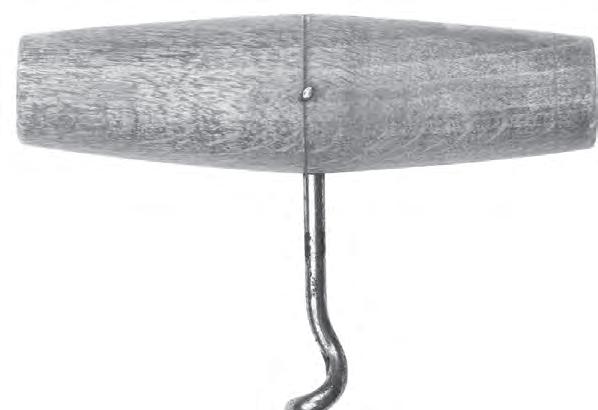
Smoke Taint Symposium June 17, 2025
Merit Award Presentation

June 16-19, 2025



Portola Hotel and Monterey Conference Center Monterey, California USA
To register, visit asev.org
Mr. Larry Bettiga, University of California Cooperative Extension, Monterey County
ASEV Extension Distinction Award Presentation
Mr. Justin Scheiner, Texas A & M University, College Station
Keynote Presentation
Dr. Laura Catena, Catena Zapata, Argentina
Honorary Research Lecturer
Dr. Markus Keller, Washington State University, Prosser
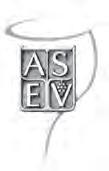







Red Blotch: A Disease that Defies Comparison
environmental permit from the Department of Fish and Wildlife Services has been secured before undertaking vegetation management in riparian corridors, GRBV-positive wild vines should also be targeted for removal to reduce the virus inoculum in vineyard ecosystems.
At this time, it is discouraged to take any action against TCAH within vineyard systems. This includes changes in cover cropping techniques, insecticidal spray regimens or mapping for girdles. These mitigation strategies are futile because TCAH relies on a multitude of plant hosts, with individuals feeding on up to 25 different plant genera8 with the ability to fly in many directions.1,8 In addition, TCAH movement and GRBV spread patterns have not been found to correspond with girdle sites as this hopper is likely not the primary contributor to girdles found in vineyards; thus mapping girdles should not be used for locating potential diseased vines.
Red blotch mitigation options can be considered to improve fruit quality. These strategies consist of enhancing vine vigor (through, for instance, foliar applications of potassium), selective harvests or separate fruit picking. However, mitigation strategies can only be temporary solutions for which financial gains are uncertain and, if any, are short-term only because they do not curtail the disease impacts on vineyard health and integrity.
Takeaways and Research Questions
Red blotch is a disease that defies comparison. GRBV, the causal agent, is unique among grapevine viruses, and TCAH is only the second treehopper known to vector a plant virus. Little is known about the behavior of TCAH in vineyard ecosystems, for instance, its overwintering plant hosts remain to be identified. Similarly, research is needed to understand why TCAH uses wild vines in riparian areas but not winegrapes to complete its life cycle.
The potential of hyperspectral imaging should be further explored for scouting and identification of GRBV-infected grapevines in vineyards,12 and canines could be trained to detect GRBV-infected vines for early virus identification in nursery increase vineyard blocks. Zonal rogueing should be validated as a disease management response.
More importantly, for disease management, it is imperative for all sectors of the grape and wine industries to strategically work together. For example, planting stocks for which the absence of GRBV (and leafroll viruses) is certified need to be confidently sourced. This goal is critical for vineyard health because no Vitis material is known to be resistant to GRBV, and there is no cure for red blotch disease in the vineyard; it can only be achieved through synergistic activities between growers, nurseries, commercial laboratories that offer testing services and certification authorities.
It is expected that a sustained dialogue between researchers, growers, vineyard managers, vintners, wineries, nurseries, extension educators and regulators will create unique opportunities for addressing the unique challenges caused by a disease that defies comparison. WBM
References
1. Antolinez, C.A., Chandler, M., Hoyle, V., Fuchs, M. and M. Rivera. 2023. Differential flight capacity of Spissistilus festinus (Hemiptera: Membracidae) by sex and age. Journal of Insect Behavior 36:347-357.
2. Caldwell, J.S. 1949. A generic revision of the treehoppers of the tribe Ceresini in America north of Mexico, based on a study of the male genitalia. Proc. U. S. Natl. Mus. 98:491-521.
3. Cieniewicz, E., Flasco, M., Brunelli, M., Onwumelu A., Wise, A. and M.F. Fuchs. 2019. Differential spread of grapevine red blotch virus in California and New York vineyards. The Phytobiomes J. 3:203-211.
4. Flasco, M., Heck, D. Cieniewicz, E.J., Cooper, M.L., Pethybridge, S. and M. Fuchs. 2025. A decade of grapevine red blotch disease epidemiology reveals zonal rogueing as novel disease management npj Viruses, in review.
5. Flasco, M. Hoyle, V., Cieniewicz, E.J. and M. Fuchs. 2023. Transmission of grapevine red blotch virus: a virologist’s perspective of the literature and a few recommendations. Am. J. of Enology & Viticulture 74:0740023.
6. Flasco, M., Hoyle, V., Cieniewicz, E.J., Roy, B.G., McLane, H.L., Perry, K.L., Loeb, G., Nault, B., Heck M. and M. Fuchs. 2021. Grapevine red blotch virus is transmitted by the three-cornered alfalfa hopper in a circulative, nonpropagative transmission mode with unique attributes. Phytopathology, 111: 1851-1861.
7. Hoyle, V., Flasco, M., Choi, J.J., Cieniewicz, E.J., McLane, H.L., Perry, K.L. Dangl, G., Al Rwahnih, M., Heck, M., Loeb, G. and M. Fuchs. 2022. Transmission of grapevine red blotch virus by Spissistilus festinus (Say, 1830) (Hemiptera: Membracidae) between free-living vines and Vitis vinifera ‘Cabernet Franc’. Viruses 14:1156.
8. Hoyle, V.J., Headrick, H., Cooper, W.R., Fendell-Hummel, H.G., Cooper, M.L., Flasco, M., Cieniewicz, E., Heck and M. Fuchs. 2025. Ecological connectivity of plant communities for red blotch disease dynamics revealed by the dietary profiles and landscape-level movement of Spissistilus festinus The Phytobiomes Journal, https://doi.org/10.1094/pbiomes-11-24-0105-r.
9. Hoyle, V.J., Shultz, M., McGinnity Schneider, E.J., Roy, B.G. and M. Fuchs. 2024. Lack of vertical transmission of grapevine red blotch virus by Spissistilus festinus but sex-associated differences in horizontal transmission. Insects 15:1014.
10. Hoyle, V.J., McGinnity Schneider, E.J., McLane H.L., Wunsch, A.O., FendellHummel, H.G., Cooper, M.L. and M.F. Fuchs. 2024. Assessing the potential of Tortistilus (Hemiptera: Membracidae) from Northern California vineyards as vector candidates of grapevine red blotch virus. Insects 15:664.
11. Krenz, B., Thompson, J.R., McLane, H.L., Fuchs, M. and K.L. Perry. 2014. Grapevine red blotch-associated virus is widespread in the United States. Phytopathology 104:1232-1240.
12. Laroche-Pinel, E., Singh, K., Flasco, M., Cooper, M.L., Fuchs, M. and L. Brillante. 2025. Grapevine red blotch virus detection in the vineyard: leveraging machine learning with IS-NIR hyperspectral images. Computers and Electronics in Agriculture 234:11-251.
13. Preto, C.R., Sudarshana, M.R. and F.G. Zalom. 2018. Feeding and reproductive hosts of Spissistilus festinus (Say) (Hemiptera: Membracidae) in a Californian vineyard. J. of Economic Entomology 111:2531-2535.
14. Ricketts, K.D., Gómez, M.I., Fuchs, M.F., Martinson, T.E., Smith, R.J., Cooper, M.L., Moyer, M.M. and A. Wise. 2017. Mitigating the economic impact of grapevine red blotch: Optimizing disease management strategies in U.S. vineyards. Am. J. of Enology & Viticulture 68:127-135.
15. Romero-Romero, J.L., Carer, G.D., Arce Johnson, P., Perry, K.L. and J.R. Thompson. 2019. A rapid, sensitive and inexpensive method for detection of grapevine red blotch virus without tissue extraction using loop-mediated isothermal amplification. Archives of Virology 164:1453-1457.
16. Rumbaugh, A., Medina-Plaza, C., Sudarshana, M.R. and A. Oberholster. 2023. Grapevine red blotch virus alters grape skin cell-wall composition impacting phenolic extractability during winemaking. Journal of the Science of Food and Agriculture 103:3457-3467.
17. Rumbaugh, A.C., Sudarshana, M.R. and A. Oberholster. 2021. Grapevine red blotch disease etiology and its impact on grapevine physiology and berry and wine composition. Horticulturae 7:552.
18. Setiono, F.J., Chatterjee, D., Fuchs, M., Perry, K.L. and J.R. Thompson. 2018. The distribution and ability to detect grapevine red blotch virus in its host depends on time of sampling and tissue type. Plant Disease 102:2187-2193.
19. Wilson, H., Hogg, B.N., Blaisdell, G.K., Andersen, J.C., Yazdani, A.S., Billings, A.C., Ooi, K-l.M., Soltani, N., Almeida, R.P.P., Cooper, M.L., Al Rwahnih, M. and K.M. Daane. 2022. Survey of vineyard insects and plants to identify potential insect vectors and noncrop reservoirs of grapevine red blotch virus. PhytoFrontiers 2:6673.

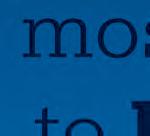
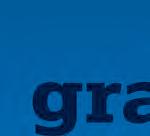
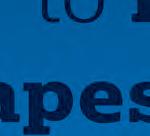
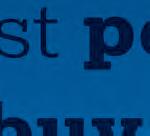
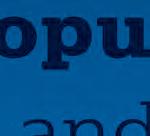

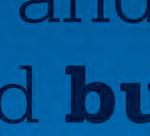
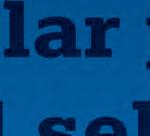


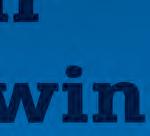


sales and marketing
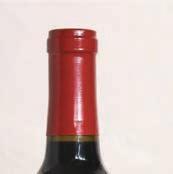


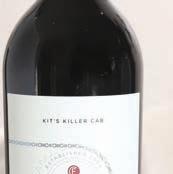

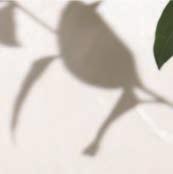
Could Lightweighting By Channel Be More Effective than Making a Blanket Change?
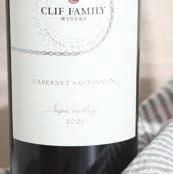
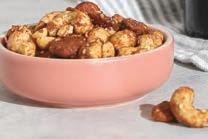

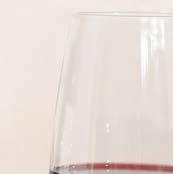
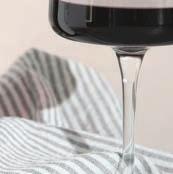
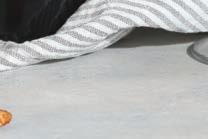
Meet the Author: Katherine Martine is the assistant editor for WineBusiness Monthly. She is responsible for assisting with production duties for the monthly trade magazine and the website. She has five years’ experience working for various weekly news publications, covering city government, education, natural disasters, local business, public safety, and agriculture and wine. Most recently, she worked as a beat reporter with The Ark. She earned her Bachelor of Arts in journalism from San Francisco State University and has a WSET Level 2 certification.
to lightweight glass bottles and discovering the accompanying challenges and opportunities. As the discussion and trend grow, the idea of differentiating bottle weight by sales channel or SKU, rather than just across the board, has emerged as a way to better cater to the various types of buyers.
While the price of glass doesn’t seem to be a big motivator in picking and choosing bottle weights for different sales channels or SKUS, it was appealing
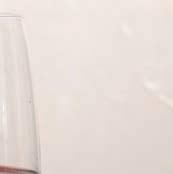
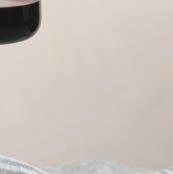
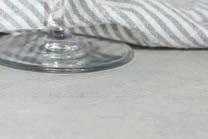



to a certain market or buyer, and evoking a certain aesthetic that seemed to be the biggest motivator for this approach. Several of the producers that WineBusiness Monthly (WBM) spoke with cited their commitment to sustainability and increased reliability of domestic glass as reasons to switch much of their portfolio, if not all, to lightweight glass.
According to WBM’s 2024 Packaging Survey Report1, 37% of all wineries surveyed have switched to a lighter weight bottle, the share being the highest among wineries in the Pacific Northwest, at 65%. According to the report, the leading glass bottle weight was 16oz.—the most used bottle for 28% of wineries surveyed.
Case Study on Differentiating
At Hedges Family Estate, differentiating bottle weight by sales channel is something they have done and will continue to do, according to Tom Hedges, owner of the Washington-based Biodynamic and organic-certified winery.
This particular instance of differentiation was buyer-related, specifically for the Societee’ des Alcools du Quebec (SAQ) and their second-tier,
Katherine Martine
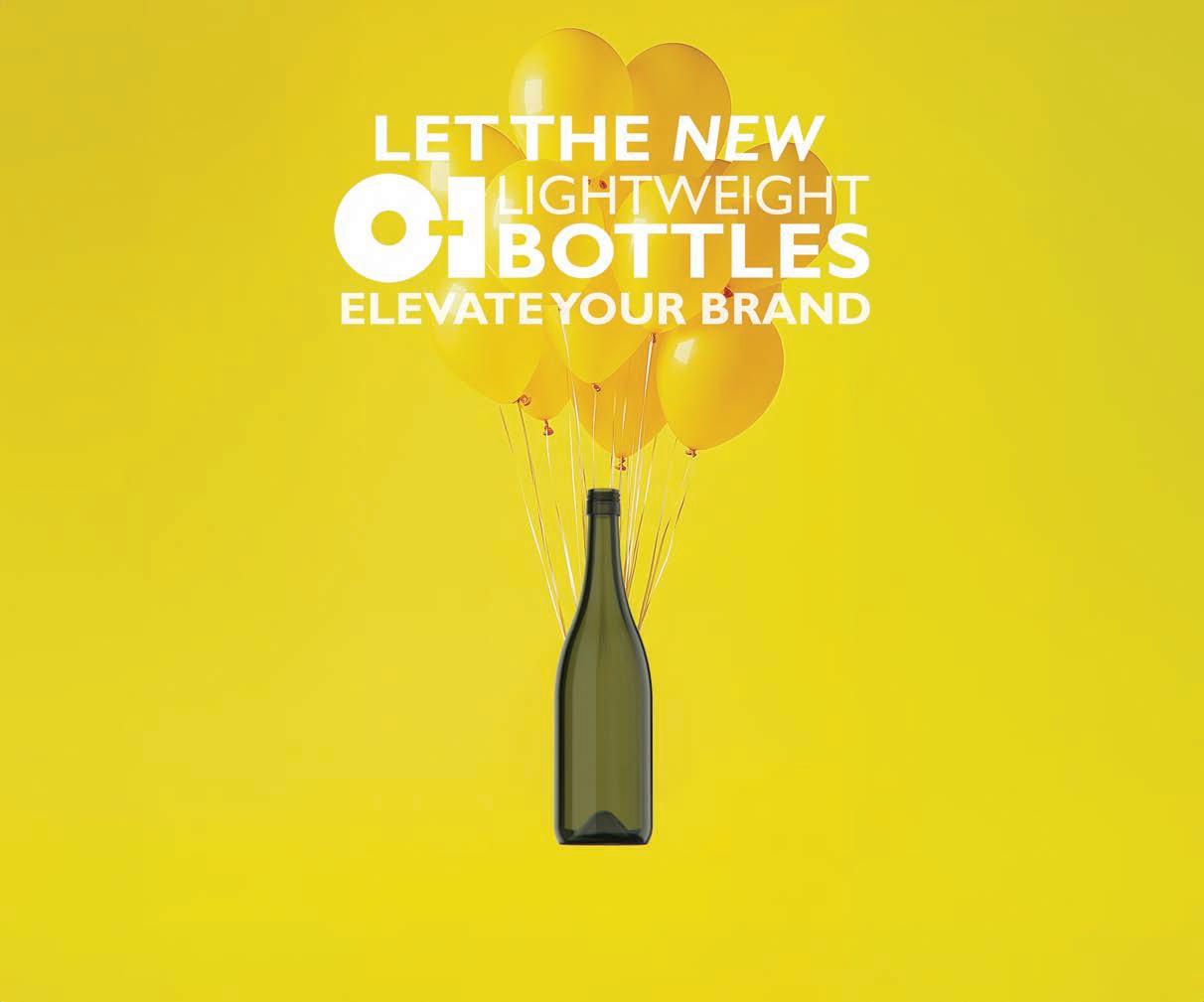
non-estate bottled CMS brand, for which they produce three reds, some of them in slightly heavier bottles.
“We presented this wine to the SAQ in Quebec.…They mandated a maximum 420-gram bottle for our CMS Organic Red blend to receive general distribution in the province. We complied and have shipped well over 1,000 cases in less than a year; worth the switch,” Hedges shared in an email.
Freight savings on the CMS Organic Red Blend versus the non-organic blend are not insignificant—about 2,200 pounds per semitruck load. However, Hedges noted that from a visual perspective, he prefers their slightly heavier, wider bottle that’s used for this organic SKU for general trade, though the price point is similar.
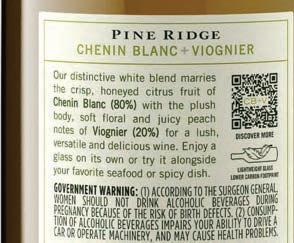
Whole Foods and Sprouts Farmers Market carry versions of this wine. Whole Foods opted for CMS Organic while Sprouts chose the slightly more expensive CMS Cabernet, which is packaged in yet another, slightly beefier bottle, and is sold for a couple dollars more at retail, according to Hedges.
He added that they sampled the organic, lightweight CMS red with the Swedish retail alcohol monopoly where they do a lot of business; however, the consortium did not purchase it. Yet, the organization does buy a lot of Hedges’ Estate Red Mountain SKU in a heavier bottle at twice the price.
“A lot of ‘natural’ retailers and state and international clients love that we are organic, Biodynamic, Salmon Safe and do business with us, but do not specifically choose the 100% organic offerings,” Hedges commented.
“I’m pretty sure we are headed in the right direction,” Hedges said of exploring lightweight glass. “I believe the soon-to-be required nutrition info and ingredients labeling for U.S. wines will produce much more demand for organic wines and a move to lighter bottles; we do it now.”
It should also be noted that a winery may have to mix and match its glass weight per SKU or channel due to the simple fact that some SKU types, such as large-format bottles or sparkling wine, must use heavier glass while other SKUS in the same brand may be more lightweight. This is the method that B-Corp-certified, Napa Valley-based Clif Family Winery & Farm uses.
Clif Family uses lightweight glass for all SKUs in 750ml wine bottles. The exception is their 1.5L and 3L large-format wine bottles, which are required to be more durable due to their size.
“Overall, we’ve been able to reduce bottle weight across our portfolio by 28% since 2022,” shared Linzi Gay, president of Clif Family.
Lightweighting All Around and a Closer Look at the Advantages
Even though some producers could see the viable concept of basing weight by sales channels, in sharing details of their lightweighting journey, many of the wineries we spoke with explained that it just made more sense for them to lightweight as much as possible rather than variegate.

Light as a Feather: Why Some Don’t Differentiate
“Our business is primarily DTC; and because we ship more than 95% of orders to our customers, differentiating bottle weight by sales channels does not make sense for our business, especially if it costs the same to ship a case of wine to a wholesale account as it would a customer paying full price for a case of wine from our website,” Clif’s Linzi Gay said. “We offer, instead, tiered discounted pricing for wholesale, wine club members and subscribers.”
Clif initially trialed their first lightweight glass in early 2023 for 750ml bottles, including both Burgundy- and Bordeaux-style wine bottles. In looking at their transition to lighter glass, Gay shared the changes the winery made over time:

• 2022 – Avg. 750ml bottle weighed 562g
• 2023 – Avg. 750ml bottle weighed 529g
• 2024 – Avg. 750ml bottle weighed 420g
Prior to making these changes, most of the winery’s 750ml bottles were classified as “standard” (525-550g) or “upscale” (600-700g) glass. You can see the progression of “shedding bottle weight” between 2022-2024 as they sourced molds that would classify as lightweight glass, which is considered 420g or less.
At Emeritus Winery, which produces around 8,000 cases annually, they previously used a mold that was 700 grams on average. The new mold is 585 grams on average, about a 115-gram difference. They made this lightweight








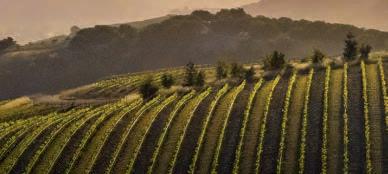
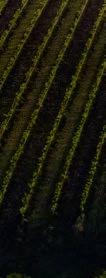
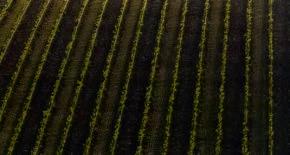


































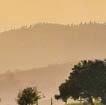





transition for their 2023 vintage, which was bottled last summer, according to Mari Jones, president of Emeritus Vineyards.
Jones shared they haven’t mixed and matched bottle weights by sales channel because “I think for us, we’re a little bit too small and to be able to really get the maximum bang for your buck for that.
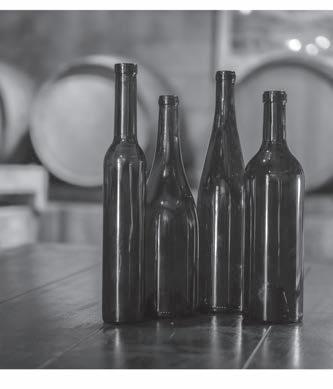
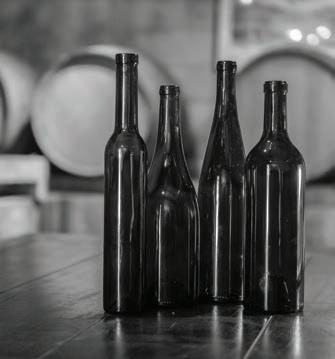
“What I assume wineries are doing [with this concept] is putting a by-theglass wine into a lighter bottle because a customer’s never holding it—or maybe even wines that are sold for lower prices or things like that, and for us, it doesn’t really make sense to do that. We don’t really have a by-the-glass wine. We also like the flexibility of being able to adapt to sales channels,” she commented. That way if, for instance, there’s a need to ship a different vintage or a different SKU to Norway, you don’t run into not having that in the right glass format.
“In some ways it would limit that flexibility.… Also, I think to really have that value to our commitment to sustainability and lower carbon emissions, it just really made sense to do everything in the lighter glass,” concluded Jones.
Jones could see the concept working and making more sense if, for example, you were primarily a Cabernet producer of an ultra-premium wine that’s marketed to just a thousand customers who expect that premiumization and quality. And so, you might package it differently versus if you have 10,000 cases of another Cab that’s destined for a by-the-glass program.
For Dan Petroski’s Massican brand, lightweight glass is used across all five SKUs. They sell much of the wine through restaurant channels nationwide, and a big portion of that is through a by-the-glass program where people aren’t experiencing the wine in a way they would if they buy a bottle and display it on the table or bring it home for a special occasion.
And from an aesthetic point of view with bottles, Petroski said it’s rare that people will be drinking Massican across a vertical level versus a high-end Napa Cab where someone may be collecting the bottles and potentially looking for a heavier, more classic look. People are more likely to drink Massican soon after purchase while it’s still fresh and young, so using a heavier bottle to evoke a certain premium or collector aesthetic isn’t applicable to the brand.
At DANCIN Winery, an Oregon-based brand that makes Pinot Noir, Chardonnay, Syrah, Sangiovese and Barbera, differentiating is something they haven’t considered because “we are of the impression that it is [lightweighting] the right move to do across the board,” said DANCIN General Manager, Austin Marca.
Originally, they used Italian, heavier-weight glass molds; they later made a 30% reduction in weight, transitioning to a lighter flint glass. These changes were made about a year ago across the board for all their glass.
Marca noted that since then, he’s seen articles coming out about wine critics not even looking at wines that are in heavier weight bottles and a lot of movement towards that. “So, I was pretty happy to see that movement happen. And here we’re hearing from members and things like that, just the excitement around the steps towards sustainability,” he said.
He added that talking about lightweight glass is something they’ve trained their staff to be able to discuss with customers. “It always seems to light up their faces when they hear that movement, and they can hear the story around it,” he said, observing that a lot of people are interested in lightweight.
Napa Valley-based Pine Ridge Vineyards, part of Crimson Wine Group, started their transition to lightweight as part of their vow to go carbon neutral by 2050. One of the easiest ways to make an impact in cutting down carbon is lightweighting your glass, noted Colleen Fitzgerald, head winemaker for Pine Ridge’s Chenin Blanc and Viognier program. The Chenin Viognier blend is a $16 bottle that’s widely distributed nationwide.
“We had a lot of discussions internally whether that’s the right wine to start with [lightweighting] because it’s such a big SKU for us; and if there’s a sort of backlash from it, what would that look like? But honestly, we’re not
differentiating between our higher-end and our lower-end to go lightweight,” Fitzgerald said. She explained that instead they’re going in the direction of aiming to have every single one of their SKUs lose glass weight in stages because, in part, her belief is that the inert glass doesn’t change the wine inside the bottle.
“And I feel we should be going lightweight with any of our molds, and we shouldn’t be scared to change them,” Fitzgerald added. She further noted that we should be changing the consumer assumption that higher-end wines come in heavier weight glass. Her belief is that as more people choose to go lightweight, perhaps that will become less of a perception.
Prior to lightweighting, on average, their bottles were 575 grams. They did three rounds of lightweighting, and now their bottle weight is down by about 449 grams total. Most of their biggest SKU items are now in a lightweight glass, one of their lightest glass bottles weighing in at 495 grams.
ADVANTAGES
Going lightweight can sometimes mean moving to a domestic glass supplier.
“Sustainability is obviously one [advantage],” Jones said, “What we’ve done in our farming is focus on carbon sequestration and being certified as carbon negative as farmers, so we wanted to expand that commitment into other parts of our business…. But also, it was a really great move for us for logistics.”
Emeritus had been getting their glass imported and shipped from Dubai, and they were starting to see lead times of eight to 10 months from when they would bottle to when they had to order glass, which Jones said was impractical. Consequently, they’d typically over-order glass and later have empty glass sitting in storage, which wasn’t very cost-effective.
“So having domestically produced, locally produced and then, of course, recycled content, it really became a no-brainer,” she observed.
According to WBM’s 2024 Packaging Survey Report1, ensuring enough supply of packaging materials was the second most common driver of packaging strategy at 27% in 2023, though that shrunk to 11% in 2024. Some of the most inconvenient and painful supply disruptions in the last few years have been centered around the availability and lead times for glass bottles.
Consequently, 76% of those surveyed for the report now source their glass from the United States. The 2023 survey2 found that 55% purchased glass from domestic sources. In 2024, the share of Chinese glass also declined from slightly more than 40% to 37%.
As the new year started, the threat of tariffs on goods from Mexico, Canada and Europe levied by the Trump administration was an elephant in the room for the industry and continues to be a threat. “We are a pretty world-wide industry, and the impact of trade wars could definitely be felt on our industry in many different ways,” Jones commented.
And as Petroski started his sustainability journey, he began questioning everything when it comes to packaging and started making choices based on sustainability, beginning with glass and then labels. He transitioned to using Gallo Glass because he liked the fact that they were using recycled glass and were producing it in California.
“I was like, ‘Oh my God, this is the answer!’ It’s going to Modesto, to Napa to be bottled and it’s made from recycled glass that came from my blue recycling bin, and it’s lightweight. I had to give up some of the detailed, aesthetic value for what I believe is a step in the right direction of doing what is important to save the planet,” Petroski said.
In addition to the advantage of having recycled lightweight glass, sourcing it domestically also means avoiding carbon emissions from shipping glass overseas. “If we were to calculate the shipping value of that, not only the distance but the lighter glass itself, we would have more savings on the carbon footprint,” Petroski added.
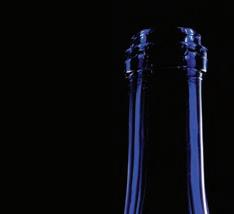
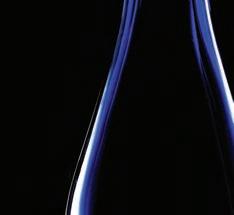
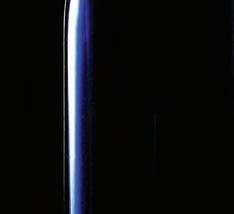
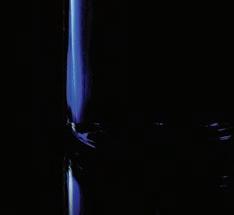



Bold. Functional. Unforgettable.
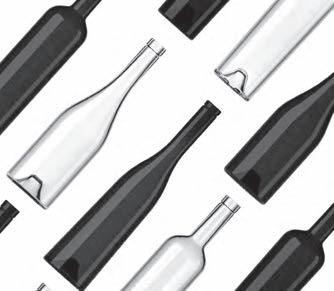
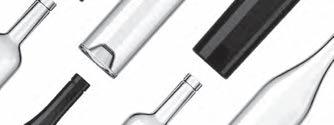
The jury is still out on whether changing from regular to lightweight glass has a significant cost reduction as glass prices have changed year after year, making it difficult for some wineries to get a pulse on the cost benefits of lightweight glass, though a few have seen some cost savings.
Linzi Gay said switching to lightweight glass at Clif Family allowed them to consolidate bottle molds from 11 to eight molds in their portfolio. This reduced post-bottling waste/loss and allowed for better case pricing due to increased volumes/mold.
“The difference in cost is difficult to say, mostly due to increased glass prices year after year. With that said, the average cost of our lightweight glass was 15-30% less than our standard and luxury glass pricing,” Gay noted.
In terms of shipping costs, she gave the example of a case of 2021 Cima Cabernet 750ml that shipped to Virginia via FedEx Ground in 2023 at a cost of $47.19. That same case would have shipped to Virginia for $39.04 in lightweight glass bottles.
At Pine Ridge, they have seen cost savings both in the glass prices and in transportation as it’s less material. Fitzgerald did note that if you’re going down in glass weight by, for instance, 20%, you’re not necessarily seeing a 20% reduction in cost savings. “But we have seen savings over the years,” she said.
DANCIN uses lightweight glass manufactured by O-I in the U.S., and Marca stated this transition to lighter weight glass did have some overall financial benefit. The cost savings were related to both sourcing and the weight of the glass itself.
“We did a fairly intensive comparison to make sure the glass we were sourcing was still of the same quality standards that we originally went for, but overall, there was somewhat of a reduction [in price],” Marca explained.
Now they’re actually going the other way in glass prices with their transition to Revino, a refillable glass bottle program, in the coming months. This initiative is part of a larger effort by the entire Jacksonville Wine District in Oregon, according to Marca, and aims to create more of a circular economy.
Still, whether producers are trying to lightweight as much as possible, mix and match weights per channel, or explore the option of reusable bottles, one thing is for sure: Lightweight options are becoming more embraced by wineries as vintners try to remind people that bottle weight doesn’t always equate to higher quality; it’s not about the weight or size of the bottle that makes the wine, rather it’s the wine itself.
“I’m trying to do everything in my power to be progressive or positive in this journey but also understanding that there’s a tradition that surrounds the celebration of wine at the table shared with your loved ones. That’s a historical tradition…we can have that and eat our cake too, we can still do those procedures, have it in a glass bottle and a cork, and a capsule and a great label (and) have a great experience while still reducing our footprint,” Petroski said. WBM
References:
1. Adams, Andrew. “2024 Packaging Survey Report: Survey Finds Little Support for New Label Requirements.” WineBusiness Monthly, 1 Aug. 2024, www.winebusiness. com/wbm/article/290043. Accessed 7 Mar. 2025.
2. Adams, Andrew. “Packaging Survey Report: Cost Rises to Top of Packaging Concerns.” WineBusiness Monthly, 1 Aug. 2023, pp. 50-56.







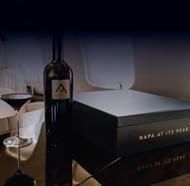







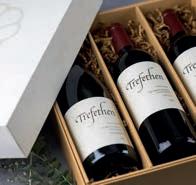



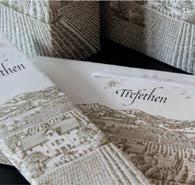

Amcor Rigid Packaging Fairfield, CA | (707) 637-4205 | amcor.com
Ardagh Glass Packaging - North America Indianapolis, IN | (317) 558-1585 | ardaghgroup.com

Ardagh Glass Packaging is a leading supplier of sustainable and infinitely recyclable glass packaging. Ardagh Glass Packaging operates 39 production facilities in North America, Europe and Africa and employs approximately 15,000 people and has recorded revenues of $4.6bn. In North America, Ardagh is the second largest glass container manufacturer.
Please see our ad on page 55
Berlin Packaging Fairfield, CA | (707) 389-7600 | berlinpackaging.com
Brick Packaging, A Saxco Division Traverse City, MI | (866) 770-7600 | brickpackaging.com
ByQuest
Millburn, NJ | (908) 851-9070 | byquest.com
Encore Glass Fairfield, CA | (707) 745-4444 | encoreglass.com
G3 Enterprises Modesto, CA | (800) 321-8747 | g3enterprises.com


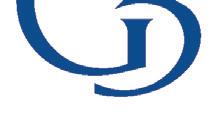
G3 Enterprises is an industry leader in packaging manufacturing, winemaking supplies and equipment, and logistics for the beverage and ag industries with locations throughout the U.S. G3 offers custom solutions and stock programs to meet the needs of wineries and growers from boutique to large. In addition, we are an exclusive distributor of DIAM closures in the North American market and petainerKeg™ in the western U.S.
Please see our ad on page 33
Gallo Glass Co.
Modesto, CA | (209) 341-4527 | galloglass.com
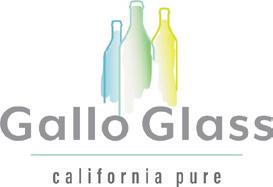
A California family-owned business for over 60 years, Gallo Glass is the largest glass plant in North America, offering a variety of wine bottle options from ecofriendly to ultra-premium. Gallo Glass has successfully reduced its carbon footprint and air emissions through a number of recycling programs, the utilization of new technologies and the development of innovative new products. Dedicated to delivering service and quality to the California wine and spirits industry, Gallo Glass is your local, sustainable, and reliable glass supplier. We are Gallo Glass | California Pure.
Please see our ad on page 63
Gino
Pinto, Inc.
Hammonton, NJ | (609) 561-8199 | ginopinto.com
Global Package
Napa, CA | (707) 224-5670 | globalpackage.net
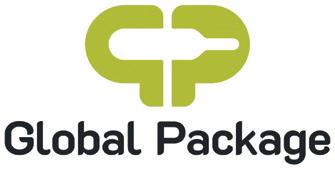
Global Package is a unique packaging company that offers solutions to locate the optimal bottle for wines and spirits from factories around the world. With 30 years experience in glass and 10 years in wine and spirits production, Erica Harrop has first-hand knowledge of the global production offerings. Her staff has extensive experience to draw on from cork knowledge to bottle decoration to assist with bottle selection and development. Each year at least 20 new shapes are created by Erica and Estal Packaging to bring new and interesting bottles to the US market offerings.
Please see our ad on page 58
Hauser Packaging
Portland, ME, | (207) 899-3306 | hauserpack.com
LD Carlson Co.
Kent, OH | (330) 678-7733 | ldcarlson.com
MA Silva USA
Santa Rosa, CA | (707) 636-2530 | masilva.com
Through a long-term collaboration with cork growers in Portugal, M. A. Silva’s cork operations are 100% vertically integrated, from tree to your bottle. The glass is sourced from top manufacturers and controlled 24/7 by M. A. Silva’s on-site quality specialists. Proprietary molds guarantee consistent quality. M. A. Silva USA develops custom bottle molds and offers a wide range of custom packaging solutions.
Please see our ad on page 61
O-I
Perrysburg, OH | (469) 443-1000 | o-i.com




We’re O-I Glass, the leading glass packaging producer and preferred partner for many of the world’s leading food and beverage brands. We believe glass is beautiful, pure and 100% recyclable, and our passion and expertise has developed some iconic brand-building package designs. O-I has plants in 23 countries, creating a global presence, but has teams dedicated to certain regions for more local impact. Purchasing local glass packaging is another step to making more sustainable choices for your brand. Learn more about how O-I can support your regional glass brand packaging needs at o-i.com.
Please see our ad on page 53
Pioneer Packaging
Kent, WA, USA , | (253) 872-9693 | pioneernorthwest.com
Presque Isle Wine Cellars
North East, PA, USA , | (814) 725-1314 | piwine.com
Saverglass, Inc.
Fairfield, CA| (707) 259-2930 | saverglass.com
Founded in the Hauts-de-France region in 1897, our Group specializes in the design, fabrication and decoration of high-end glass bottles for luxury spirits, wines and champagnes. Continuing France’s proud glassmaking tradition, our products are renowned the world over for their impeccable quality and originality.
Please see our ad on page 2
Saxco
Fairfield, CA | (877) 641-4003 | saxco.com
Spirited Packaging
Stockton, CA | (209) 462-6705 | spiritedpackaging.com
The Vintner Vault
Paso Robles, CA | (805) 226-8100 | thevintnervault.com
TricorBraun WinePak
Fairfield, CA | (707) 399-5800 | tricorbraunwinepak.com
Verallia USA
Fairfield, CA | (707) 419-7200 | us.verallia.com
Waterloo Container Co.
Waterloo, NY | (315) 539-3922 | waterloocontainer.com



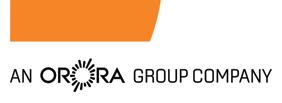
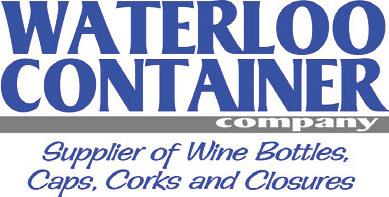
Waterloo Container is a family-owned business with over 40 years of packaging experience. Located in the Finger Lake region of New York, we work hard to be your one-stop shop for the highest quality glass containers and packaging products available. Our team works with you to create the total package, by providing superior customer service before, during and after the sale. With our extensive on-site inventory, and fully managed forecasts, we have what you need when you need it. Experience a different kind of packaging partnership with Waterloo Container.
Please see our ad on page 57
West Coast Bottles
El Dorado Hills, CA | (800) 282-2028 | westcoastbottles.com
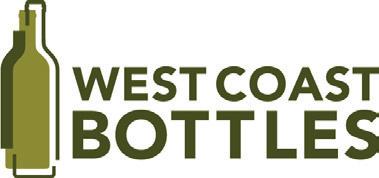
West Coast Bottles was established in 2010 to provide glass for small and medium sized wineries. Since then, we have grown to serve customers in over 30 states but still retain the same personalized customer service that our customers appreciate. We provide prompt and straight-forward quotes, competitive pricing, outstanding products and unparalleled customer service. West Coast Bottles is your perfect partner for high quality glass and quick turn around for orders.
Please see our ad on page 56
West Coast Glass & Packaging Group
Sausalito, CA, | (503) 726-6437 | wcgpgroup.com
Wine and Beer Supply
Ashland, VA | (844) 482-9463 | wineandbeersupply.com

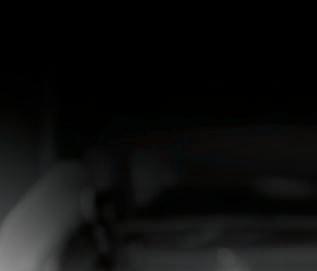
“We put so much time and detail into getting wine into the bottle – the last way you can screw it up is the cork.”


– Rudy Zuidema, Winemaker
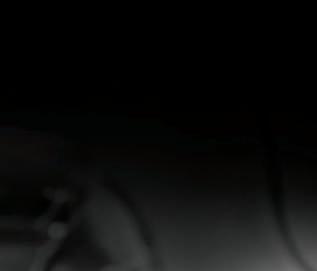





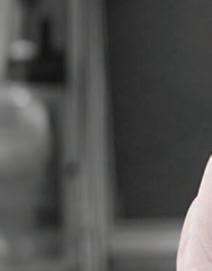
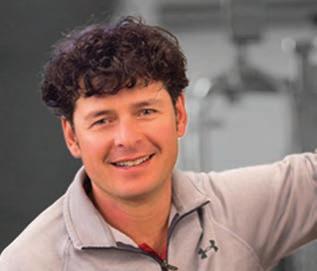

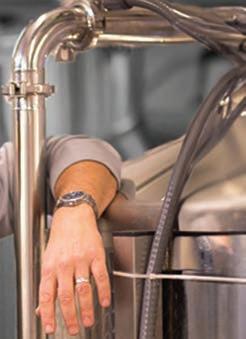




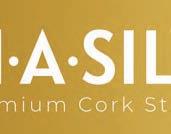
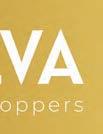

PACK DESIGN SPOTLIGHT
“One Small Step for Wine, One Big Leap for Sustainability”
WINERY: Frog’s Leap Winery
DESIGNER: Offset Partners
LABEL VENDOR: Offset Partners
For wine enthusiasts, the name Frog’s Leap immediately evokes the iconic jumping frog illustration on the label. So, when it came time to design a label for the winery’s new brand, Flycatcher California red wine, the team at Offset Partners faced a difficult task: To create a new design with its own identity and indi viduality that still fit with the core portfolio.
Byron Hoffman, co-CEO and chief creative officer at Offset, helped Frog’s Leap refresh their original label, which hadn’t been changed since it was first designed by Chuck Williams in the winery’s infancy.
In the new design, Hoffman said founder and winemaker, John Williams, and winemaker and vice president of viticulture and enology, Rory Williams, wanted something that paid homage to the style and design of the original label but could stand on its own feet.
“It was a dynamic conversation,” Hoffman shared. “They wanted to bring more of the story into the label and make it more timeless.” The name Flycatcher did the “heavy lifting,” he said, and created a solid starting point for the rest of the design.
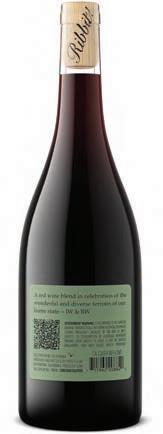
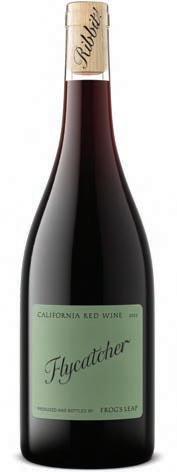
Each choice made in the design was a calculated balance between speaking to the consumer about the fun nature of the wine and the sustainability of the packaging.
Green was the obvious choice for the label’s color: Frog’s Leap already uses several shades on its other labels. This particular shade of green felt like a frog’s color but wasn’t entirely on the nose, Hoffman noted. The color also provides an eye-catching contrast against the ruby color of the wine, which can be seen through the clear glass.
CASE PRODUCTION: 60,000
AVERAGE BOTTLE PRICE: $50
“Because the label is so simple, we wanted to make sure the text was executed perfectly,” Hoffman explained, which is why the Offset team reached out to calligrapher John Stevens to handletter the logo type. The swooping curves of the letters and the upward flick at the end of the name are meant to mimic the reed on the original label while the angle of the text is much like the angle of the leaping frog.
One fun, whimsical detail that is unique to Flycatcher is the tiny image of a fly that can be found on the back label and atop the cork, like a bullseye for a corkscrew, Hoffman described. Williams wanted to forego the capsule to reduce waste, but it also allows the consumer to see the “Ribbit!” written on the side of the cork. Altogether, Hoffman believes the design is fun, a bit whimsical and invites the consumer to crack open a bottle whenever they may fancy.
Judges applauded the fun yet sophisticated design and how the color and text bring in elements of the original logo. “Frog’s Leap has always been playful and cheeky with their packaging,” one judge said. “They are staying on brand with the name and the cork. For those who know the brand, this will be recognizable.”
Judges also appreciated all of the environmental choices that went into the design.
In addition to eliminating the capsule, Williams chose a lighter weight glass bottle for Flycatcher (only 395 grams) and labels made of recycled and recyclable materials. The Diam “origine” cork is composed of cork, vegetable-based organic polymer and beeswax. Perhaps the most revolutionary element used in the Flycatcher packaging is the wash-off label; according to Williams, it’s the first of its kind in the California wine industry.
“We are working in concert with others on a shared long-term goal to establish a viable circular glass economy,” Williams shared via email. Having an easy wash-off label allows for bottles to be easily and economically washed and then reused or recycled. “It’s our hope that the Flycatcher wash-off label is a conversation starter.” WBM
Sarah Brown




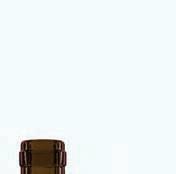
SUPPLYING YOUR GLASS NEEDS
The Best Wine Deserves the Best Bottles


You always know where your grapes come from. With Gallo Glass, you will always know where your bottles come from. Our glass is sourced and manufactured exclusively in California, by our skilled local workforce. Gallo Glass has a broad and reliable selection of bottles to meet your needs. We can’t wait to partner with you.



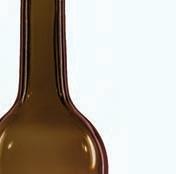



MODESTO, CA | GALLOGLASS.com
Speak with a team member today | 209-341-4527 (GLAS)


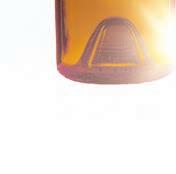
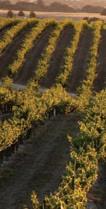
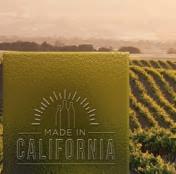
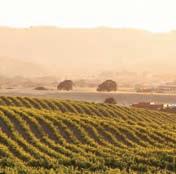
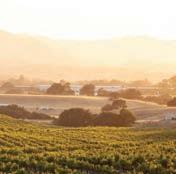

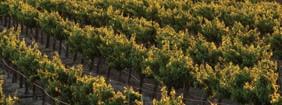






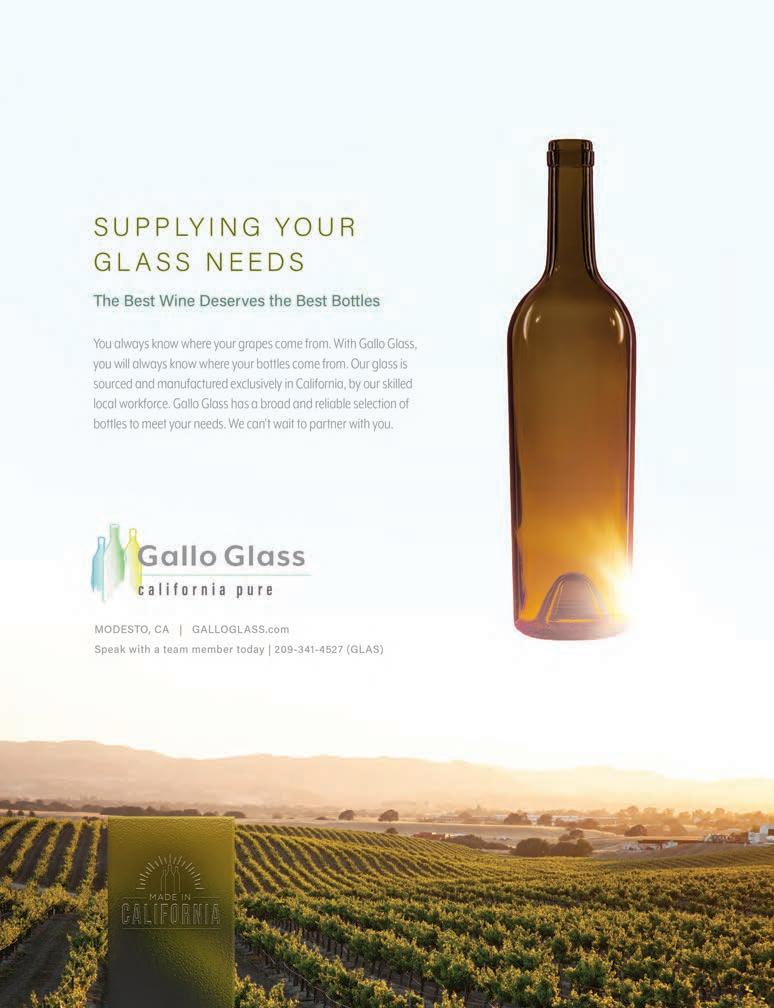
sales & marketing

Retail Sales Analysis
Wines in Glass $20-$24.99 Buck Declines Across Other Price Tiers
WineBusiness Analytics
SALES VALUE DOWN NEARLY 7 PERCENT IN FEBRUARY
Off-premise table wine sales fell nearly 7 percent versus a year ago to $1.2 billion in the four weeks ended Feb. 22, NIQ scan data showed. Sales of wine in glass priced $20-$24.99 grew more than 1 percent versus last year to $67 million, while sales of wines in glass in all other price tiers declined, the worst of which was wines in glass priced $8-$10.99, which fell more than 11 percent to $184 million. Total sales of box wines remained relatively unchanged versus last year; the nearly 5 percent growth in $4-plus boxed wines was outpaced by the nearly 7 percent decline in sub-$4 boxed wines. In the latest 52 weeks, total table wine sales declined 4 percent to $17.5 billion, with wines in glass priced $20- $24.99 once again the only price tier with positive growth, although it was less than 1 percent. Sales of boxed wine grew more than 4 percent to $2.2 billion, thanks to a more than 8 percent increase in sales of $4-plus boxed wines; this price tier alone accounted for nearly $1.6 billion in sales.
SALES VOLUME DOWN MORE THAN 7 PERCENT IN FEBRUARY
Off-premise table wine sales volume fell more than 7 percent versus a year ago to 11.4 million 9L cases in the four weeks ended Feb. 22. Sales of wines in glass priced sub-$4 and $8-$10.99 suffered the greatest declines, falling more than 11 percent each to 342,638 cases and 1,550,056 cases, respectively. Sales of boxed wines fell nearly 2 percent to 3.3 million 9L cases due to a nearly 8 percent decline in sub-$4 boxed wine. In the latest 52 weeks, case volumes fell nearly 6 percent to 157 million cases. All price tiers for wines in glass showed declines except for those priced $20 -$24.99, which increased more than 2 percent to 3.5 million cases, and boxed wines priced $4-plus, which grew nearly 7 percent to 24 million cases. In the latest 52 weeks, wines in glass below $4 fell nearly 13 percent to 4.6 million cases the most substantial decline for the period.
“VALUE” WINES SUFFER DOUBLE-DIGIT DECLINES IN VOLUME
For the second year in a row, sales volume of table wines in glass below $4 suffered double-digit declines. The past two years have seen sales volume drop more than 25 percent, a decline of approximately 1.5 million cases. While sales of wines in the $20-plus category remained relatively unchanged compared to the previous 52 weeks, sales volume for wines under $15, which accounted for nearly 83 percent of sales volume in the period, declined 7 percent a drop of 7.2 million cases compared to a year earlier. Sales volume for wines above $15 remained relatively unchanged, but only account for 17 percent of total sales volume for the period.
Gomberg, Fredrikson & Associates partner and editor Jon Moramarco warned in a Jan. 17 webinar that premiumization may be excluding potential consumers from the wine category. The greater wine industry may have celebrated the growing “less but better” spending habits of recent years, but Moramarco said these business decisions may have come back to haunt the industry. By reducing its focus on lower-priced products, the wine industry has limited its reach to younger consumers who Moramarco said may not have as much disposable income but are still looking for “on-ramp” brands in the wine category. WBM
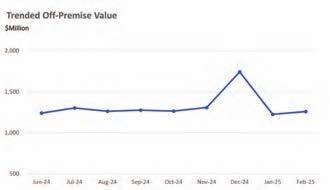
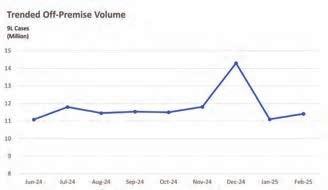
Source: NIQ, latest four weeks ended Feb. 22
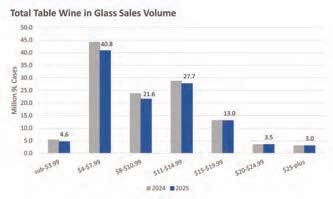
Source: NIQ, latest 52 weeks ended Feb. 22
Methodology
Sourced from NIQ, these figures represent off-premise retailer wine sales to the consumer aggregated across a variety of channels nationwide, including grocery, drug, mass merchandisers, convenience, dollar, military, as well as a selection of warehouse clubs, and liquor channel geographies and liquor channel retail chains. NIQ figures are updated and released every four weeks.
NIQ Table Wine Category Segments

TOTAL TABLE WINE
Latest52WksW/E2/22/25 Latest4WksW/E2/22/25
Wks-W/E 2/22/25
Wks-W/E 2/22/25
PERIOD: Four weeks ended Feb. 22
W/E2/22/25 Latest4WksW/E2/22/25 Latest52 Wks-W/E 2/22/25 Latest4 Wks-W/E 2/22/25
Wks-W/E 2/22/25
Wks-W/E 2/25/25
17,538,796,5391,259,218,847-4.0-6.6156,839,47111,421,170-5.6-7.29.329.19
BOX 2,226,805,207168,985,6094.11.243,761,8753,308,038-0.4-1.64.244.26
$0-$3.99 662,836,32049,312,385-4.5-6.719,356,1651,440,367-8.0-7.82.852.85
$4+ 1,563,968,888119,673,2248.24.924,405,7101,867,6716.63.85.345.34
Total Table Wine Glass 15,313,299,5441,093,145,833-4.3-7.0114,919,4068,279,112-6.0-7.911.1011.00
Value Glass
$0-$3.99 200,052,22114,863,530-7.8-9.44,639,185342,638-12.7-11.43.593.62
Popular Glass
$4-$7.99 2,832,188,195208,105,103-6.2-8.040,849,4053,000,223-7.5-8.75.785.78
Premium Glass
$8-$10.99 2,550,663,798184,209,809-9.0-11.221,578,0851,550,056-9.5-11.39.859.90
Super Premium Glass
Ultra Premium Glass
Luxury Glass
$11-$14.99 4,289,870,695302,903,380-3.6-7.427,730,1171,946,571-3.5-7.712.8912.97
$15-$19.99 2,710,765,892194,027,987-1.4-4.213,005,405930,549-0.9-2.917.3717.38
$20-$24.99 949,582,84867,156,7300.81.33,524,557252,2481.13.022.4522.19
Super Luxury Glass
$25+
IMPORTED 5,124,409,415353,937,972-3.6-7.444,212,7303,124,211-5.1-7.99.669.44
ITALY 1,637,941,375115,962,011-4.7-9.211,848,154839,066-6.2-10.411.5211.52
AUSTRALIA 625,502,54845,094,087-8.9-12.29,496,568690,167-9.4-11.15.495.45
FRANCE
CHILE
SPAIN
GERMANY
NEW ZEALAND
ARGENTINA
SOUTH AFRICA
PORTUGAL
DOMESTIC
CALIFORNIA
822,967,50249,954,157-0.4-3.54,164,335255,3920.3-3.116.4716.30
454,691,95434,249,9710.2-1.77,515,950570,419-0.3-0.95.045.00
190,191,75613,348,877-3.6-8.21,214,55886,666-5.4-7.613.0512.84
84,004,9625,610,620-8.4-10.3655,00143,963-9.4-10.710.6910.64
1,548,590,969105,181,562-2.1-6.32,987,717208,179-1.1-4.843.1942.10 IMPORTED
826,952,69155,579,4370.8-2.35,132,605343,2840.0-2.913.4313.49
307,844,95522,843,773-8.9-12.32,803,951205,923-10.9-14.59.159.24
31,779,3652,141,943-8.1-17.6263,11918,066-6.8-20.010.079.88
69,179,2224,324,482-2.4-7.5595,03736,503-4.3-9.59.699.87
12,388,195,791903,719,414-4.2-6.3112,441,1678,285,720-5.8-6.99.189.09
11,248,645,820825,030,807-4.0-6.1104,588,4187,743,575-5.6-6.78.968.88
WASHINGTON 514,799,94935,856,609-8.8-10.83,740,704257,551-9.3-11.511.4711.60
OREGON
TEXAS
NEW YORK
NORTH CAROLINA
INDIANA
MICHIGAN
RED
329,732,13222,955,944-2.8-6.61,481,959101,663-4.0-7.818.5418.82
25,564,6281,906,102-12.4-11.0230,14317,226-12.9-12.09.269.22
63,047,1203,310,463-7.5-8.7560,65432,644-11.4-12.69.378.45
43,151,2372,970,813-1.9-6.6389,50727,211-3.0-4.29.239.10
29,257,4632,186,283-0.5-0.1257,02819,035-4.9-3.49.499.57
22,355,2761,454,747-3.4-4.6199,07612,896-5.8-6.59.369.40
8,818,407,002659,529,828-5.5-7.869,469,4615,250,967-6.9-8.510.5810.47
WHITE 7,739,019,062540,807,612-2.0-4.977,653,4005,526,928-4.1-5.68.318.15
PINK 970,654,47758,301,438-6.5-8.89,613,607637,558-8.3-9.68.417.62
TOTAL CHARDONNAY 2,934,757,125207,919,111-3.6-6.428,788,5382,070,076-4.9-6.68.508.37
TOTAL CABERNET SAUVIGNON 3,572,229,226267,420,107-3.5-5.626,366,9892,013,954-4.4-6.011.2911.07
TOTAL PINOT GRIGIO/PINOT GRIS 1,733,780,497121,922,738-1.7-4.219,466,8301,395,009-3.1-4.57.427.28
TOTAL PINOT NOIR 1,421,304,088106,268,327-5.5-7.88,978,694680,709-6.4-7.913.1913.01
TOTAL MERLOT
577,672,29343,147,712-10.3-11.76,816,877512,732-11.3-11.07.067.01
TOTAL SAUV BLANC/FUME 1,754,982,370119,708,1793.3-0.513,441,851928,7252.4-0.510.8810.74
TOTAL MUSCAT/MOSCATO 607,870,85645,421,915-6.3-7.57,726,906580,684-7.7-7.76.566.52
TOTAL WHITE ZINFANDEL 215,442,79715,480,390-7.5-9.23,802,488274,054-10.3-10.04.724.71
TOTAL MALBEC 239,584,18018,044,230-8.5-11.51,951,351146,909-9.6-12.310.2310.24
TOTAL RIESLING
236,241,08016,158,632-7.7-9.82,137,672146,961-8.8-10.59.219.16
TOTAL ZINFANDEL 194,885,13914,589,884-9.5-10.41,192,57388,638-9.6-10.313.6213.72
TOTAL SHIRAZ/SYRAH 93,030,8236,902,403-13.0-14.0838,49061,850-13.9-14.69.259.30
WHITE BLENDS (ex. 4/5L) 305,777,39619,718,1223.7-4.32,627,770177,228-3.1-7.89.709.27
RED BLENDS (ex. 4/5L + CHIANTI) 2,142,165,568160,582,985-7.2-9.616,097,4521,217,796-8.1-9.711.0910.99
ROSE BLEND
GLASS SIZES
693,108,88037,274,078-6.7-9.64,722,093268,193-8.3-11.512.2311.58
750ML 13,044,132,492926,811,879-4.2-7.181,509,7995,827,122-5.7-8.013.3413.25
1.5L 1,996,987,895147,335,817-4.4-5.729,725,6312,191,558-5.9-6.95.605.60
3L 40,266,9722,753,192-17.5-23.7786,38554,193-20.8-24.34.274.23
4L 70,879,0535,151,858-7.0-8.41,877,241135,185-10.0-11.33.153.18
187ML 57,274,4073,892,736-11.0-12.6588,98040,527-13.9-13.58.108.00
375ML 64,518,2494,954,754-1.8-6.4245,79618,818-7.9-13.221.8721.94
ex. 4/5L
1,328,277,526100,168,684-0.7-2.921,989,7701,664,737-1.6-3.35.035.01
1L 38,017,3782,943,41610.423.1525,17440,86010.123.46.036.00
1.5L 9,972,016609,938-18.3-31.5166,17010,421-18.8-29.25.004.88
3L 1,004,530,73575,850,197-1.4-3.418,048,5071,367,314-2.3-3.94.644.62
5L 548,581,56140,949,809-3.7-5.616,306,7971,217,814-7.6-6.82.802.80
TETRA 625,197,95249,087,02827.219.88,073,299635,57030.022.26.456.44
Source: NIQ
Vineyard Owners Face High Interest Rates, Lack of Grape Contracts
Banks Require Contracts Before Extending Loans
Kerana Todorov
Meet the Author: Kerana Todorov is a freelance reporter based in Napa. She can be reached at kerana.todorov@gmail.com
WINEGRAPE GROWERS FACE A STARK reality. More vineyard acres need to be pulled as wine consumption continues to decrease.
Jeff Bitter, president of Allied Grape Growers, which represents 500 growers, reiterated this message to the wine industry at the annual Unified Wine & Grape Symposium in January. He urged the industry to remove 50,000 acres until the demand for wine either flattens or rebounds.
About 37,500 acres were pulled in California between the 2023 and 2024 harvests, Bitter said. However, 17,500 planted vineyard acres came into production, making the net reduction only 20,000 acres.
In February, the U.S. Department of Agriculture-Agricultural Statistics Service reported in its preliminary crush report that 2.84 million tons of grapes were crushed in 2024 in California, the smallest harvest since 2004. But plenty of grapes—reportedly 300,000 to 400,000 tons—were left on the vine as consumers’ wine consumption continues to decline.
The reduced demand for wine has resulted in backed up inventories, smaller wine production and wineries that are purchasing fewer grapes.
“As this dynamic plays out across a couple of years, it has ripple effects on the profitability of companies, the need for maintaining grape contracts into the future and the demand for equipment,” noted Adam Fey, senior vice president at Bank of America, Global Commercial Banking. “The best-run companies with the best brands will emerge stronger through this cycle.”
But what does that mean for viticulturists who are seeking financing?
Wineries have either cancelled or declined to extend grape contracts, which makes obtaining loans difficult for growers. Farmers without contracts are hard pressed to find financing, according to growers, banking representatives and other industry insiders.
Jessup Wiley, Rabobank’s managing director/head of California Southwest, said wineries consistently review grower and other vendor contracts. “Under the backdrop of lowered consumption and sales, we’d expect to see wineries evaluating the volume of fruit they are bringing in each year to manage inventory levels as cash flow is a concern. We’d expect with the continued lower sales, inventory from prior years could be building for some, which would require more careful management.”
As such, Lodi growers have had to make difficult decisions.
“Operating loans have become more difficult to obtain as the grape market has weakened,” shared Stuart Spencer, executive director, Lodi Winegrape Commission.
In addition, farmers have faced increased interest rates over the past couple of years. These rates, in turn, have driven up the cost of operating loans. “These higher costs have made it that much more difficult to farm,” Spencer said. However, growers in stronger financial positions are those with higher percentages of contracted vineyards, Spencer added.
John Primasing, vice president, chief credit officer at Bank of Stockton, said the big issue is contracts. Most growers who have loans have contracts as bankers need a viable source of repayment, he observed.
If a grower has 500 acres under contract and 100 acres uncontracted, there is enough cash flow from the contracted acreage to support the uncontracted fruit, he said. But a grower with 200 acres of grapes without a contract is “probably not going to get financing from Bank of Stockton—or any other financial institution,” Primasing warned.
“If they’ve got a home for their fruit, we’ll help them. If they don’t have a home for the fruit, it’s very difficult to do that,” Primasing said.
Aaron Lange, who oversees viticulture operations at LangeTwins Winery and Vineyards in Acampo, shared some of his challenges with grape contracts.
“Entering the growing season without a contract in place has been one of the biggest challenges,” Lange noted. Growers then have to speculate on whether they can sell the fruit and at what price, he said, adding that growers are paid once a year, at harvest. “That puts a lot of uncertainty into the system,” Lange explained.
“Banks sometimes are okay with letters of intent from wineries, stating their intent to buy the fruit but not yet sure of the pricing,” Lange said. “That has helped.”
Otherwise, growers save cash in order to bridge the gaps. “We’re trying to be really smart with our cash,” qualified Lange, who is also a director of the California Association of Winegrape Growers.
A lot of growers are cautious, including postponing investment in machinery. For instance, Lange has postponed an infrastructure project in order to take a conservative approach and remain financially healthy through 2024. “I think everyone in the industry has been tightening their belts and approaching capital investments a little bit more cautiously,” Lange said.
In terms of acquisition activity, Primasing observed, “I don’t see anybody out there going, ‘I want to buy a Zinfandel vineyard,’ or ‘I want to buy a Cabernet vineyard.’ I just don’t see that happening right now. I have not received a request to buy a vineyard in two years.”











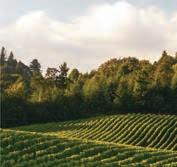

LIMITLESS

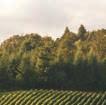

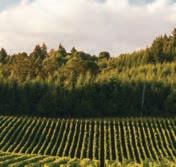

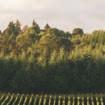


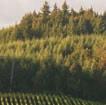


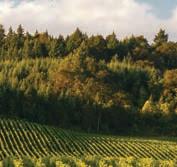









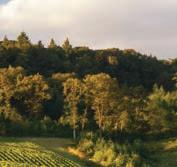



ACCOUNTING – CONSULTING – WEALTH MANAGEMENT
With the right resources and guidance, there’s extraordinary potential to discover and claim the future. That’s why we’re committed to empowering our clients and communities to go where they want to be next.





Vineyard Owners Face High Interest Rates, Lack of Grape Contracts
Still, there are circumstantial acquisitions that are occurring, such as if a ranch next door comes up for sale. On the other hand, the investor market for vineyards has dried up, Primasing said. In the meantime, the available inventory of vineyard land for sale in Napa, Sonoma and Mendocino counties is high, according to American AgCredit and Terrain.
Lange does not plan to acquire other vineyards unless it is a strategic acquisition, like a neighbor’s or a “no brainer,” Lange admitted.
Lenders Have Become Stricter
“What’s really changed is the collateral base,” said Pat DeLong, founder and managing partner at Azur Associates. “In a declining market with oversupply across the entire supply chain, valuations are lower. This impacts the inventory base significantly. With a lower collateral base, credit availability decreases.” DeLong also noted that certain loan-to-value ratios have become “more restrictive depending on the relative risk.”
Andy Steinman, partner at Global Wine Partners in Oregon, similarly determined that lenders are more conservative.
“As the wine market has faced headwinds, I’ve observed some lenders being more conservative, putting business plans under tighter scrutiny and often offering lower LTVs (loan-to-value) at higher rates.”
In many cases, prospective buyers are asked to put more money down, but relationships do matter. “Experienced operators with a strong track record with their lenders are likely to get more favorable terms,” Steinman said.
The down payment required for any loan, or the financial covenants implemented for any given loan, is also based on the type of loan, the company’s
financial profile and market dynamics, according to Ben Maddox, Bank of America’s Western food agriculture and wine executive.
“When industries go through a downturn, like wine is currently experiencing, it’s not uncommon for lenders to tighten covenants and terms until improving trends can readily be identified,” Maddox explained.
“We’re also seeing lower valuations for equipment and inventory than we have in prior years, and that will lower the amount of financing available for equipment,asset-basedloansforwineriesand,insomecases,realestateloans.
Specifically for grape growers, contracts are always an essential component of obtaining financing,” stated Maddox.
However, he added that his team has confidence that the wine industry will adapt to current market conditions.
DeLongnotedthatsomebanksthatweresignificantlendersintheindustry, Silicon Valley Bank and First Republic—were seized in 2023; the resulting division shifts created a higher risk for lending to the wine industry category overall. Silicon Valley Bank is now a division of First Citizens Bank, and First Republic’s wine portfolio, Long said, “was not preserved the same way under the ownership of J.P. Morgan Chase.
“While these may not have been very impactful from a macro-economic perspective, both of these lenders were significant wine category lenders,” DeLong explained.
Other industry drivers include the bankruptcy of Vintage Wine Estates, DeLong added. The bankruptcy resulted in an auction that revalued many assetsupanddowntheCaliforniacoast,aswellasinOregonandWashington state. “The lower valuations on so many assets at once has a compounding effect across like-kind assets in those regions,” DeLong observed.
All of these factors have created “a lending view of the category as a higher risk.” And risk equals price. “For some lenders that means more restrictive
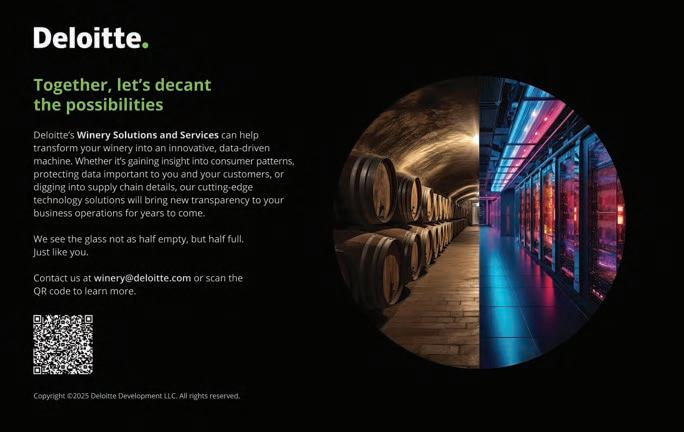












LARGEST VINEYARD IN THE OKANAGAN VALLEY
OLIVER, BRITISH COLUMBIA






TURNKEY VINEYARD ACQUISITION OPPORTUNITY
Family-owned since 1959, this turnkey generational vineyard spans 650 acres in the South Okanagan and features a private water system with premier rights—a critical asset for long-term sustainability.


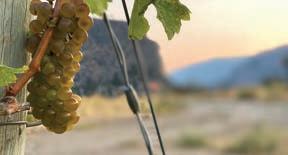



With 515 plantable acres and the capacity to expand production to 130,000 cases per year, this estate is built for the future.
The Okanagan Valley is a world-class wine region, attracting visitors year-round for its exceptional vineyards, outdoor recreation, and renowned culinary scene.


Don’t miss this rare opportunity to invest in one of Canada’s most dynamic wine destinations. Inquire today.








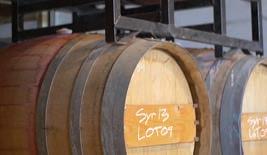


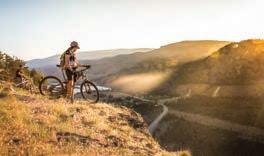
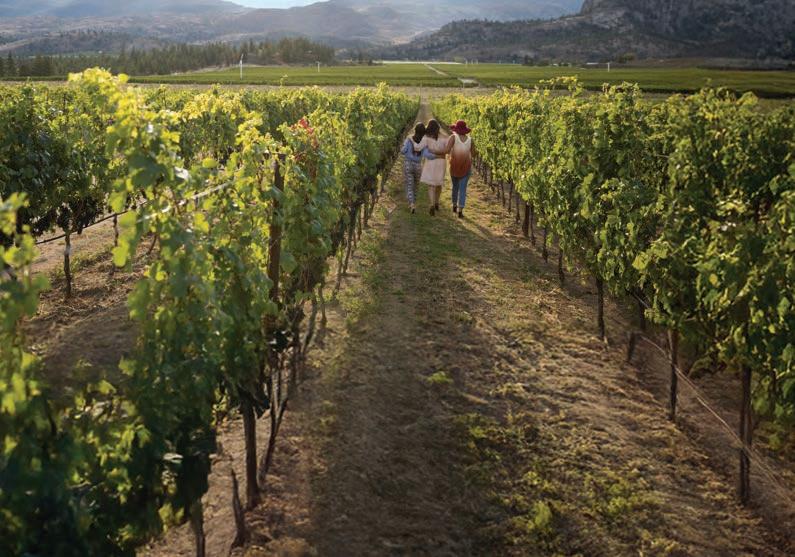
terms and higher rates; for others this means a search for less risky alternatives,” DeLong said.
Bank of America’s Fey affirms that the industry giant still finances vineyard acquisitions. It all comes back to fundamentals. “The buyer needs to show financial capacity to service the loan, regardless of where the vineyard is located, “Fey said.
Various Financial Institutions Deal in Viticulture
Farmers do turn to such institutions as Silicon Valley Bank, Bank of America, Bank of Stockton, BMO, Rabobank and American AgCredit and others. American AgCredit and AgWest Farm Credit are part of the Farm Credit


Legal Counsel to the Beverage Industry
•
•
•
•
•
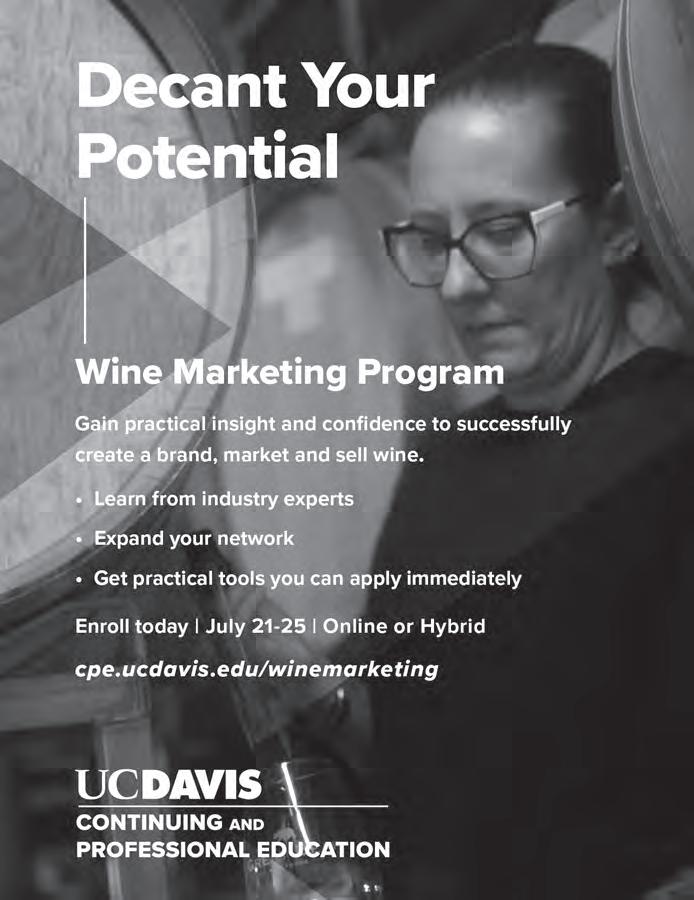
System, a nationwide network of financial institutions that provide credit to farmers and ranchers.
American AgCredit’s services include lending money for real estate purchases, vineyard development, redevelopment, operating loans, construction, equipment purchases and leasing tractors, solar systems and buildings. The company is also a licensed crop insurance agent.
“Our loan portfolio in the grape and wine industry has grown substantially in the past few years,” American AgCredit spokesman Chris Carter said. “In the last five years, we’ve gone from $2 billion (2019) in loan principal in grapes and wine, to more than $3 billion at the end of 2024. Sixteen percent of our portfolio is lending to vineyards and wineries, which is the largest percentage in terms of commodities we service.
“Our teams focus exclusively on agriculture, so we understand our customers’ businesses deeply and anticipate their needs and opportunities and provide loan solutions based on those needs,” Carter continued. “It’s about more than a transaction for us—it’s about being partners and trusted advisors to our grape growers.”
The farm credit system was established in 1916 because farmers needed “reliable, accessible long-term credit,” added Carter. Commercial banks also continue to serve the wine industry.
“Operators across the full value chain of the wine industry can obtain loans, whether they are pure growers or vertically integrated wineries,” said Fey. “The key is whether the operators are profitable and have a sound balance sheet. Well run businesses of various sizes can thus access financial markets for new vineyards or winery acquisitions if the fundamentals make sense.”
However, Fey currently sees a lot of interest in winery consolidation and less speculation on new vineyards.
“Wineries selling their product into the three-tier system need scale to matter to distributors, and the challenges in the industry over the last few years present an opportunity for some well-run companies to grow. With excess grape and bulk wine supply across the industry, some larger players are rationalizing their holdings while others are picking up specific vineyards to fill a gap in sourcing,” observed Fey.
Conclusion
Viticulturist Aaron Lange anticipates lenders in 2025 to remain cautious. “I think that is going to continue because of the nature of the state of our industry.”
He also stressed the need for cooperation, understanding and flexibility among all parties—growers, wineries and banks. It is “what’s going to win the day here.” It is always ideal to have a winery work hand-in-hand with a grower from the beginning of the season to produce the best quality fruit, Lange said. “And to do that, growers need to make that investment, but they need to be sure that that investment is going to pay off with a sale at the end of the year. There has to be a lot of trust and cooperation between wineries, growers and banks because all of us are intertwined…because I think all of us here are in it for the long haul.”
Glenn Proctor, partner at The Ciatti Company, said in January that the wine industry has become smaller and more competitive.
“The wine industry isn’t going anywhere. But it has changed,” Proctor observed. “We must all be resolute to work together and keep the industry relevant in these changing times.” WBM
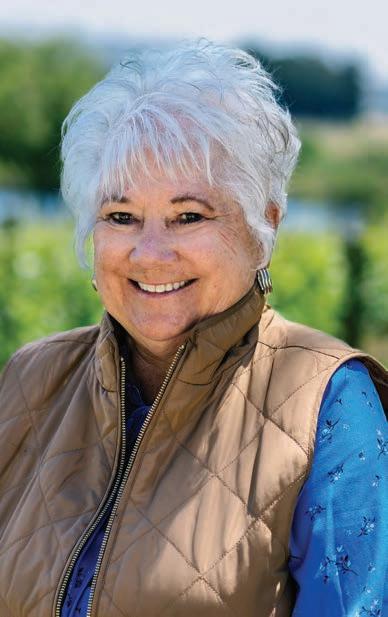
Wineries & Winemaking

Quintessential appointed Kimberly Utterback as its new brand manager. Based in Napa, Utterback will be replacing longtime brand manager Jim Buckley who is set to retire in October 2025. Utterback has a decade worth of experience in the wine industry. She has a Bachelor of Arts degree from Purdue University and got her start working in the Midwest in brand development and sales for a regional producer. In 2019 she moved to Napa Valley to expand her expertise and took on pivotal roles at several iconic Napa wineries.

Kimberly Abrahams was tapped for the winemaker role at Archery Summit Winery in Dundee Hills, Oregon. She has a bachelor's degree from the University of Louisiana and a Certificate in Viticulture from Washington State University. Over the years she’s gained winemaking expertise at notable wineries such as Lingua Franca, Domaine Serene, Robert Sinskey Vineyards, and Delamere. Her guiding principles of growth, balance and connection are ones that she will implement into her winemaking at the winery.

Treasury Wine Estates announced the appointment of Jane Froyd as Chief Legal Officer effective April 1, 2025. She was promoted from the role of Senior Vice President & General Counsel for the Treasury Americas division following an extensive recruitment and selection process. Over the years with Treasury she’s played an important role including helping lead the company through its acquisition of DAOU and Frank Family Vineyards and, among other tasks, maintaining more than 500 licenses. Prior to joining Treasury Froyd was the general counsel for Flynn Restaurant Group. In her new role with Treasury she will continue to be based in California.

LOPAI Cellars based in Paso Robles appointed Shelbi Wilson to general manager. In this role she will lead the new tasting room among other tasks. A Paso Robles native, Wilson has two decades worth of experience in the wine industry. Prior to joining LOPAI she was the general manager of Paso Robles Wine Merchant. She’s also held positions as wine club manager at Jada Vineyard and Winery, operations manager at Brochelle Vineyards, tasting room manager at Halter Ranch and hospitality manager at Niner Wine Estates.

Trinchero Family Wine & Spirits appointed Corey Beck as Chief Operating Officer, effective May 1. In this role, he reports to President and CEO Bob Torkelson, who’s lead the Napa Valley-based company since 2004. Beck is a Calistoga native with three decades of leadership experience in the wine industry. Before joining Trinchero, Beck worked as a senior executive with Delicato Family Wines. Prior to that, he spent 20 years with Francis Ford Coppola Winery.

Beaulieu Vineyard appointed Nate Weis as general manager and senior winemaker. He officially assumed his role on March 31, 2025. Prior to joining the winery, he worked at Silver Oak for just over a decade where he played a major role in leading winemaking and grape growing for The Family of Silver Oak, which includes Twomey, OVID Napa Valley, Timeless Napa Valley and Prince Hill Vineyards. He’s also worked with other notable brands such as Patz & Hall and Antica Napa Valley.




Archer Roose Wines named Brendan Kost as its chief sales officer. In this role, Kost leads sales strategy and is in charge of expanding the sales team nationwide. He also will bolster placements in on- and off-premise accounts. He has 15 years of experience in the distribution and supply sector, starting his career in the beer industry where he worked for Union Beer Distributors. He later worked at Southern Tier Brewing Company before switching to the canned cocktail and hard tea sectors. He holds a journalism degree from Limestone University and an associate’s degree in liberal arts and sciences/ liberal studies from Suffolk County Community College.

Custom sparkling wine producer Rack & Riddle appointed Jeff Tuttle as its new CEO. He takes the reins from co-founders Bruce Lundquist and Rebecca Faust, both of whom remain actively involved in the company as board members and strategic advisors. Tuttle is a graduate of Colorado College and has an MBA from the University of Michigan, Ross School of Business. He has decades of experience in the packaged cuisine and beverage industries. He’s held leadership roles at Miller Brewing, The Pillsbury Company and Bellisio Foods where he led the growth of major brands.


Kimberly Utterback
Kimberly Abrahams
Shelbi Wilson
Jane Froyd
Corey Beck
Nate Weis
Jeff Tuttle




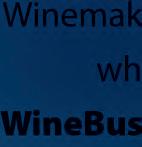

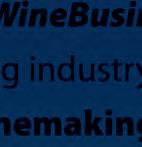

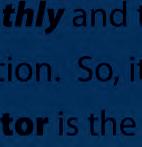
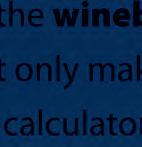
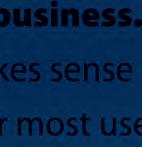
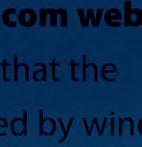
“





Winemakers trust WineBusiness Monthly and the winebusiness.com website, when seeking industry information. So, it only makes sense that the WineBusiness Winemaking Calculator is the calculator most used by wineries. The calculator is free and easy to use.
Over 300 wineries depend on our calculator, including some of the largest and most prestigious.

Skye Bruce
Opolo Wines|Assistant Winemaker
The WineBusiness Winemaking Calculators help simplify my calculations and keep con dence in my numbers. I use some of these calculators weekly and during harvest, almost daily for SO2, copper, fermentation additions, oak additions, and the forti cation calculator for Port!"

Jasmine Cerini Sr. Lab Technician | Trinchero Family Estates I love how user friendly the WineBusiness Winemaking Calculators are. I use the SO2 additions tab frequently for KMBS adds as well as double checking the molecular SO2 to make sure our wine is nice and protected."


Services & Suppliers

Coastal Vineyard Associates named Christopher Lynch as its CFO. Before joining Coastal Vineyard Associates Lynch served as CFO at Walsh Vineyards Management. He was also the vice president of operations for Foley Family Wines and served as controller for Intervine Inc. In his spare time, he lectures at the UC Davis Graduate School of Management and serves on the Board of Directors for the California Association of Winegrape Growers and the Advisory Board of Servico Building Maintenance. In 2019 the North Bay Business Journal honored him with the CFO of the Year award. He is also a certified fraud examiner and has a Bachelor of Science in Business Administration from Cal Poly, San Luis Obispo and an MBA from UC Davis.

Jordan Lonborg joined the team at Coastal Vineyard Care Associates where he will manage organic, biodynamic and regenerative viticulture. In this newly created role—Regenerative Consultant and Manager of Organic, Biodynamic and Regenerative Viticulture— Lonborg will use his expertise in this field to help with the company’s vision of pursuing organic and regenerative farming. He started his career at Monterey Pacific Inc. where he managed around 4,000 vineyard acres. In 2016, he joined Tablas Creek Vineyard where he played an integral role in managing the estate’s 280-acre property. While there he oversaw estate operations, sustainability programs, grower relations and helped oversee the process of becoming ROC certified. He has a degree in fruit science from Cal Poly

Closure solution company Crealis named Enrico Bracesco as its new CEO. He has over 20 years of experience in the industrial sector, specifically in multicultural and international environments. He’s helped lead acceleration projects and strategic transformations, most notably at Cimbali, a coffee-equipment company. In his new role he is based at Crealis’ headquarters in Italy. He will report directly to Crealis’ board of directors.
In Memoriam

Flora Springs winemaker Enrico Bertoz died on March 29 after a hard-fought battle with cancer. Bertoz joined Flora Springs in 2008. He brought many years of experience to the role and a passion for excellence and was also a consulting winemaker for Precision Wine Company. He had a micro-production wine label with his wife Letizia, and a passion for unique and overlooked varietals. He was born in 1974 in Friuli, Italy, moving to California in 1998. He is survived by his wife and two sons. A Gofundme page has been created to support Bertoz’s family. A memorial gathering will be held to celebrate his life.

Sonoma County grape grower Kirk Lokka of Emeritus Vineyards died on Tuesday, March 18, 2025. He was 68. Not only was he a well-known community leader, but over the years he established a career as a well-respected vineyard manager and mentor. He earned a degree in plant science from Fresno State University and briefly went on to work in cotton farming before joining Sonoma-Cutrer as a vineyard foreman. He went on to have a 23-year-long career at Sonoma-Cutrer where he oversaw 1,200 acres of estate vineyards. During this time, he co-founded the Russian River Valley Winegrowers Association and served as its president twice. In 1997, he was recognized as the Sonoma County Agri-Business Person of the Year. In 1999, Lokka partnered with Brice Cutrer Jones to establish Emeritus Vineyards, at which time they acquired the Hallberg Ranch property. In 2007 Lokka led the effort to adopt dry farming at the ranch property. Amid other accolades for his grapegrowing he spent time giving back to the community and was active in 4H clubs and FFA chapters. He is survived by his wife, sons and daughter-in-law.






Enrico Bertoz
Jordan Lonborg
Kirk Lokka
Christopher Lynch
Enrico Bracesco

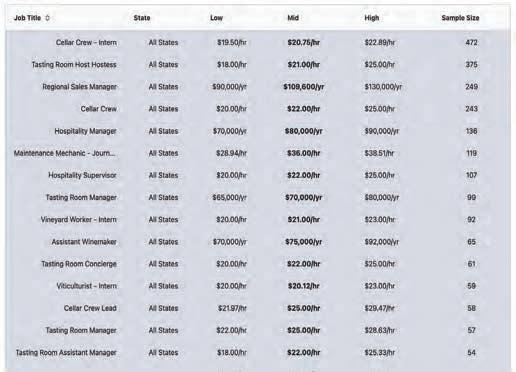




Spoilsport
Jake Lorenzo
“Saul Spoilsport is the guy’s name,” said Chuy. “He’s the greatest ‘influencer’ I’ve encountered. He doesn’t accept followers until they take him out for a drink, and he determines whether they are worth his time. He’s been doing social media for five years and he’s only allowed 14 followers.”
“Doesn’t sound like he’s got much influence if he’s only got 14 followers,’ commented jake Lorenzo, private eye. “What is it about him that you like?.”
“You know me, Jake, I don’t need any ‘influencers’ to tout my restaurants,” Chuy expounds. “The only influence I need is on the plate. If you like it, great and I hope you come back. If you don’t like it, thanks for giving me a try. Saul speaks his mind, and he doesn’t care what people think. He’s not trying to make money at it, and he makes me laugh.”
This detective can always use a new friend. If Chuy Palacios is endorsing this guy, what have I got to lose? So, we set up a meeting. Since I am a private eye, I do my research before we meet. You can’t get into his social media account without a password, but Chuy lends me his.
Saul Spoilsport has well-defined opinions. Citing statistics, one of Saul’s followers reported that the number of people under age 35 who drink wine has dropped 10 percent. Almost half of those people who drink say they are drinking less than they used to, and fewer than four in 10 drinks regularly. Saul’s response, “To hell with them. It’s just more for us.”
Another follower asked for his views on natural wines. Saul sermonized that the first duty of any wine was to taste good. “There are plenty of manufactured wines that are well made, but uninteresting. Too many natural wines might be interesting but taste like crap. How am I supposed to trust a winemaker who can make his wine better, but won’t because of his 0/0 philosophy?”
Don’t even get Saul started on non-alcoholic and low alcohol wines. “If it doesn’t have alcohol, then it isn’t wine. Wine is fermented grapes. That means it has alcohol and gets you high. That’s what’s made wine so popular for centuries.”
Commenting on California wineries lamenting about the drop off in visitors to their tasting rooms, the Spoilsport rants, “They charge a fortune to taste their wines, turn what should be a convivial group tasting into a chic, lavish personalized “experience,” and then have the temerity to ask why people have stopped coming? They brought it upon themselves.”
One fine spring day, Chuy and I drove up to Geyserville to have lunch with Saul Spoilsport. Rain had left the vineyards verdant and yellow mustard frolicked between the rows of grapes. Somehow, Geyserville retains its old Sonoma vibe despite sitting in the heart of Sonoma County just off Highway 101. Only a few blocks long, the main street offers several agreeable restaurants and Saul had selected Cavatelli’s. Cavatelli’s has excellent Italian food prepared by a brother/sister combo descended from the original owners who started the restaurant in 1936.
Saul selected the restaurant because, “The food is really good, not expensive, and their corkage is $20.” We spent a great afternoon together. We shared Meatball Sliders, Triple Cream Burrata and Prosciutto, and Basil Caesar Salad with Boquerones. It all went beautifully with the Navarro Gewurztraminer I

brought. Saul placed a delicious Idlewild Nebbiolo on the table to have with the Homemade Meat Ravioli and a dish called Michael’s Pasta that featured a spicy house-made sausage. As much as we wanted to try their famous 10 Layer Lasagna, we couldn’t eat another bite. By the time we left Cavatelli’s we were friends who had just finished a delightful meal with two bottles of wine for less than $50 per person.
The food was delicious, but the conversation was even better. Saul regaled us about the time he went into an expensive Wine Country restaurant, bought a bottle of wine from their list, and then gave them a tongue lashing when they tried to charge $35 corkage for the bottle he brought with him. “I pointed out that they had already made a very reasonable profit on the bottle I had purchased. I reached into my bag and grabbed a corkscrew telling them I wouldn’t need them to open the bottle. Next, I set up two nice wine glasses, informing them I would not dirty any of their glassware. I even brought a trivet, and placed my bottle on it, pointing out that I hadn’t dirtied their tablecloth. I admonished they simply had no viable reason for charging me any corkage at all.”
Jake Lorenzo doubted Saul got out of paying for that corkage, but I had to admire the planning and thought that went into his argument. Listening to Saul, this detective recognized enough sarcastic, opinionated tirades to classify him as a true curmudgeon, but I like curmudgeons, especially when they are funny. Give me an irritating, obnoxious spoilsport with a good heart over affable people lying about what they think just to get you like them.
This detective thinks one of the big problems with social media is all the people trying to make a good impression. These people aren’t influencers, they’re pleasers. They develop a façade to bring people to their sites. Everything is positive and enthusiastic, because they are trying not to scare off potential followers, and the money is in the followers. It is dishonest. Jake Lorenzo much prefers people who reveal their true selves, warts and all, followers be damned. That’s why you have to love Saul Spoilsport.
This has been going on in the wine business for decades. Get a good score on one of your wines and the phone is ringing off the hook with salespeople from that publication offering to print your label next to the review for a price. Take out an ad, and they’ll promise to review more of your wines. Small grocery chains would love to floor stack your wine depending on the amount of “free goods” that are part of the deal. Your distributor will certainly pour your wines at their annual tasting for wine buyers, but you’ll have to purchase a table, send in winery reps, and provide free wine for the tasting. It was blackmail, but it was out in the open and we knew what we were getting into.
I long for the days when wine tastings were the primary marketing tool for wineries, not curated experiences. Visit the winery. Taste the wines. Buy a few bottles and take them home to share with your friends. That was true word of mouth and drove wine sales for years. We should consider getting back to that.WBM
Guillaume Fabre, vigneron, Clos Solène, Paso Robles, CA
“I appreciate WineBusiness Monthly for relevant and interesting industry trends and insights. I also appreciate the balanced focus—the outlooks and trends articles in the most recent editions showed a more measured light on some of the headlines we’ve been seeing about the wine industry lately.”
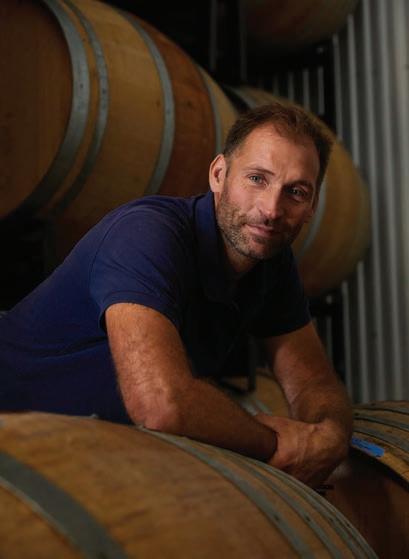
WINERY NAME AND LOCATION: Clos Solène is a family-owned winery in Paso Robles, Calif., in the heart of the Willow Creek AVA. Showcasing his deep roots in the Languedoc and Bordeaux, sixth-generation winemaker Guillaume Fabre makes elegant, French-inspired wines that blend California-grown Rhône varietals with Old World winemaking techniques.
ANNUAL CASE PRODUCTION: 5,000 cases
PLANTED ACRES: 28 acres, 15 planted
CAREER BACKGROUND: I was born into winemaking on my family’s property in Languedoc-Roussillon, growing up among the vines. I made it official by earning a degree in oenology and viticulture in Carcassonne. Around this time my parents sold their property and moved to Bordeaux, so I stayed behind to work in my hometown. I lived for a short time in Bordeaux to help my father in his new adventure before deciding to leave for the New World




in early 2000, moving to Paso Robles to learn English and work for Frenchowned winery L’Aventure.
In 2007, I started my own brand called Clos Solène, named after my wife and muse, Solène. Since then, we have acquired our own 28-acre estate and grew from 25 to 5,000 cases. We recently broke ground on a 19,000-square foot cellar and hospitality facility.
WHAT HAS BEEN YOUR BIGGEST PROFESSIONAL CHALLENGE? My biggest challenge was reassessing everything I knew about being a vigneron when I moved to California. From wine growing, to winemaking, to marketing the wine, everything is different.
VARIETALS THAT YOUR WINERY IS KNOWN FOR: Traditional Rhône varietals like Roussanne, Grenache, Syrah, Mourvèdre, White Roussanne, Viognier, and Grenache Blanc alongside some varietals like Cabernet Sauvignon that we use in cuvées.


